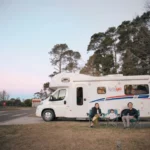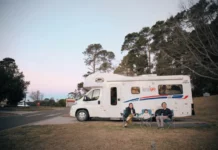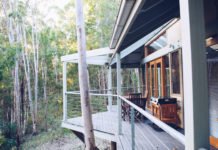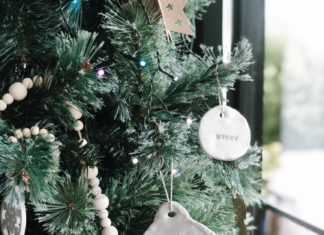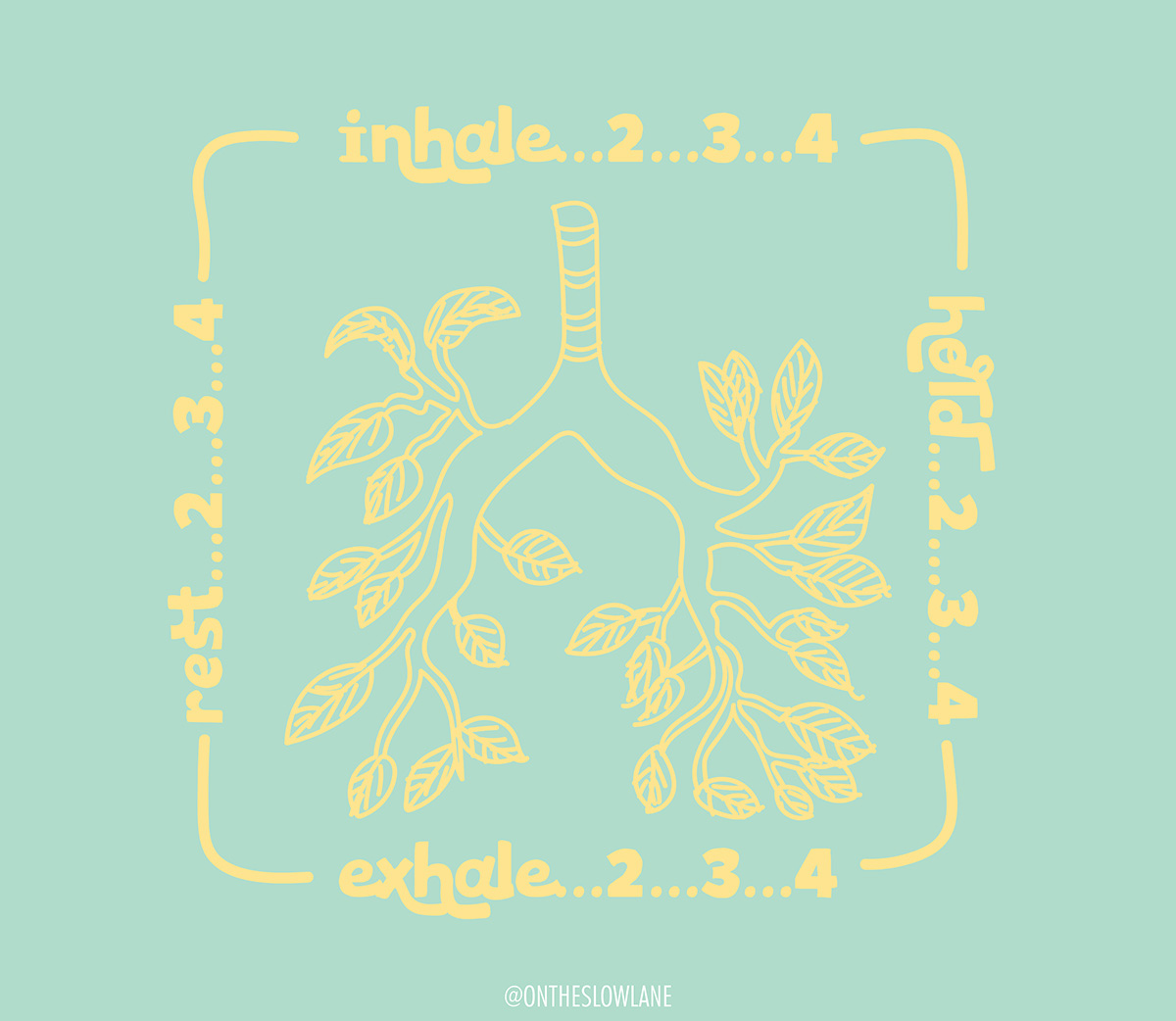Central NSW is largely unchartered territory for me — I’ve always heard about The Riverina region being the food bowl of Australia but to really see it, meet the people, hear the stories, and taste it, was an unforgettable experience.
One of the best times to visit, is during Taste Riverina, a month long festival during October with over 100 events held across the Riverina region.
After a short flight from Sydney to Wagga Wagga, our first stop was Mates Gully Farm (farm tour with morning tea and pickling demonstration: $40 families, $20 adults), a family owned and operated business situated in the heart of Wagga Wagga. As we toured the farm, we learnt about their organic permaculture principles. Everything that co-owner Paul Nolte explained just made sense; the science and logic behind sustainability made it sound so obvious, and yet the concept is so consistently ignored.
We strolled past baby fennel bulbs bursting from the ground, tender young celery plants, patches of oversized pencil leeks and we plucked out heirloom carrots that would go straight into our breakfast.
We’re told that chooks create moon craters when they’re distressed but here, they’re some of the happiest chooks I’ve ever seen. We collected fresh eggs for breakfast as well.
In the distance, Paul pointed out a lush green field where 100 dorper sheep were grazing. With the help of a nearby abattoir, they actually make their own lamb sausages with their organic grown herbs, namely sage and rosemary. It was a little strange to comprehend just how local and fresh our breakfast was!
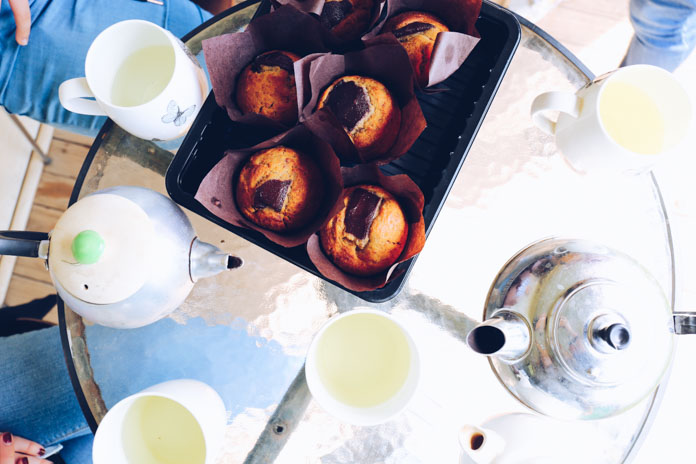
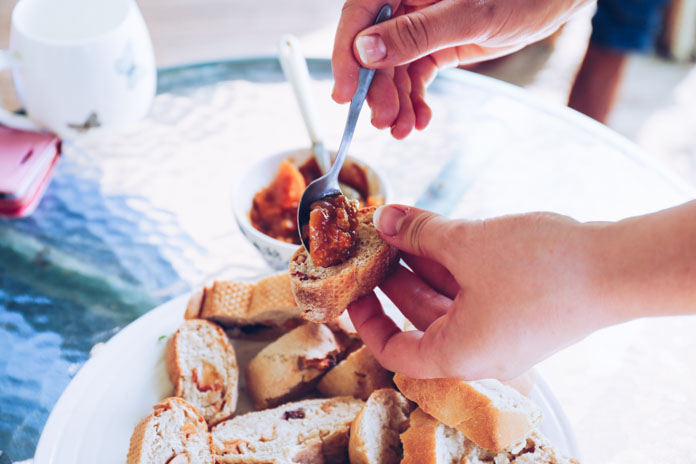
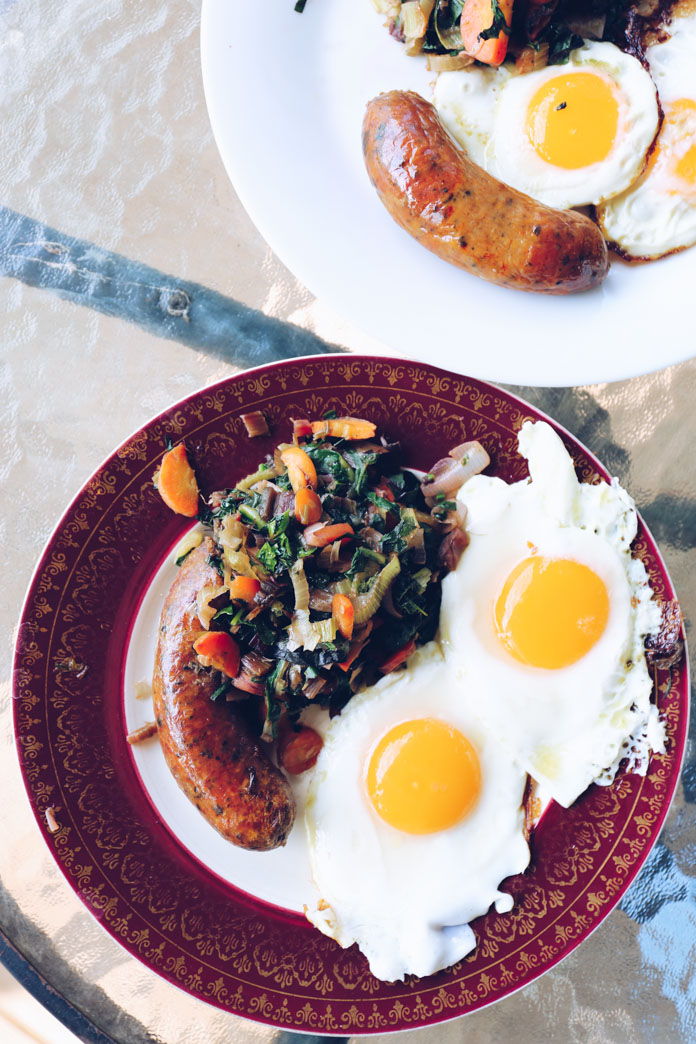
The farm also produces some of the sweetest peaches because peaches get bruised in transportation and when stored for too long, they simply don’t taste the same. “Nothing tastes as good as peaches, granny smith apples or figs straight off the tree” says Paul proudly beaming over the vastness of the 500-tree orchard.
Some of the peaches that make it past their prime state get turned into a peach chutney which we enjoyed with a freshly baked damper-like loaf. I’m completely envious of the wall of homemade chutney and their access to the produce grown on this abundant farm. Much of this gets served at their cafe in town (38 Morrow Street, Wagga Wagga NSW), one of the great perks of being a local in The Riverina.
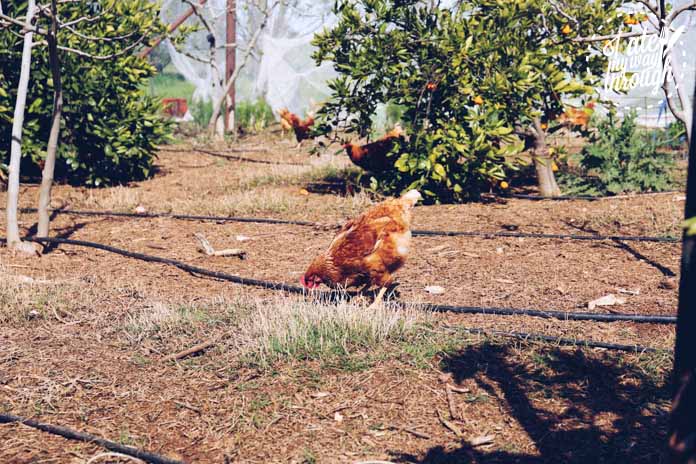
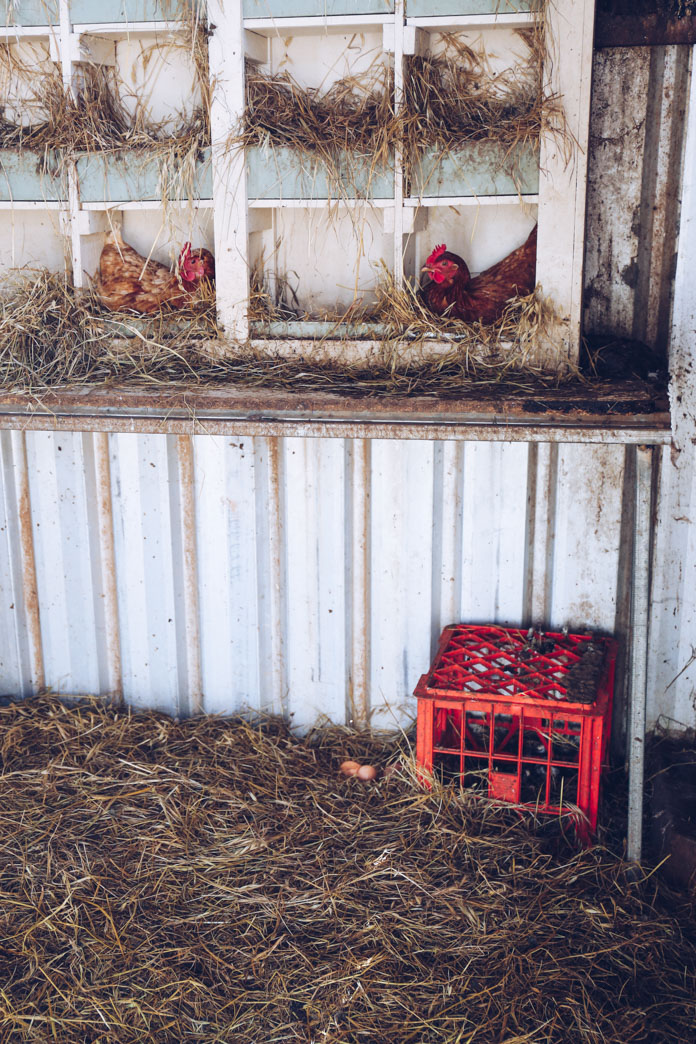

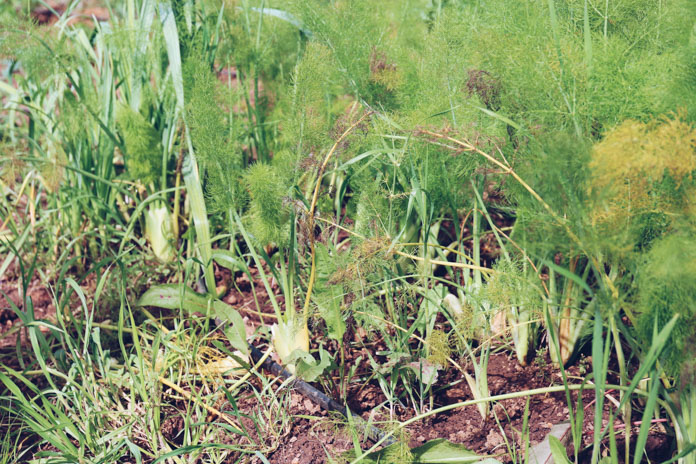

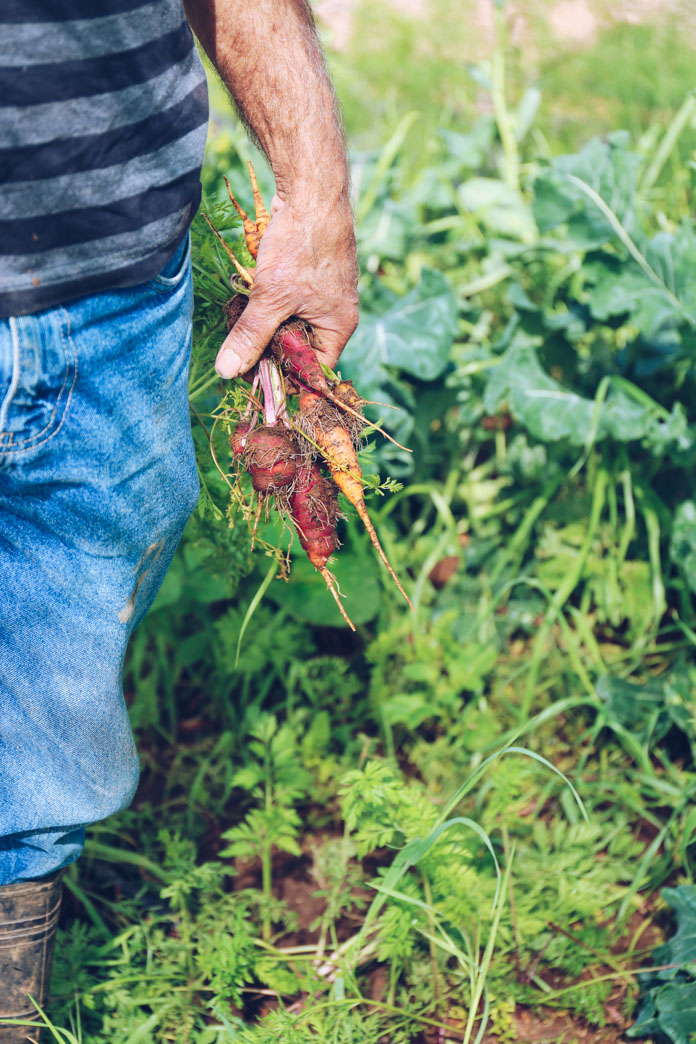
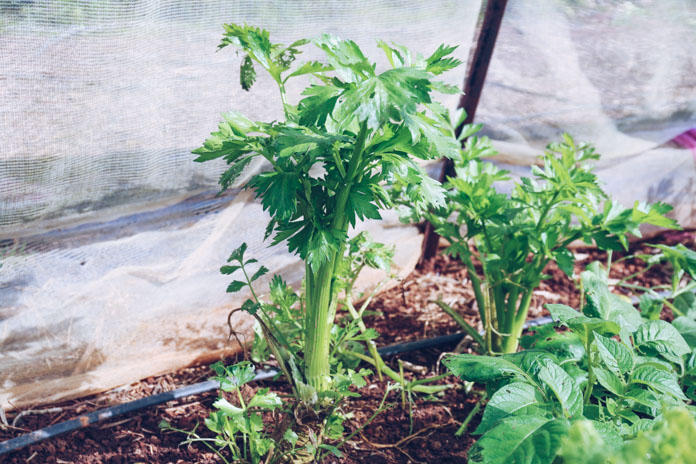
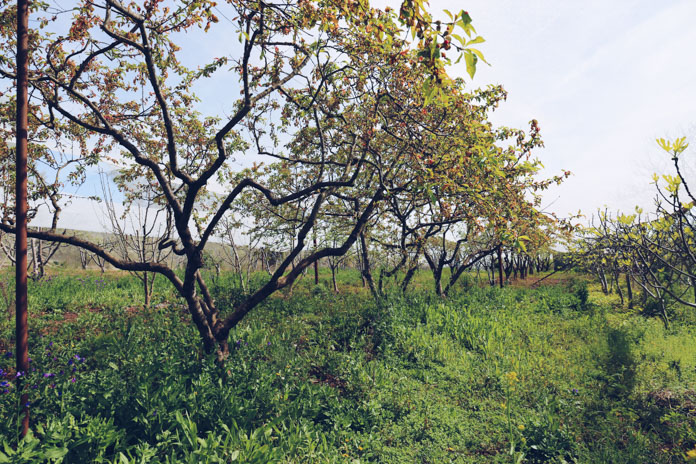
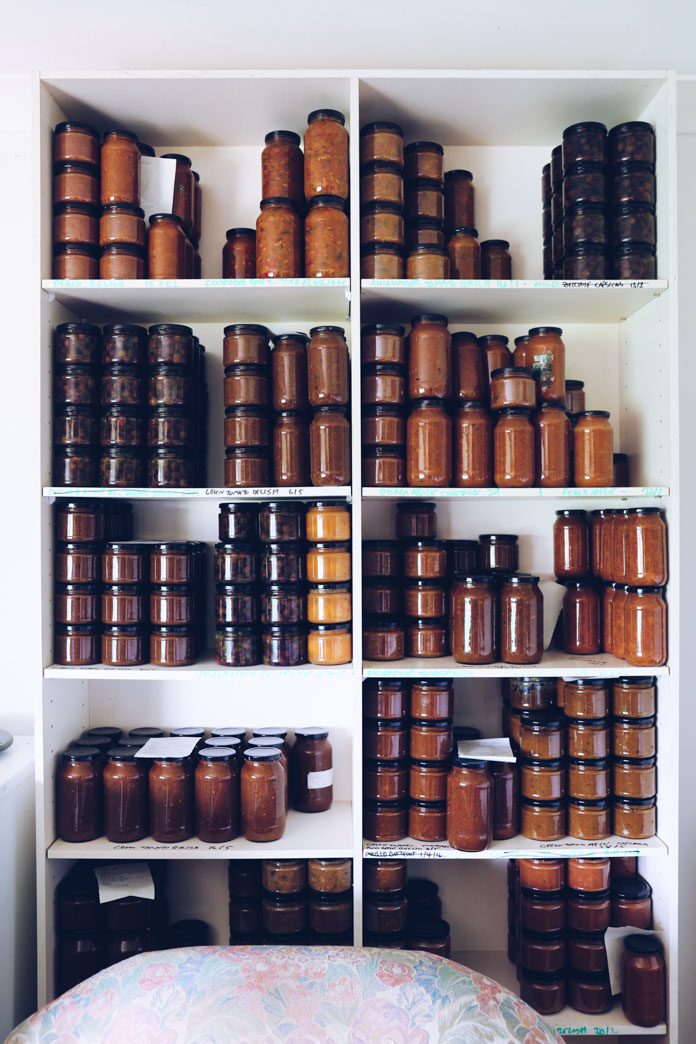
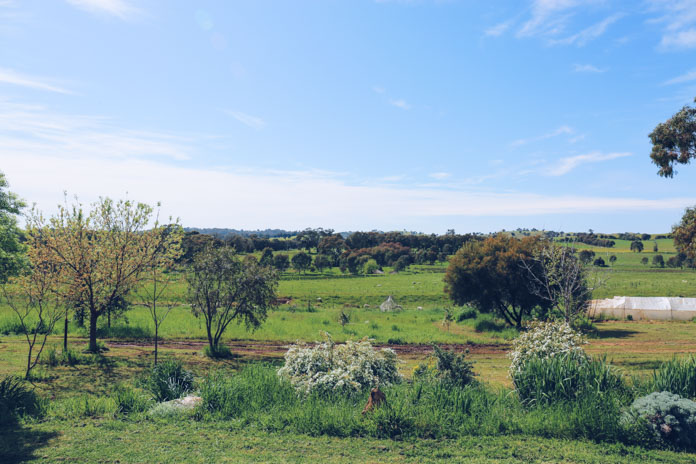
Shortly after, we were whisked off to the Bundyi Cultural Tour, an Aboriginal cultural tour ($69 per person) led by proud Wiradjuri man, Mark Saddler. The Wiradjuri people occupied a large part of central NSW and ‘Bundyi’ is a Wiradjuri word which means ‘share’ — Mark does not hold back from sharing his connection with the Wiradjuri garray (land) and mayiny (people).
Mark explained, “we don’t own the land, we belong to it”. We need to listen, to read the land and animals around us. While driving us towards The Rock Nature Reserve – Kengal Aboriginal Place, Mark gave us a clearer idea of the messages of this obscure land. Long before the severe flooding in the Riverina, the Wiradjuri people knew that flooding was approaching because there were echidnas being run over on the road; they were chasing the ants who were moving to higher ground in anticipation of the flood.
As we continued to travel through the countryside, inspired by what he saw, Mark taught us the Wiradjuri language, their totems, plants, tools and the impressive nature of obtaining bush tucker and native medicines. “Bottlebrushes are important here” he said, as he introduced us to the sweet energy burst from the bottlebrush honey. He picked a deep rosey pink bottlebrush and held it in his palms until the honey melted.
When we saw peppercorn trees, Mark noted they were always planted 5-10 miles from the centre of town because back then, like the Wiradjuri people, the Chinese weren’t allowed to camp in the main town centre.
Trees were used in many ways but they were seldom cut down. Bark was carefully wedged out of a tree for use as coolamons, shields, canoes or for shelter. Mark emphasised that this was always done in a way which would enable the tree to survive so it wouldn’t have an impact on the environment.
There is a lot to learn from Mark and the Wiradjuri people, particularly their practice of living in harmony with the environment. The Bundyi Cultural Tours are normally a full day experience and although our ‘media sampler’ version was less than half the standard duration, we all stepped off the bus feeling a little more connected to the land, and extremely grateful there are people like Mark keeping the tradition alive.
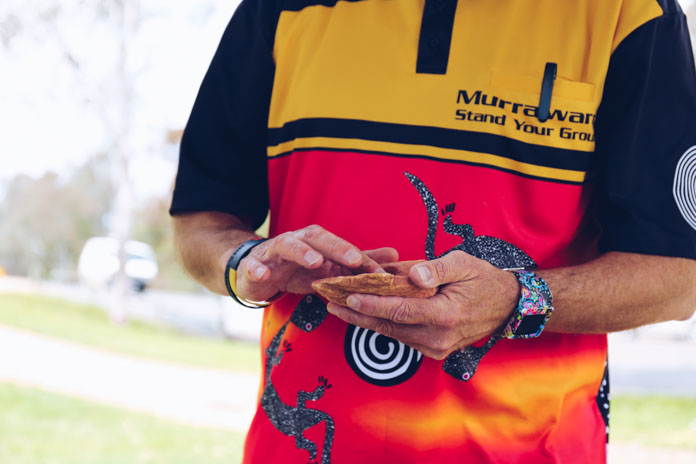
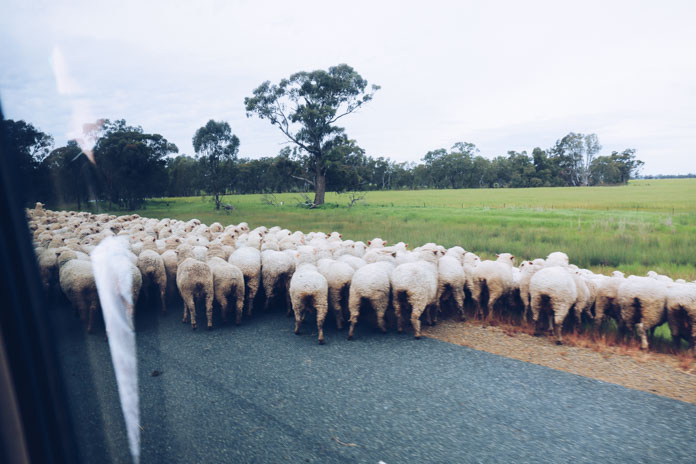

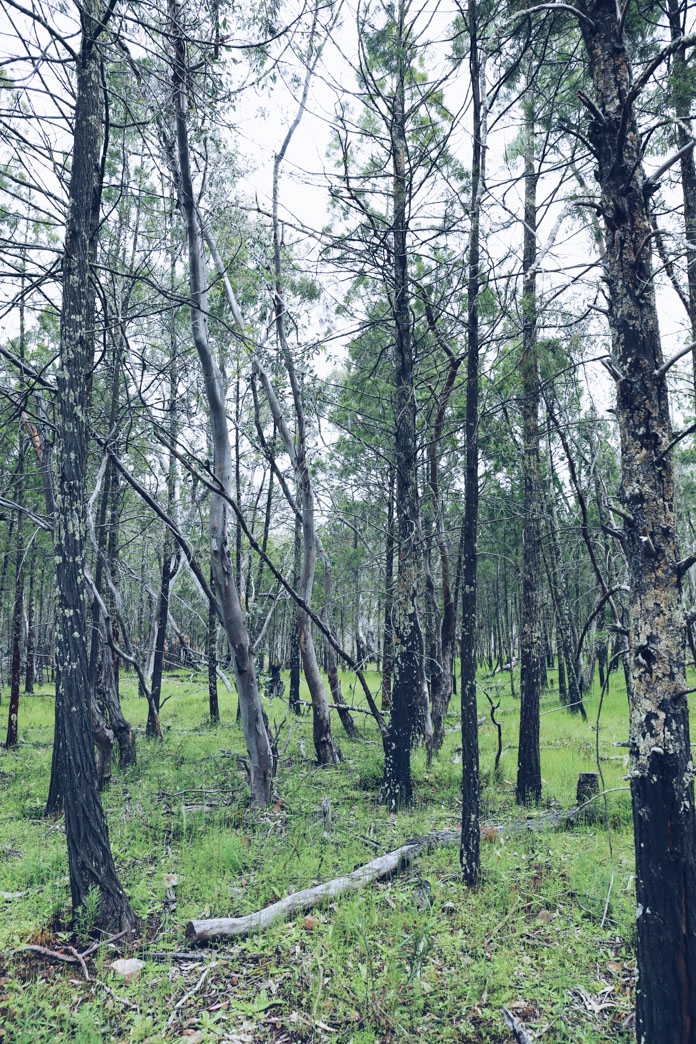
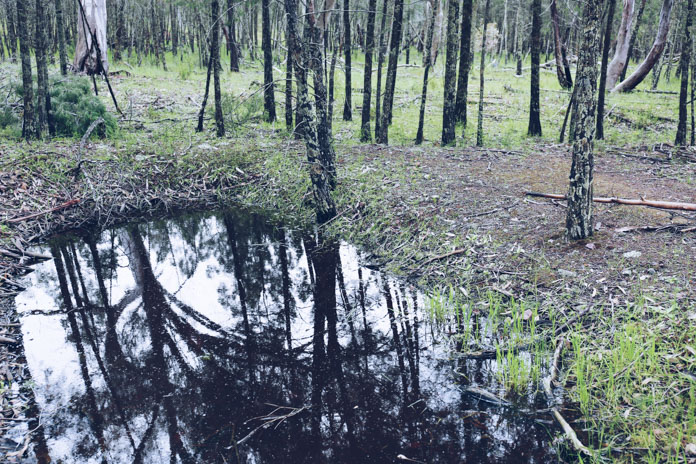
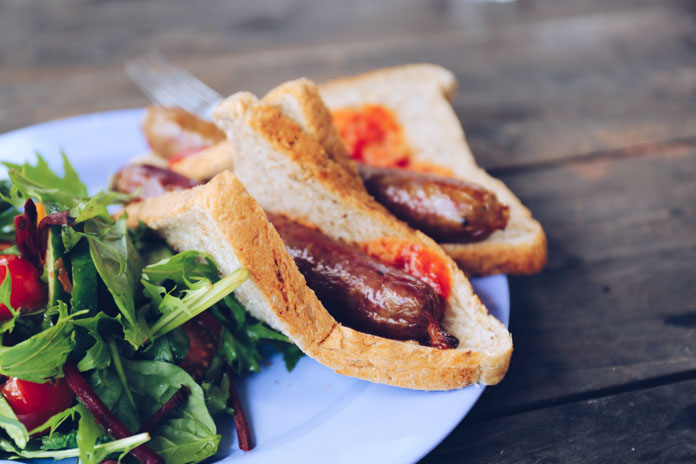

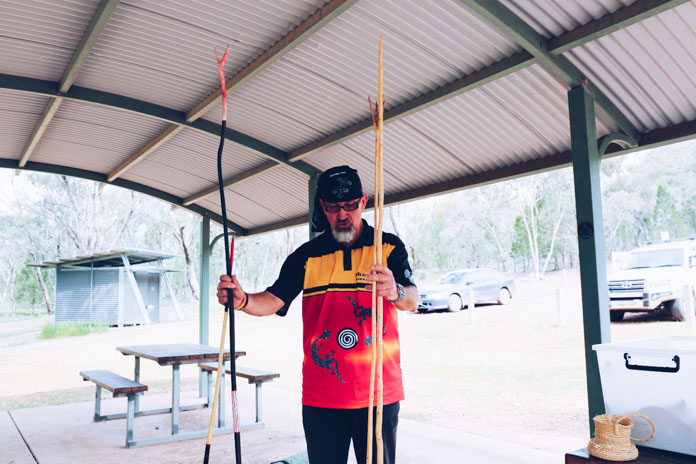
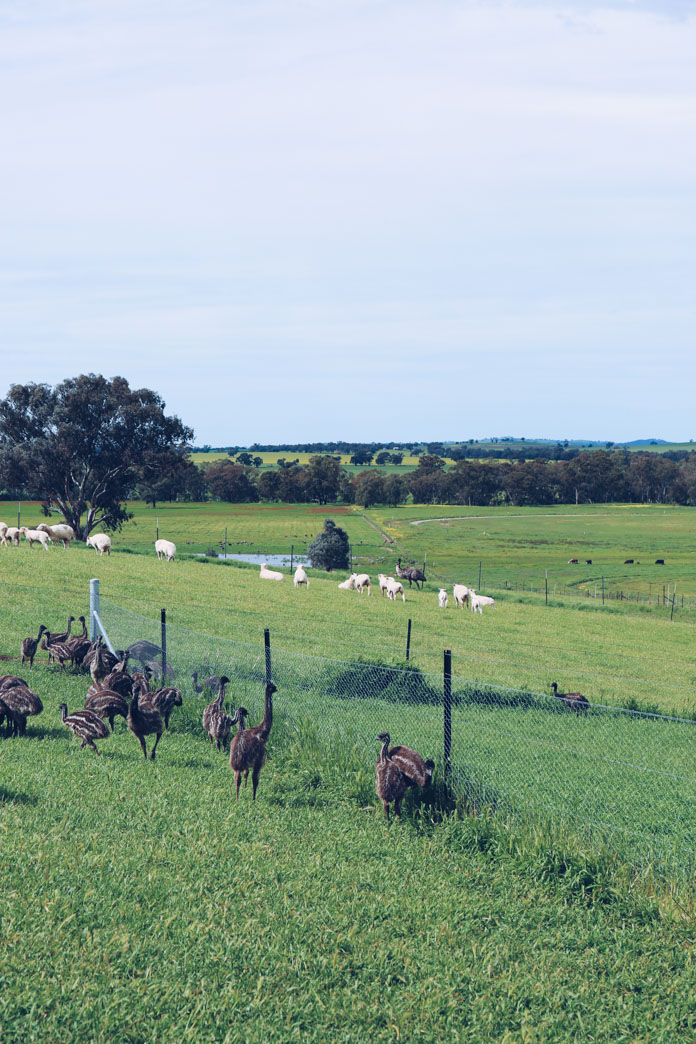
With no time wasted, we returned to Wagga Wagga town centre and toured the Wagga Art Gallery, home of the National Art Glass Collection, a world-class collection of contemporary art glass.
From art gallery to meat gallery, we moved onto Knights Meats & Deli (187 Fitzmaurice Street Wagga Wagga NSW) who run some of Taste Riverina’s most popular sell-out events!
Established in 1974, James and Deanna McNaughton purchased Knights Meats & Deli in 2009 from the original founders. The dynamic duo have since expanded the operations and even took over the dry cleaners next door to expand the deli! Now like three businesses in one, they’re a butcher, a smokehouse and a gourmet deli. For meat lovers, this really is paradise.
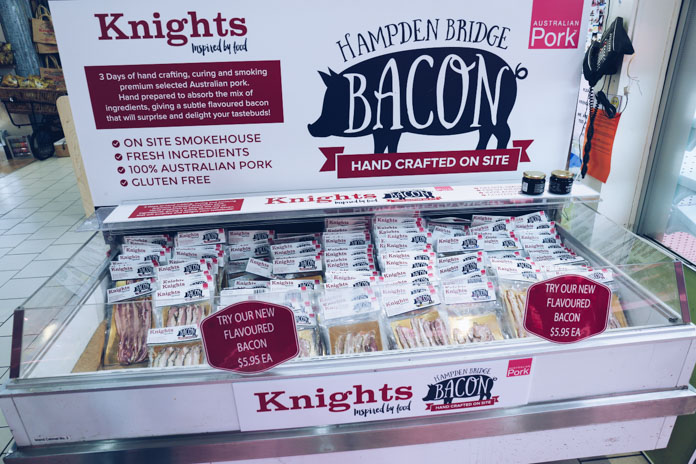
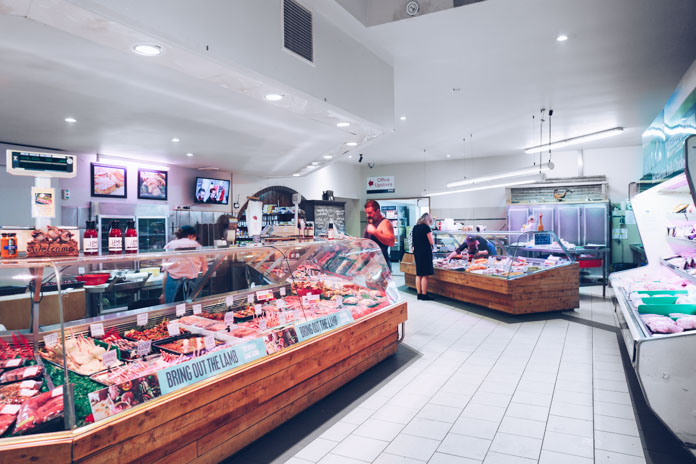
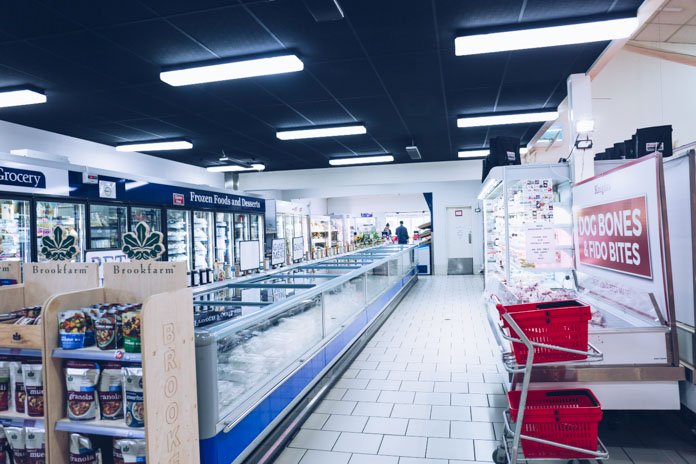

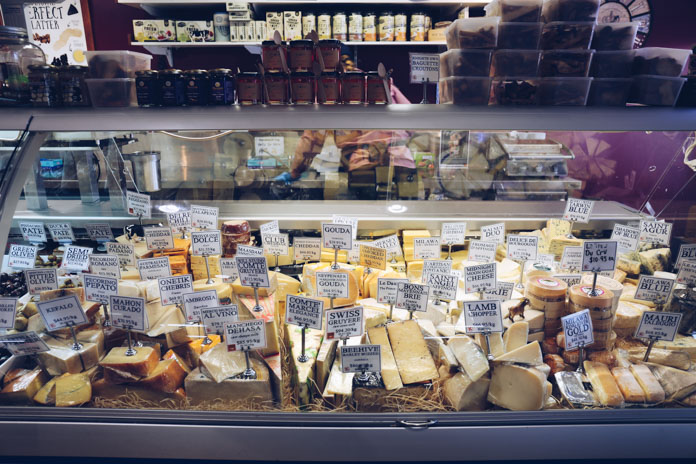
According to Deanna, the state of butchery is looking gloom with supermarkets moving their butchery operations to abattoirs where the artisan skills of breaking down a whole animal is being lost to assembly line workflow. Deanna who comes from a farming background is determined to bring back the art of butchery whilst celebrating local produce.
Joining her on this pursuit is chef Tim Mabey, a classically French trained chef who used to cook for the Queen and the Royal Family. With Tim’s fine dining background, the canape concept for their now-famous 12 course bacon degustation ($99 per person) was born.
From savoury to sweet, we gleefully sampled some of the dishes from last year’s menu (at the time of our visit, they hadn’t yet revealed this year’s menu). Each dish was designed to hero the bacon, some with a greater intensity and variety than others. A more peculiar combination was the banana and bacon millie-feuille with pumpkin creme which surprisingly worked. With characteristics of an American pumpkin-pie, the addition of candied bacon and banana was a sublime salty-sweet dance on the palate.
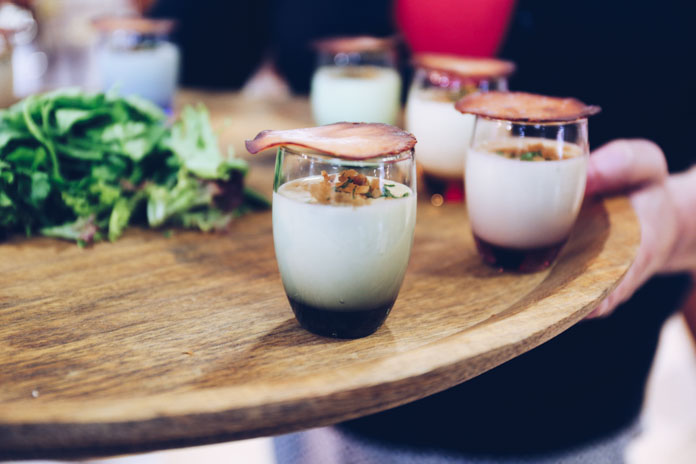

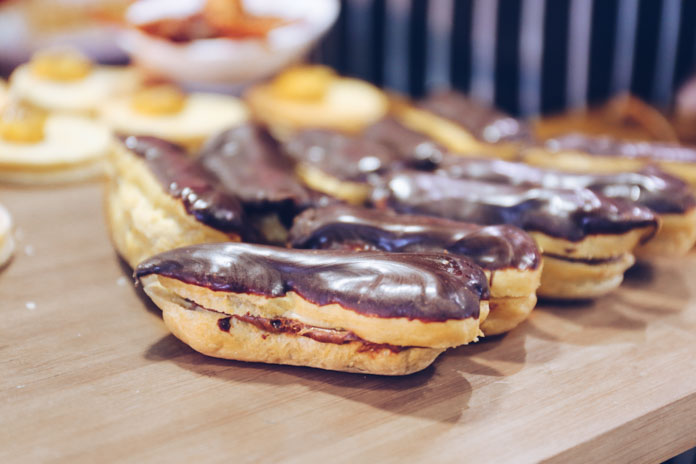
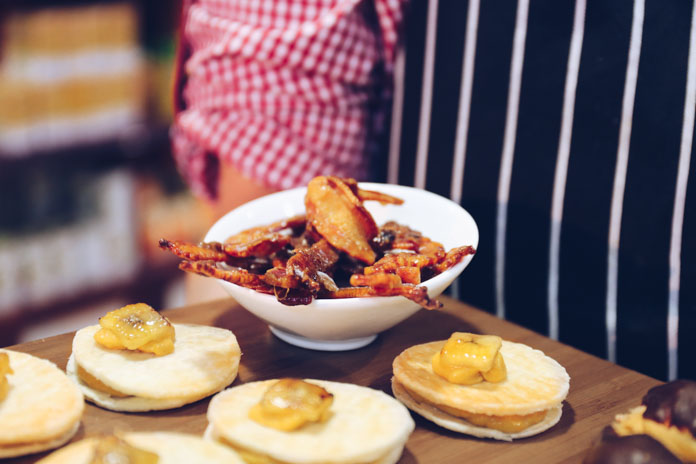
A new hands-on event Knights Meats & Deli have added this year is a Basic Butchery & Knife Sharpening Class ($130 per person) run by team leader in sales and quality David Dunbar, and it was an instant sell-out success. David laughed at himself when he showed us a little knife sharpening device he had invented to help reduce RSI. “It’s because I’m lazy. I want to do things in the easiest manner” he said, demonstrating how the device could give him a precise 17° angle effortlessly. While his device isn’t on sale, attendees of the Basic Butchery & Knife Sharpening Class would be taking away his years of knowledge.
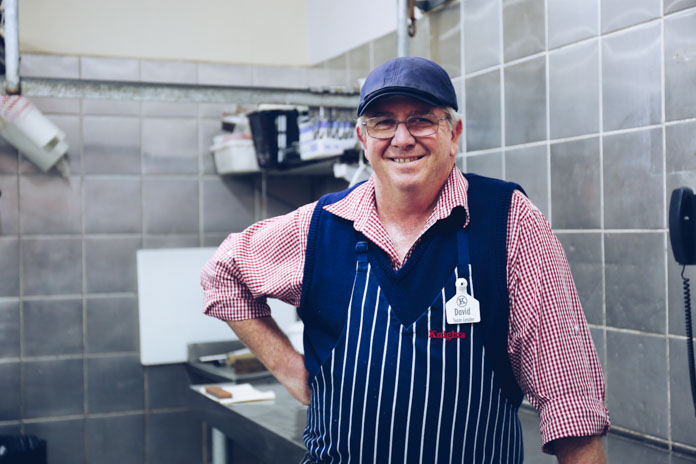
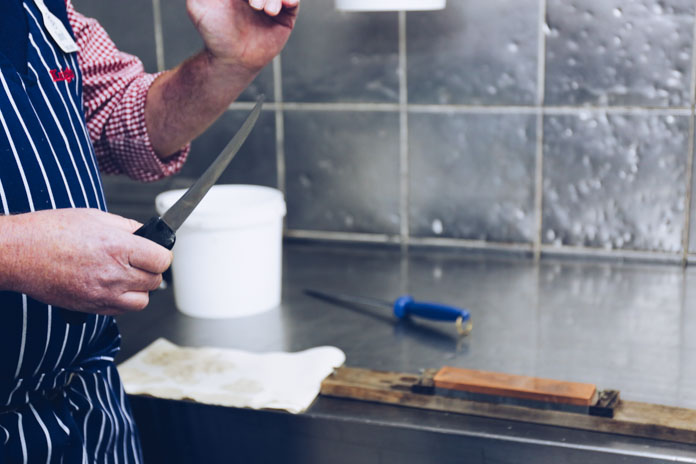
We ended our first night at Cork & Fork Fest, a monthly (held weekly during the month of Taste Riverina) food & wine festival hosted by Borambola Wines which sees the entire community out drinking, eating and dancing to live music. The festival was meant to be held at Wagga Beach but due to recent flooding, it was seamlessly relocated to Civic Theatre Precinct. As a first-timer, the change was barely noticeable, everyone seemed to embrace the new location; savvy locals brought milk crates, picnic rugs and camping chairs, sprawling across the river bank. The relocation had been choreographed with precision, the positioning of the lighting, live band and pop-up food stalls and bar truly brought the space to life. I could suddenly see the appeal of living in the countryside. There was a prodigious energy here and the sheer abundance of local wineries, breweries and producers made The Riverina greatly attractive.
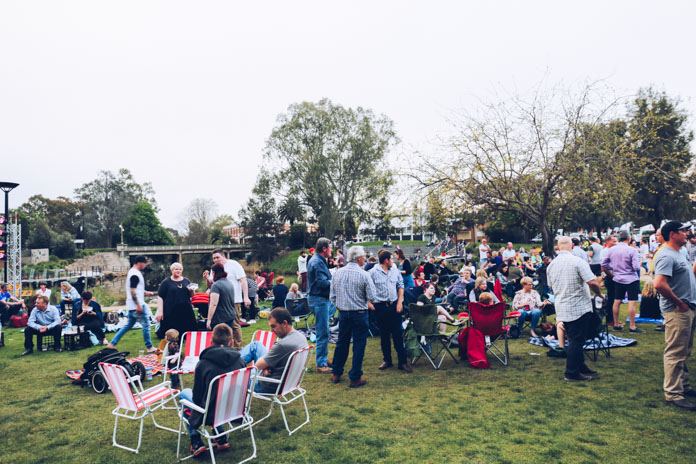
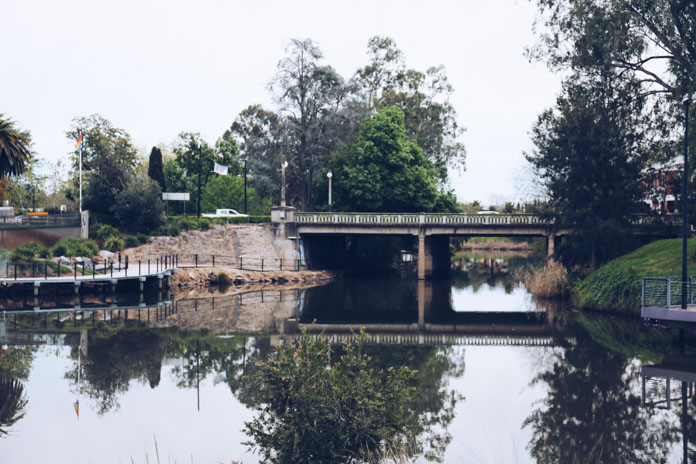


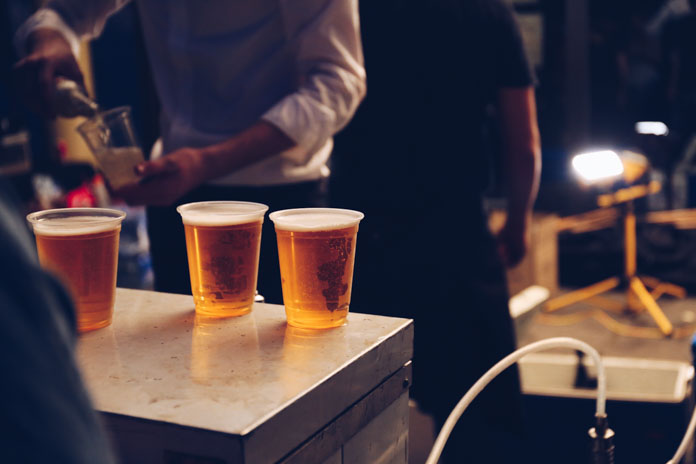


After a rejuvenating night’s rest at Bolton On The Park (59-63 Tarcutta Street, Wagga Wagga NSW, boltononthepark.com.au), we awoke to the invigorating perfume of good coffee at Trail Street Coffee Shop (34 Trail Street, Wagga Wagga NSW).
The scene at Trail Street wasn’t uncommon to that of Sydney. Lining the front of the cafe were dozens of road bikes and a herd of lycra-clad cyclists. Even inside the cafe, there was a wall of branded cyclist shirts alongside coffee wares. It was as much a cyclists’ turf as a Sydney hipster’s cafe — little ceramic vases of orchids, proteas, jasmine and other native blooms decorated each table. Along the back wall, a custom-illustrated black and white mural of a map of Wagga Wagga beckoned to be Instagrammed.
I was delighted to discover Bonsoy was available. I normally opt for an espresso as a safe option when travelling to regional areas or overseas but it was a relief to sip on a smooth velvety soy cappuccino.
My avocado smash ($16) topped with generous slathers of smoked salmon, avocado, cream cheese and feta was another reminder of my usual weekend brunch ritual in Sydney.
When did cafes in regional NSW catch-up? I was now beginning to imagine myself having tea on the lawn of one of those white picket-fence homes with a perfectly manicured garden. I could drive through the vivid green landscape with the sun on my back and the open road before me. I could stop anywhere to pick-up farm-fresh produce or when I fancied a taste of the big city, I could return to Trail Street for a very decent coffee. Could this city girl be falling for the countryside charms of The Riverina?
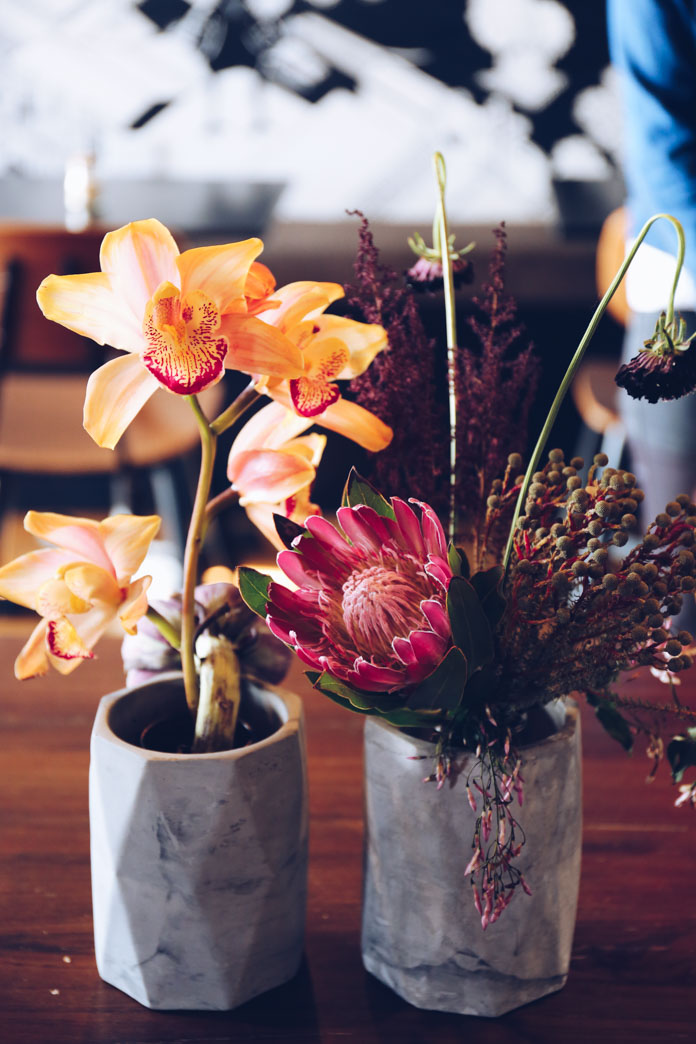
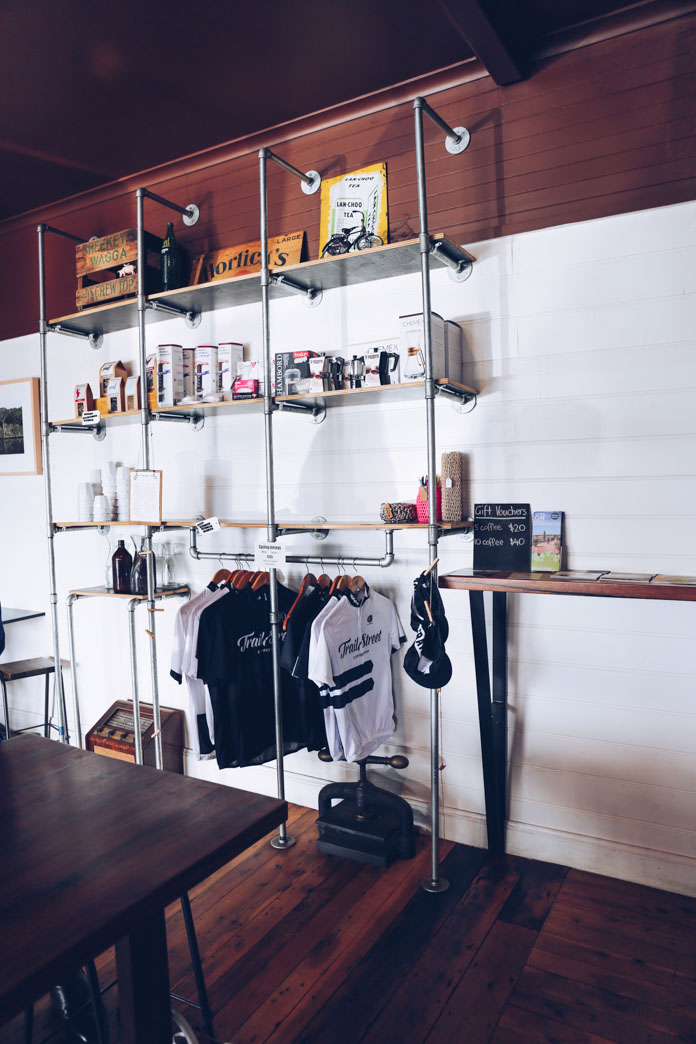
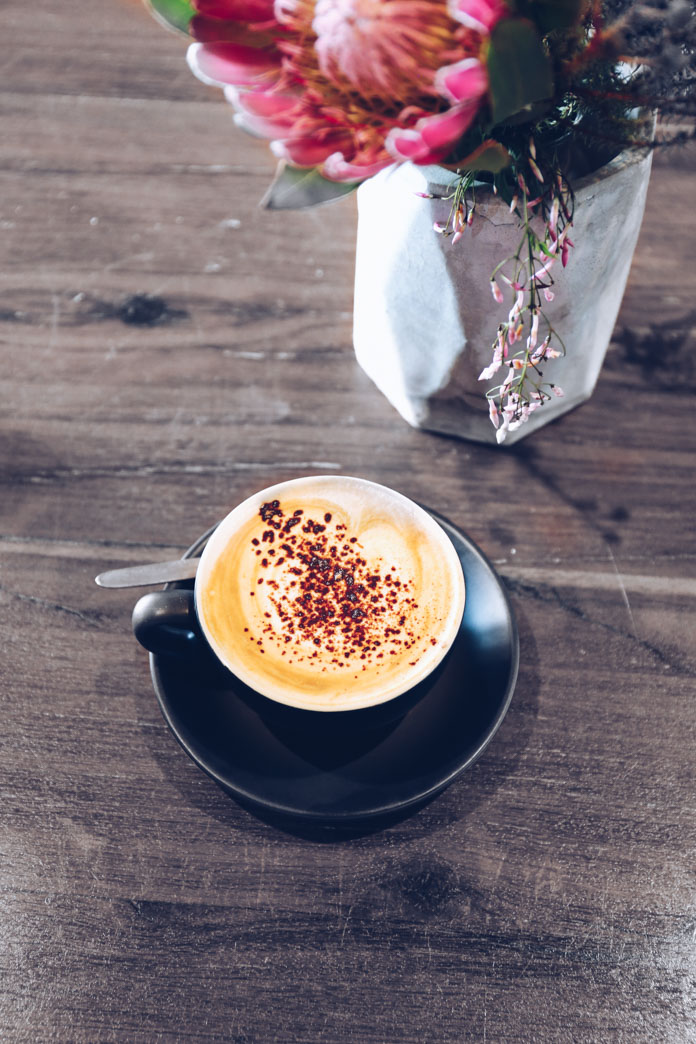
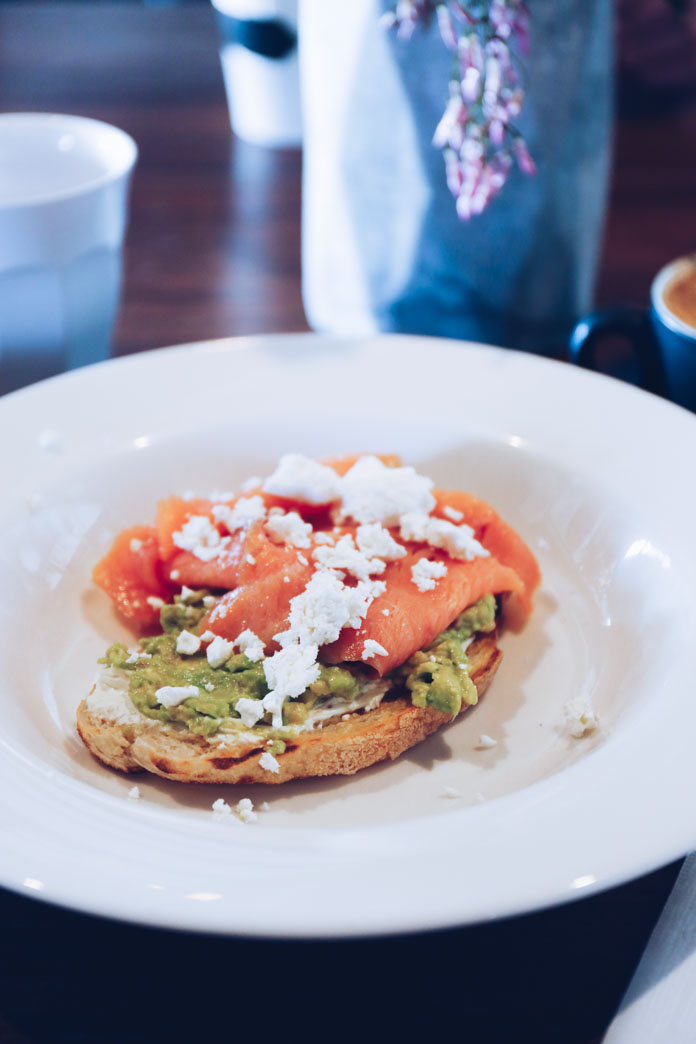
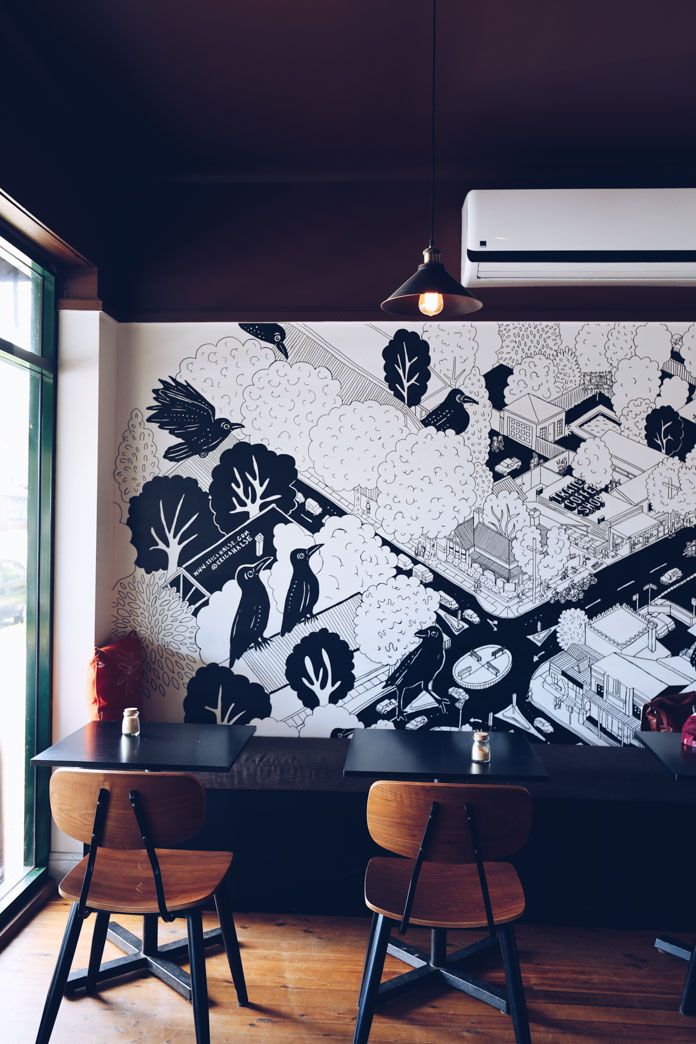
As I was fantasising about my dream country-life, I’d seemingly stepped into Tania’s. Tania Sibrey is the brainchild behind Food I Am, a cooking school located on the edge of Wagga Wagga at its highest point. In addition to flying in world-renowned chefs to teach themed cooking classes, the specially designed space also caters for corporate team building and more recently, weddings. You’d think that with such an incredible kitchen at your fingertips, you’d just live here, well, “I do” said Tania, “I live next door!”. With the recent heavy rainwall, Tania said Wagga Wagga has never looked so green. As I gazed into the endless fields of lush green cultivable land, it was hard to imagine the dry dusty pastures of the drought that the locals remember all too clearly.
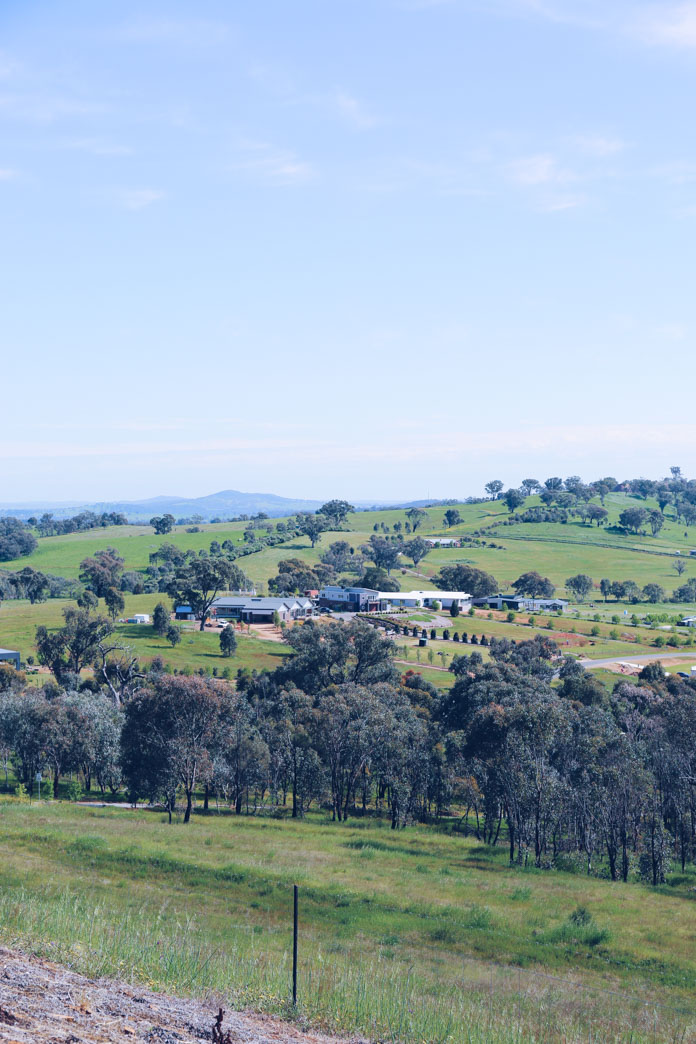
While the picturesque scenery outside Food I Am transported us to the windy roads of an Italian countryside, there was a buzz of activity inside, led by Annette Fear, head chef at Queensland restaurant Spirit House. Annette has travelled in South East Asia extensively for over twenty years and with 5 Asian cookbooks under her belt, our Asian Barbecue Class ($179 per person) seemed to merge her deep understanding of Asian flavours with the quintessential Aussie summer BBQ.
Our class gathered around the spotless stainless steel benches and with tasks delegated to groups of 3-4, it became apparent who the serious cooks were. I naturally avoided the task of slicing the bread rolls in favour of peeling and slicing shallots for a smokey garlic chilli sauce which would be combined with garlic, red chillies, crushed tomatoes, rice vinegar, sugar, salt and paprika, then tossed with barbecued chicken wings and garnished with toasted sesame seeds and spring onion. We cut capsicums, chillies and onion for a chilli jam, sweetened with dark palm sugar and balanced with fish sauce. The chilli jam was scooped onto pork belly sliders and topped with an Asian style slaw that was dressed with a lime mayonnaise which we made from scratch.
As the Chinese master stock was brought back to the boil from a batch Annette had previously made, a comforting scent of Shaoxing wine, rock sugar, soy sauce, tangerine peel, ginger, garlic, cassia bark and star anise filled the room. Back outside, three barbecues were fired up. Beef short ribs were finished on the grill until the ribs were sticky and slightly charred; lamb cutlets which were marinating in a sauce of fermented red beancurd, chilli bean sauce, sesame oil, soy sauce, Shaoxing wine and white sugar were also chargrilled until medium rare. A pescetarian, to the envy of all of us, enjoyed her own little barbecue of prawns and a salmon fillet.
When it was time to serve, Annette helped us put the restaurant-quality touches to each plate, ensuring the edges of plates were wiped clean, and each dish, complemented with the correct garnishes. The spread was a magnificent feast for the eyes, we swooped in like seagulls, ravenously sampling all of the dishes we had just cooked up.
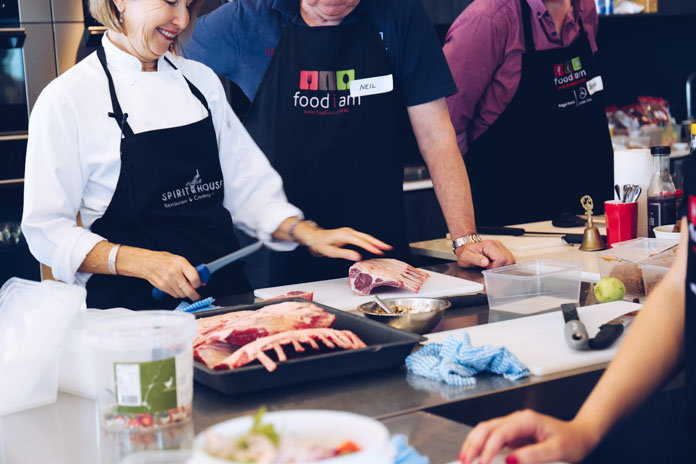
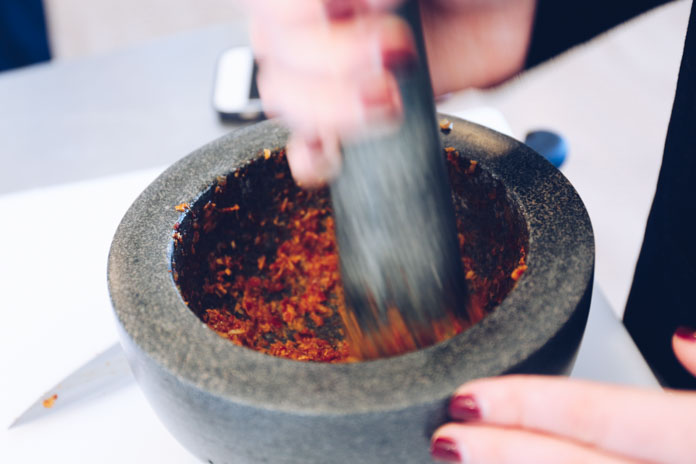
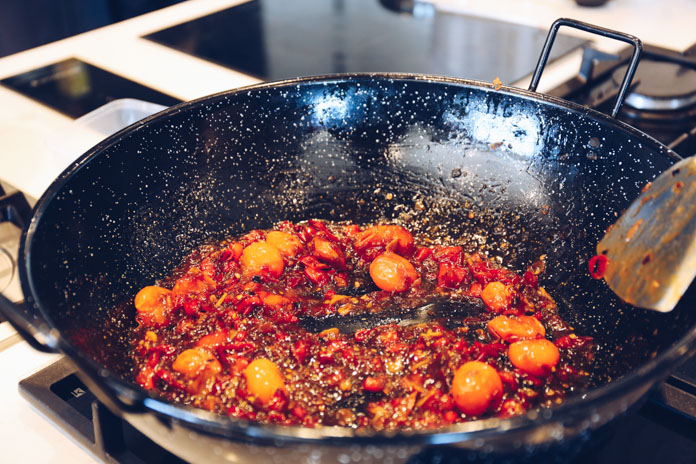
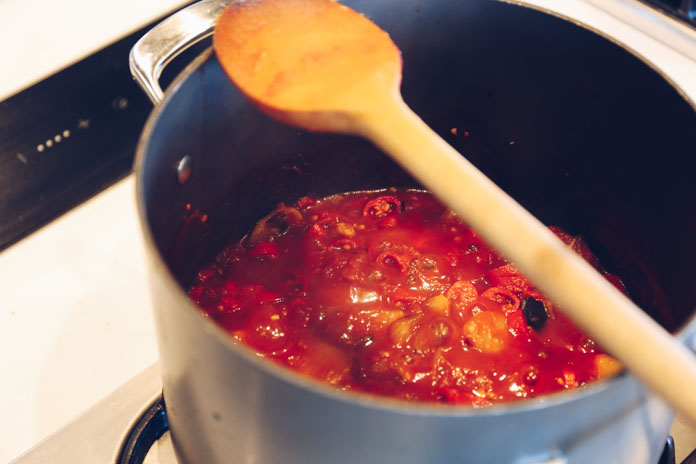
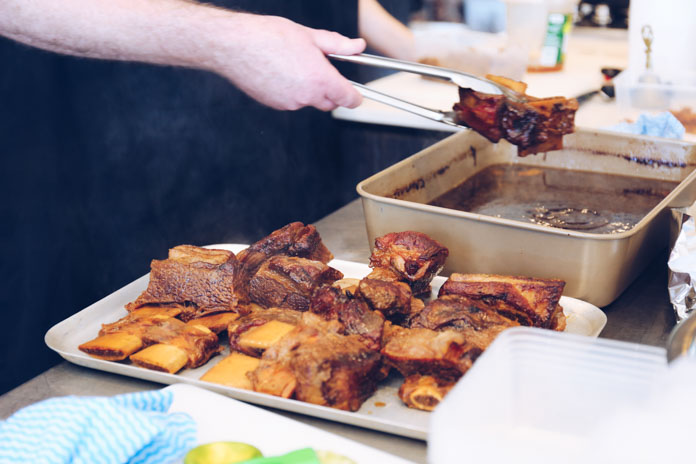
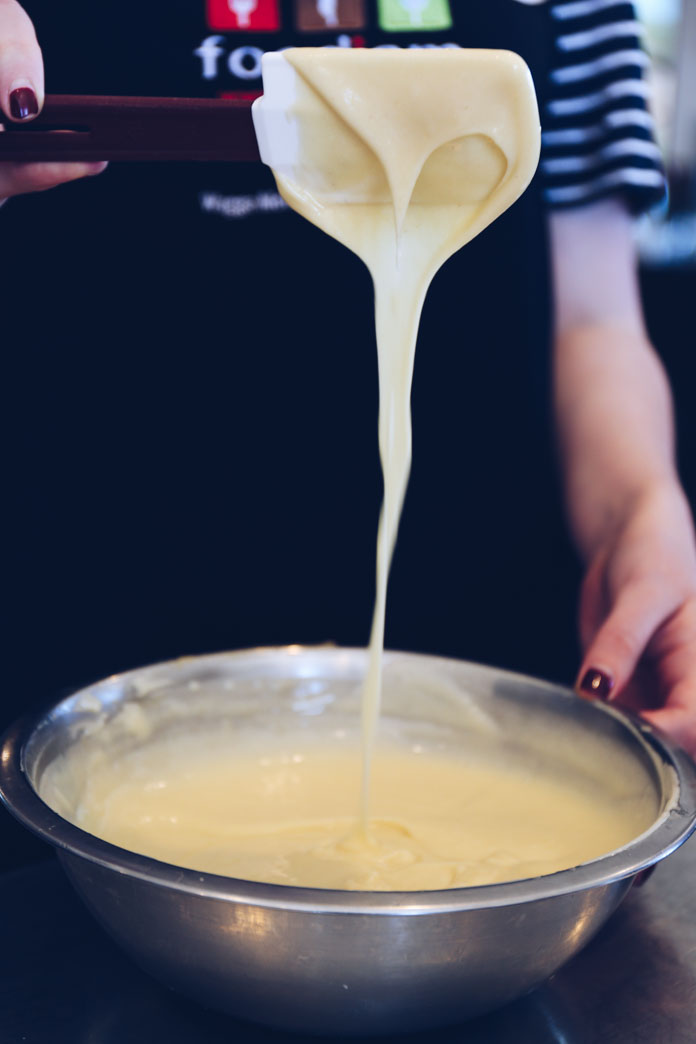
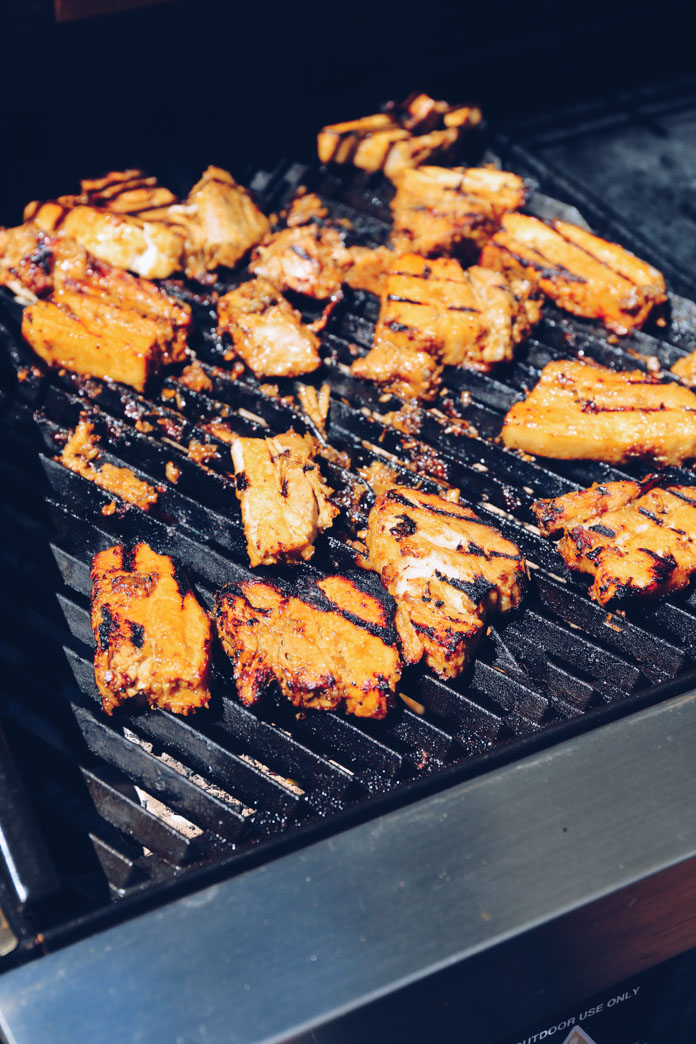
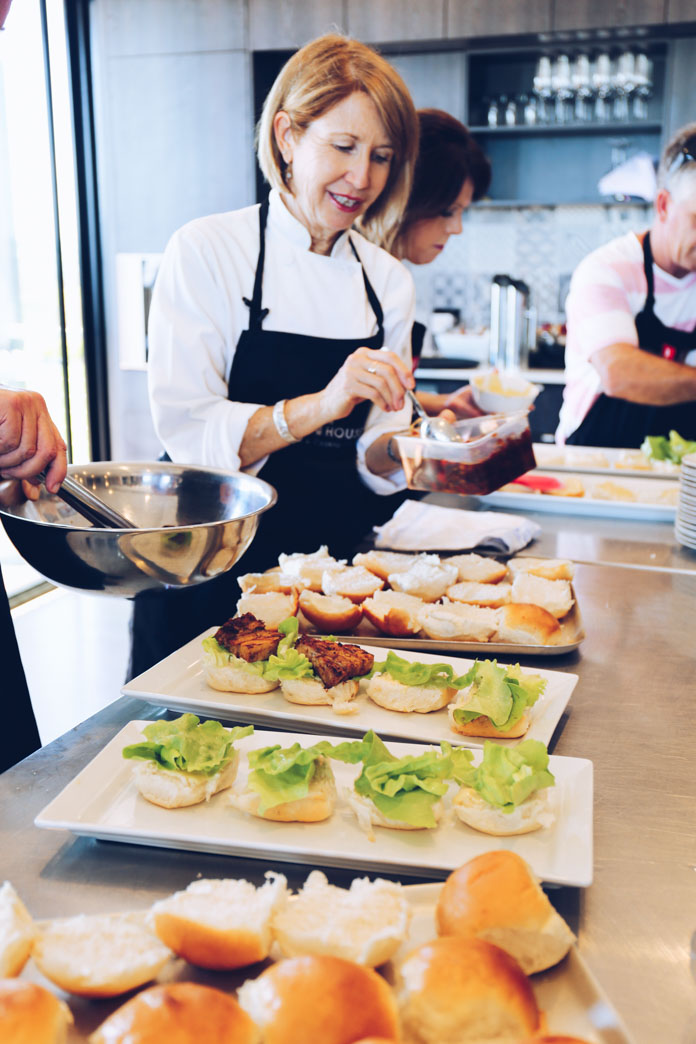
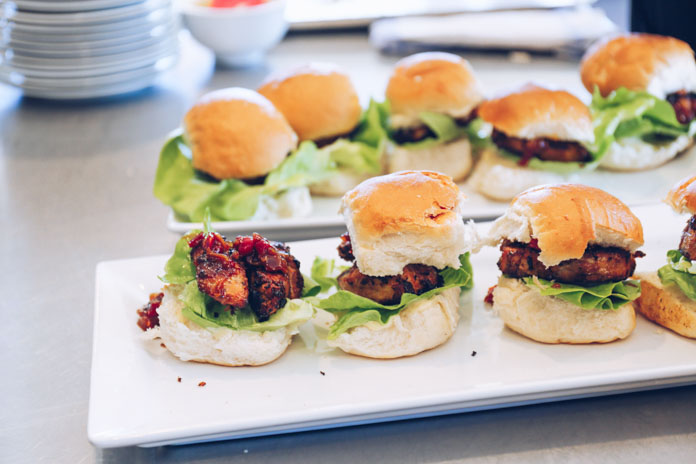
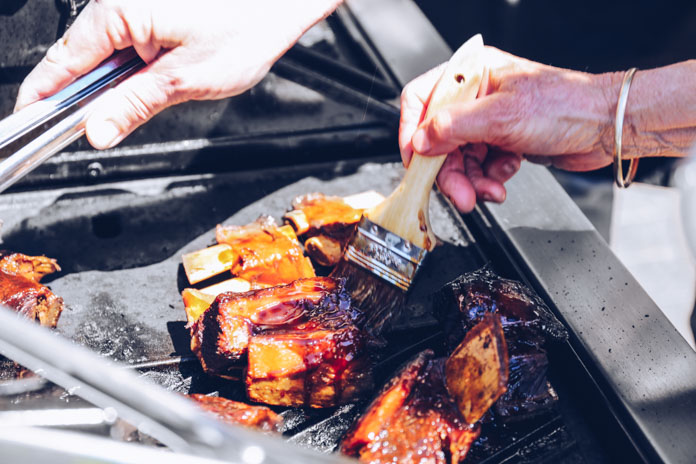
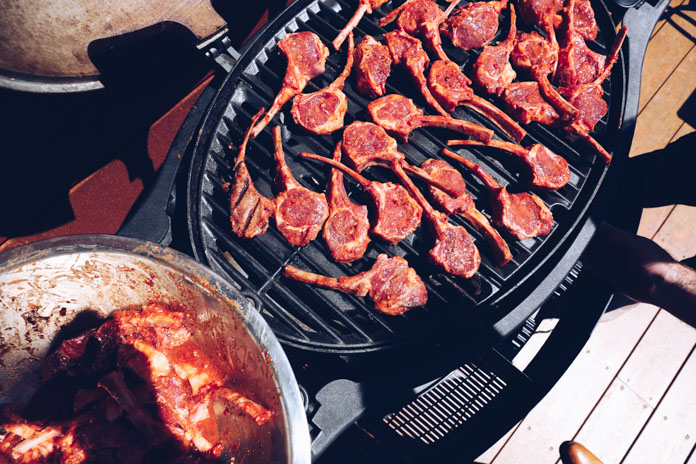
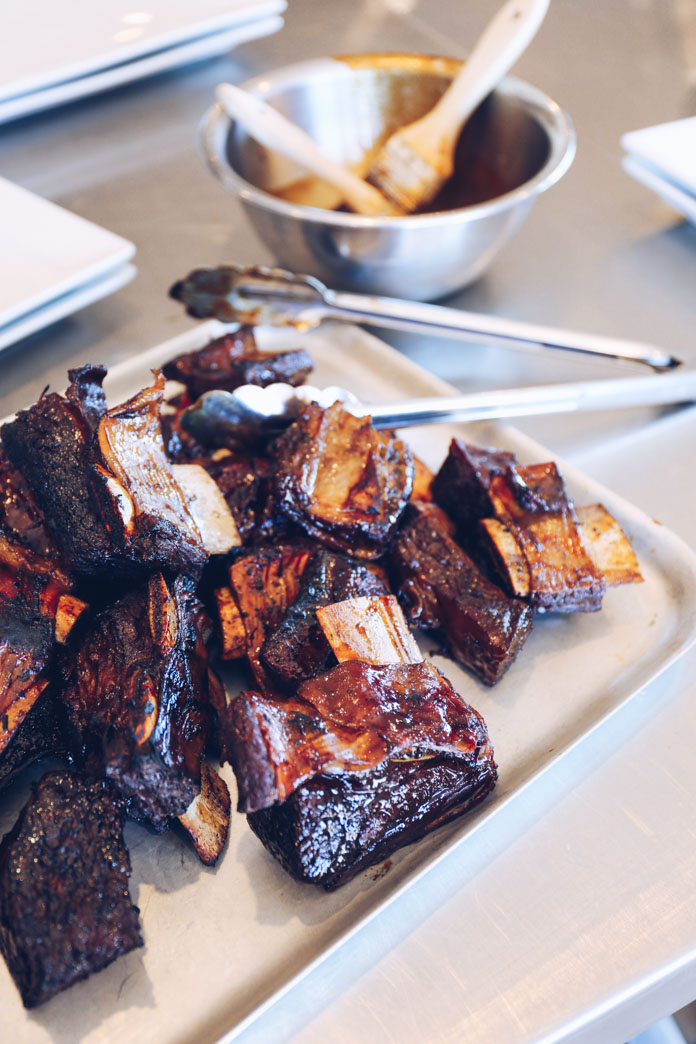


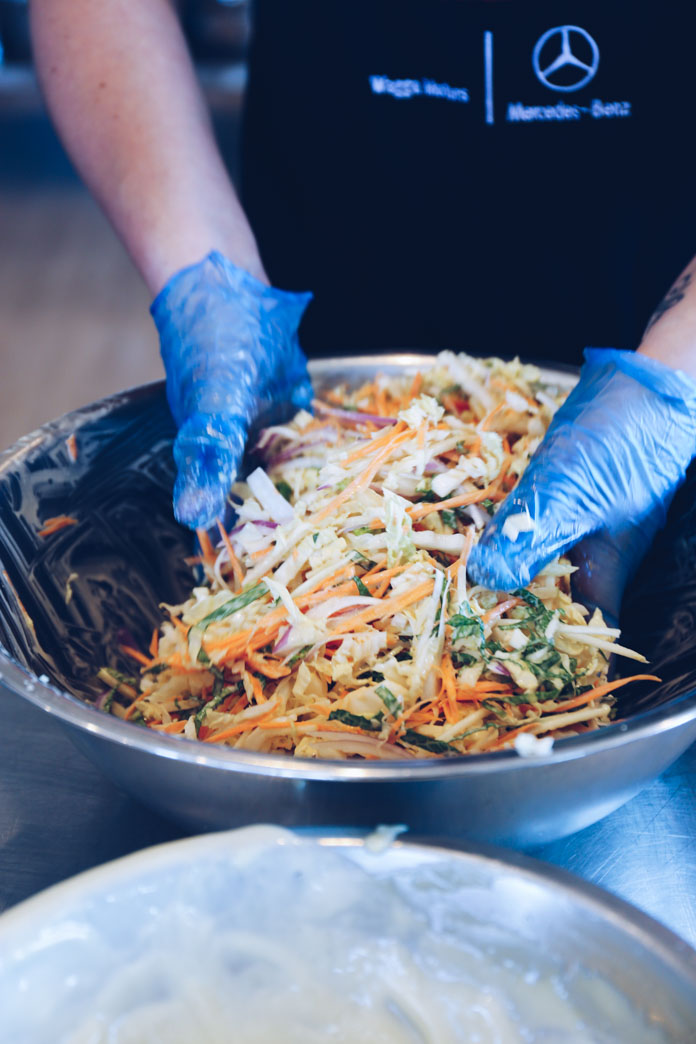
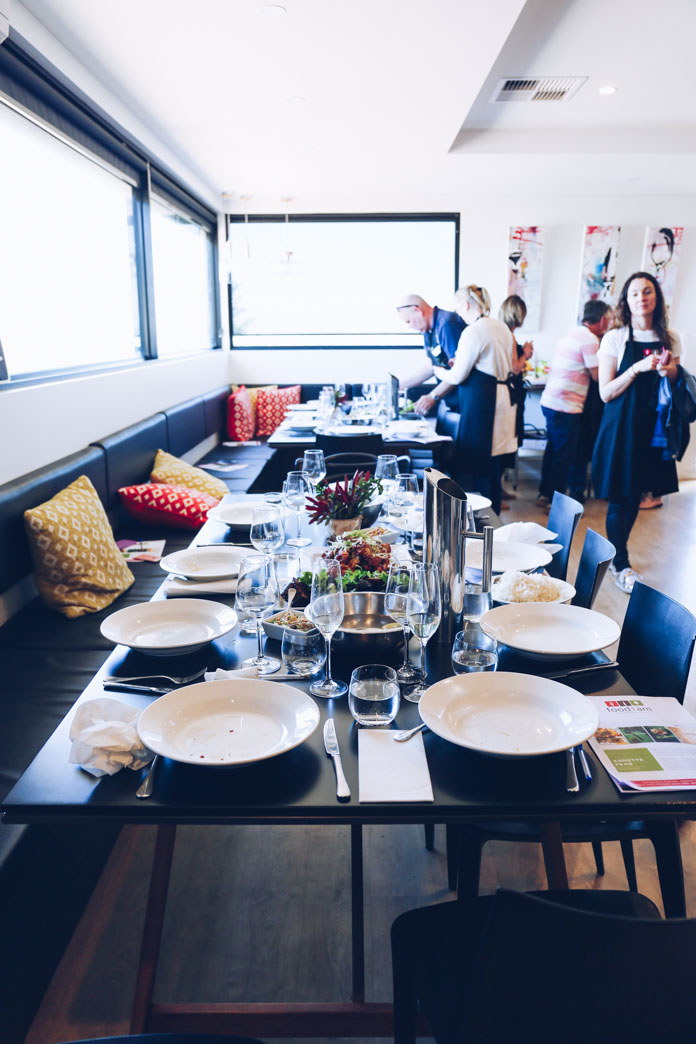


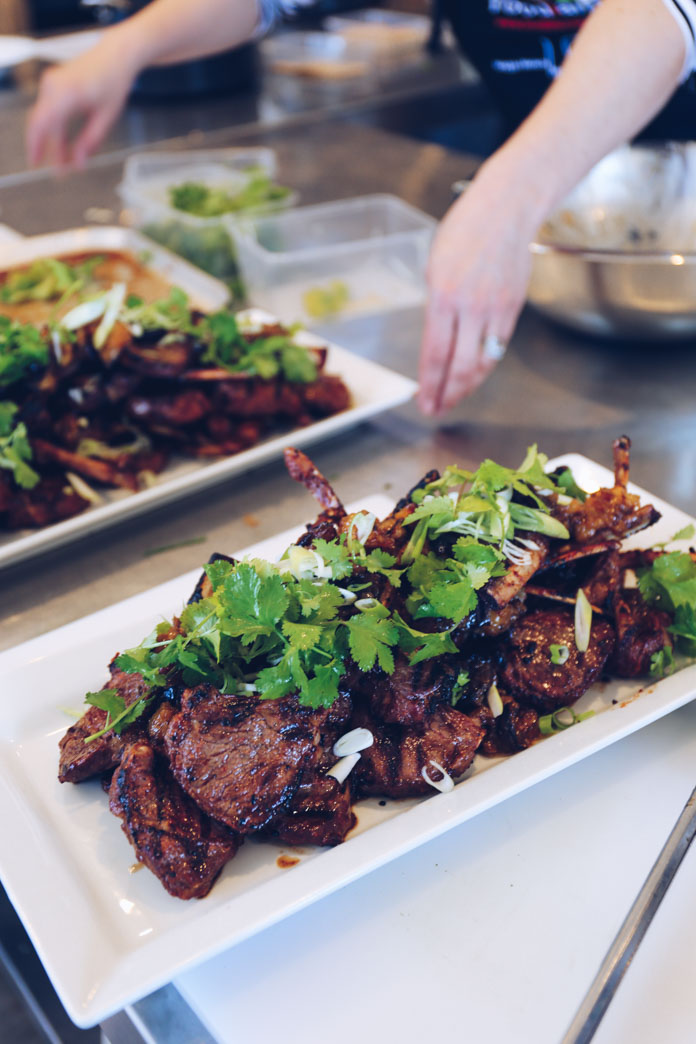
In a bit of a food coma, I slept for almost an hour during the bus trip to Coolamon, a wheat-belt country town about 40km north-west of Wagga Wagga. When I woke up to Coolamon’s heritage streetscape, it was as though I’d stepped back in time. Coolamon’s main street, Cowabbie Street, is simply enchanting and a State Heritage Listed Precinct. Along it, pristine shopfronts have been restored to preserve the tales of its glory days from the 1880s and 1920s.
A recent resurrection that the local community is particularly proud of is the architecture of Coolamon Cheese Company (87 Cowabbie Street, Coolamon NSW) at the original 1921 Coolamon Co-operative Society building. Thanks to renowned cheesemaker Barry Lillywhite, his son Anton Green, local business icon Neil Druce (of Junee Licorice and Chocolate Factory), and community support via an online crowdfunding campaign, Coolamon Cheese is transforming Coolamon into a foodie destination.
Much like the photogenic experience of The Grounds of Alexandria, Coolamon Cheese have created a world of cheese at their cheese factory. Expected to be the face of agritourism for the region, a large viewing corridor has been designed to allow visitors to watch the manufacturing and maturing processes. Barry, who was manager of the cheese factory at Wagga Wagga’s Charles Stuart University before it was forced to close, runs the cheese factory tours here daily. They have also planned an al fresco area and rear courtyard that will feature Coolamon’s original wood-fired bakery, which is more than 100 years old. I imagine it would be the ultimate wedding party venue too.
We sat down to traditional shaken milkshakes ($4.50) of freshly pasteurised Euberta cows milk with chocolate, strawberry, vanilla, caramel or banana, and Campos coffees, then pretty much ordered the entire cheese menu (2, 3, or 4 cheeses served with breads, crackers and matched accompaniments $18 / $24 / $30).
The first thing we noticed was how elaborate the accompaniments actually were. There was thought here, not just some apple slices and quince paste — Riverina Silk with lightly pickled mushrooms, Aristaios with Riverina Grove olives, The Ganmain Mild with Coolamon chutney, River Mint with soused cucumber, Lemon Myrtle with Spicy Bum Hummer onions, Alpine Pepper with smoked pineapple, Bush Tomato with tomato chutney, The Coolamon with candied apple, De Brie with kumquat jelly, Sacrebelu! with Griffith Semillon sticky prunes, The Rock with local walnuts and capers and Bau Weiss with fruit loaf.
I drew a particular liking to the Australian native flavours, each sharp, distinct and rich yet comfortably light.
As we munched, we were joined by Anton and Barry; they spoke of the financial challenges with securing the space and the generosity of the community who pitched in to help, the surprise in discovering the gorgeous original brickwork and tin roofing when they stripped down the walls of the former IGA supermarket, and their grand plans to design a destination restaurant people would want to travel for.
With Zen joining my businesses this year, we’ve learnt first-hand the difficulties of married couples working together, so I’m in complete admiration of this father and son duo. It’s clear to me that with Anton’s experience in five-star hotels, restaurants and bars internationally and Barry’s contagious passion and energy, Coolamon Cheese has the foundation to be such a culinary gem.
In a way, this meal summed up the entire Taste Riverina concept for me. There was a humbling passion about food production where the character of the food was more than the sensational quality and the ingrained cheese-making tradition. I loved that there was a sense of leisure and pride about the whole process. There was a factory full of professional gadgetry and yet, there couldn’t be more old-world charms. All I can say is, get here before the rest of Australia finds out about it!
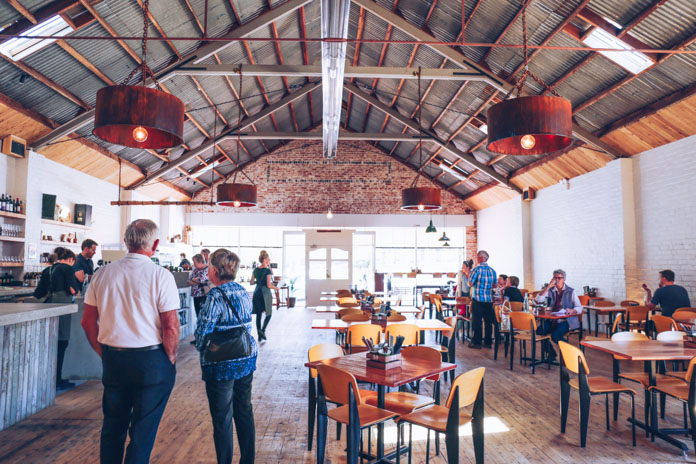
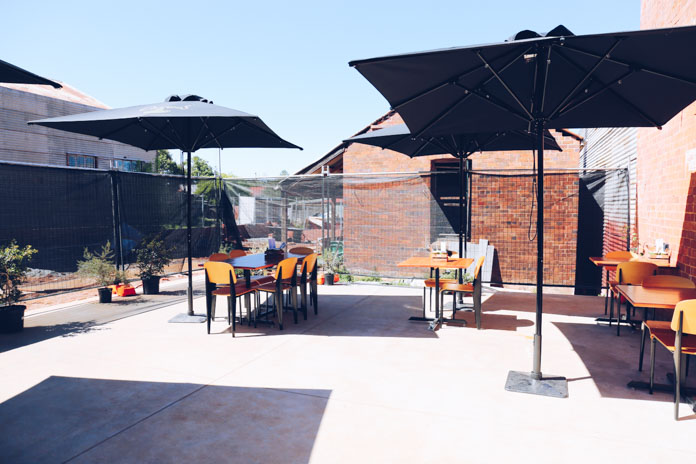
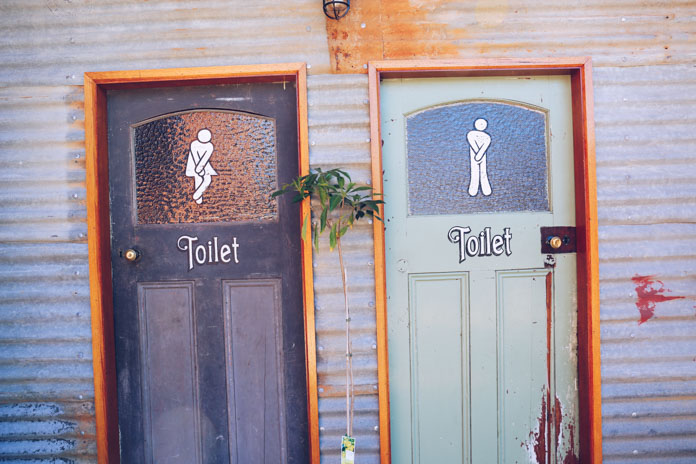
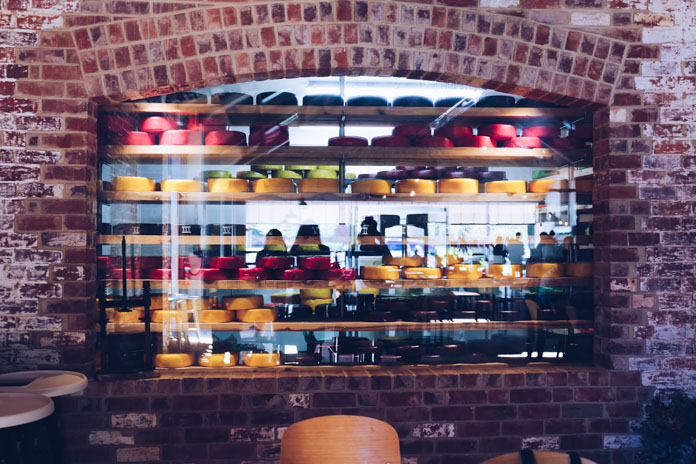
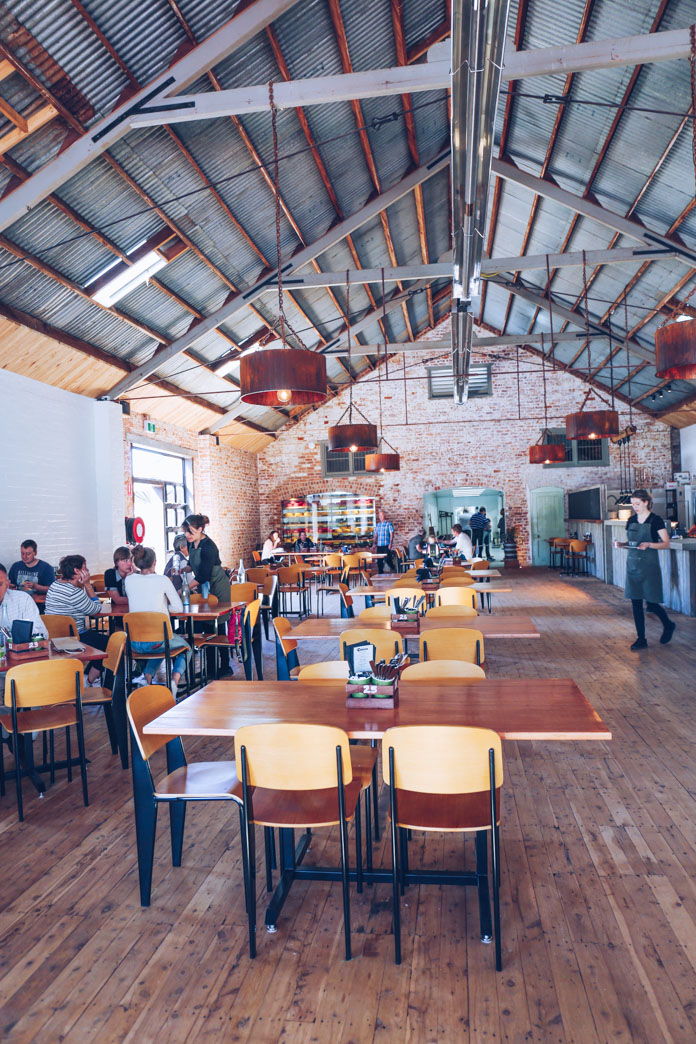
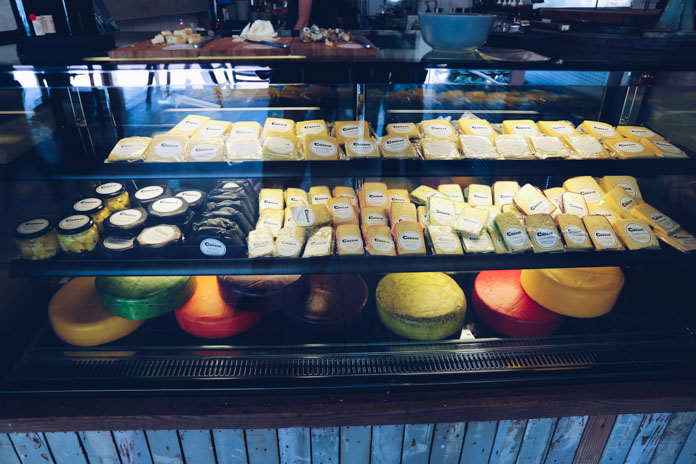
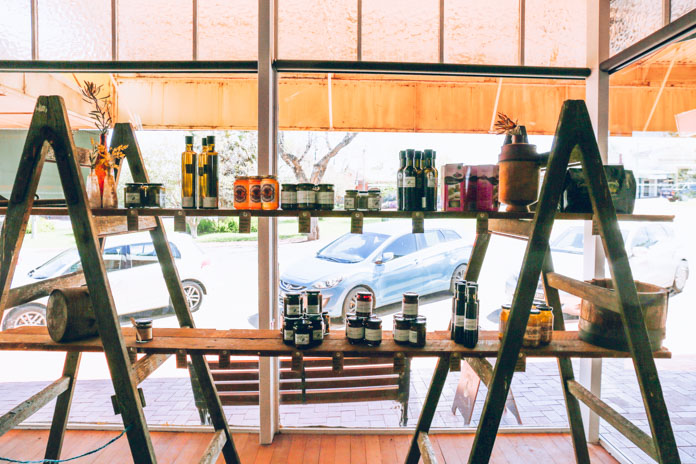
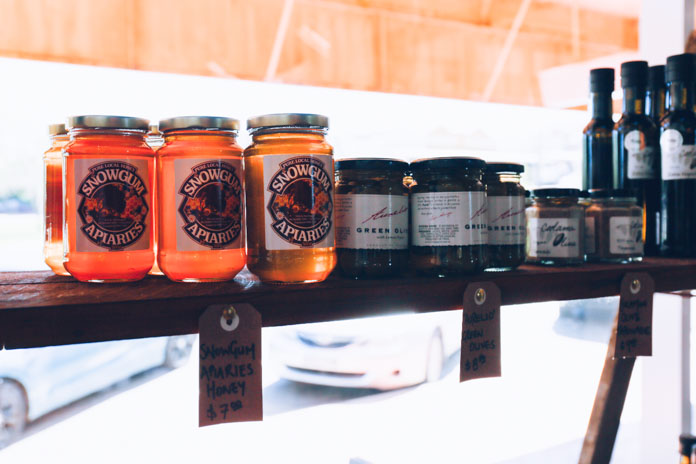
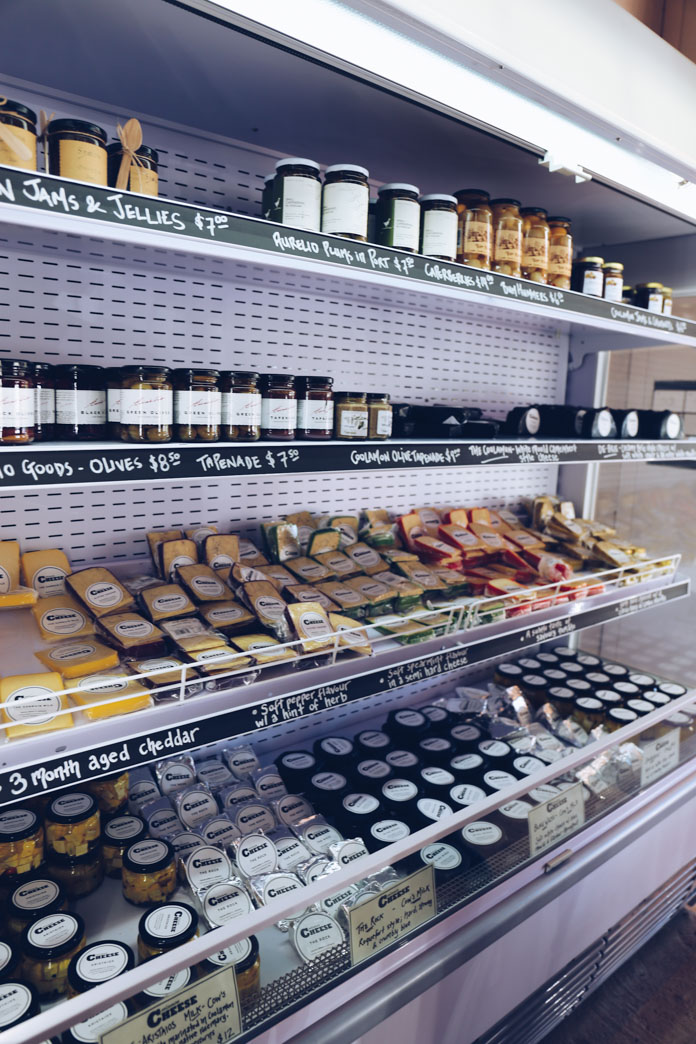
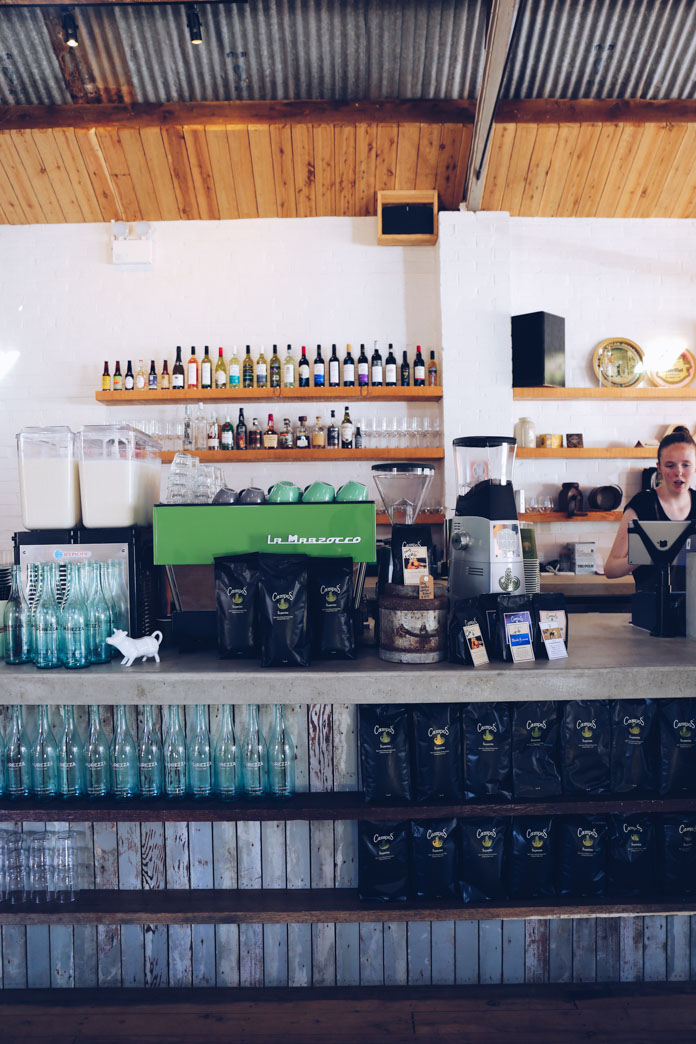
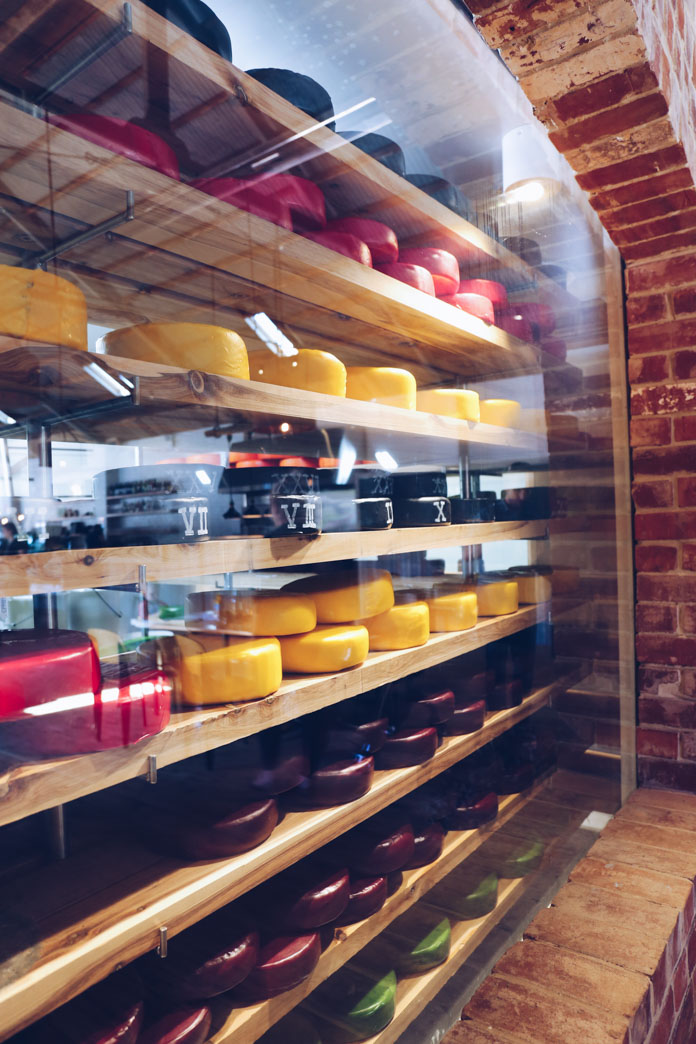
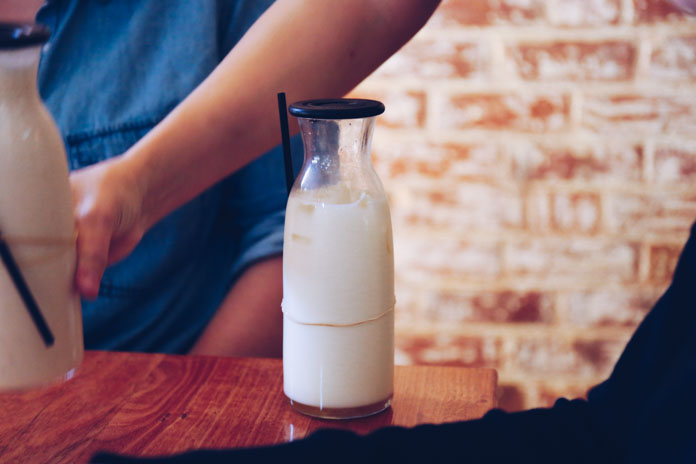
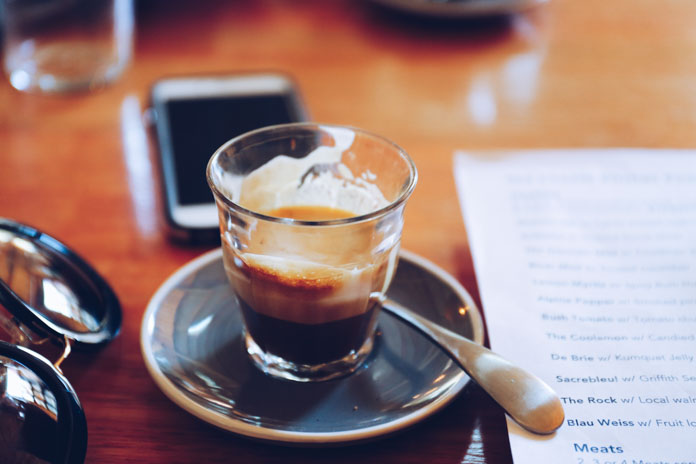
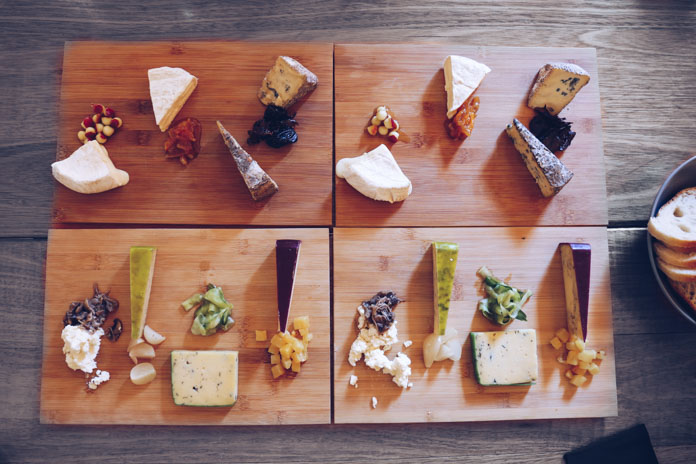
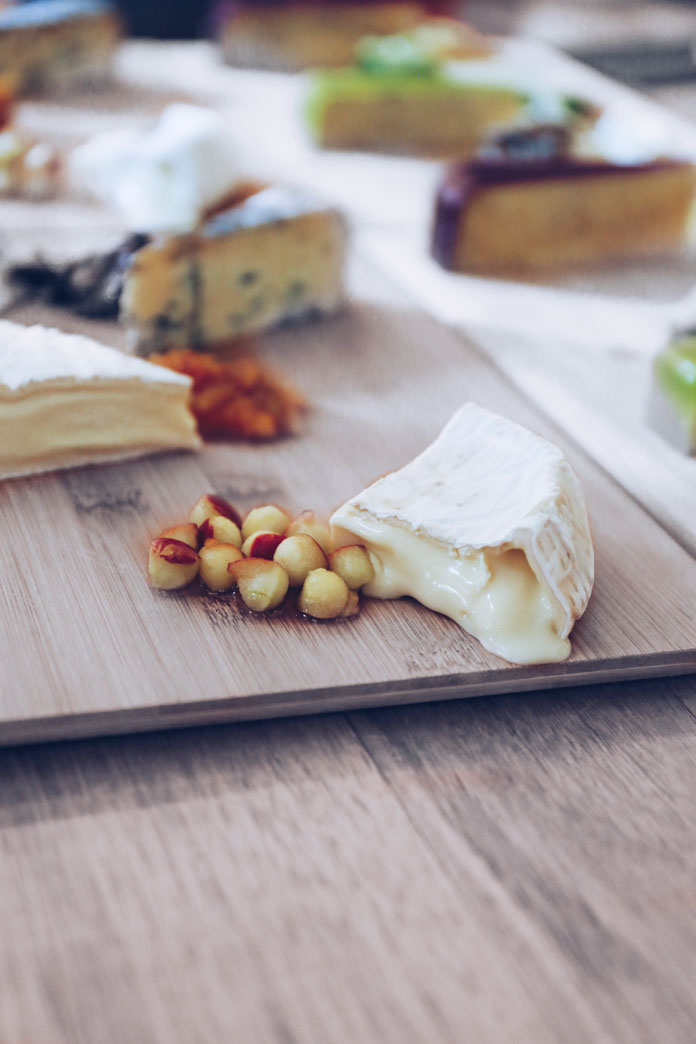
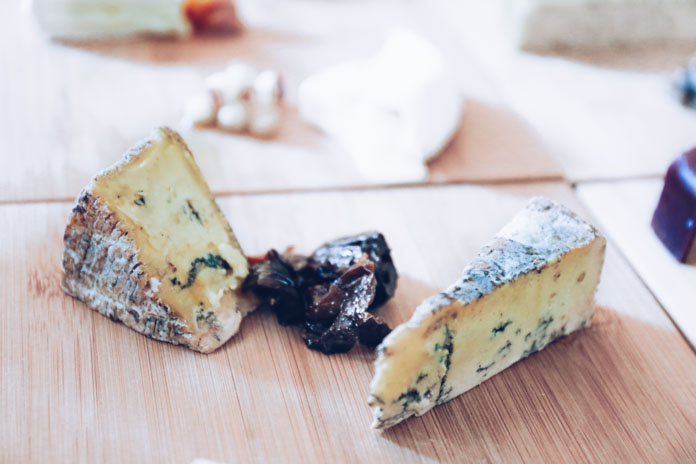
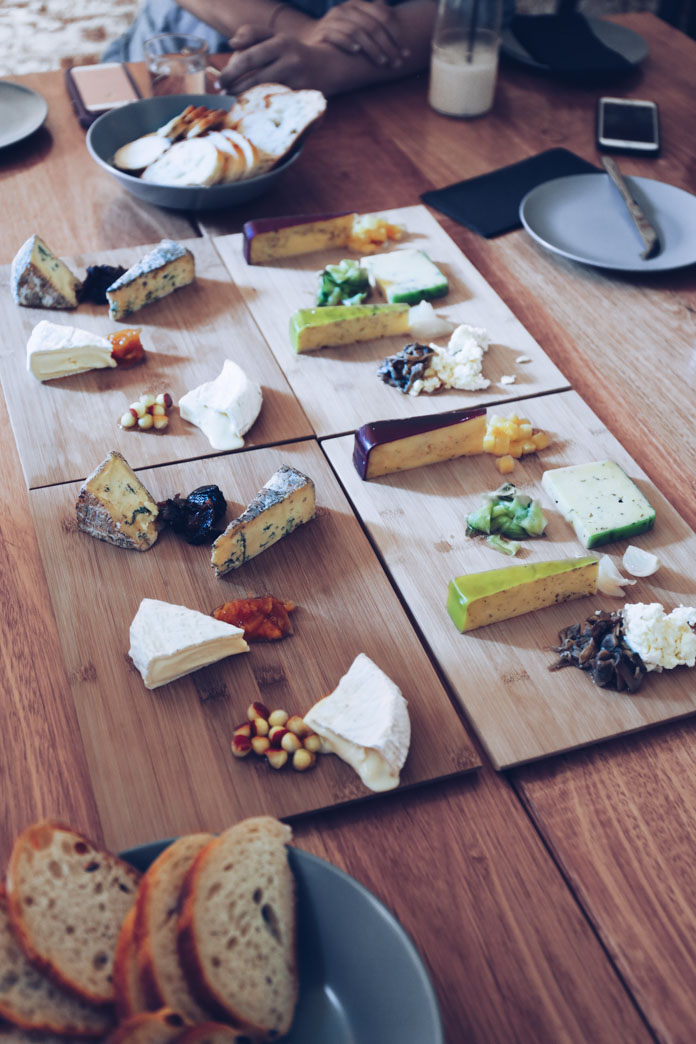

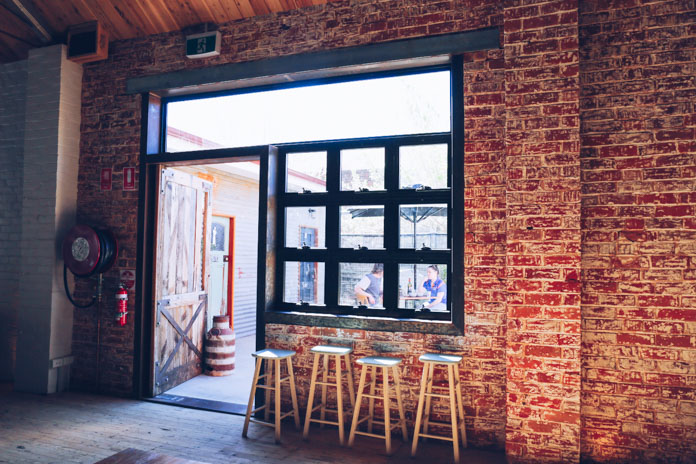
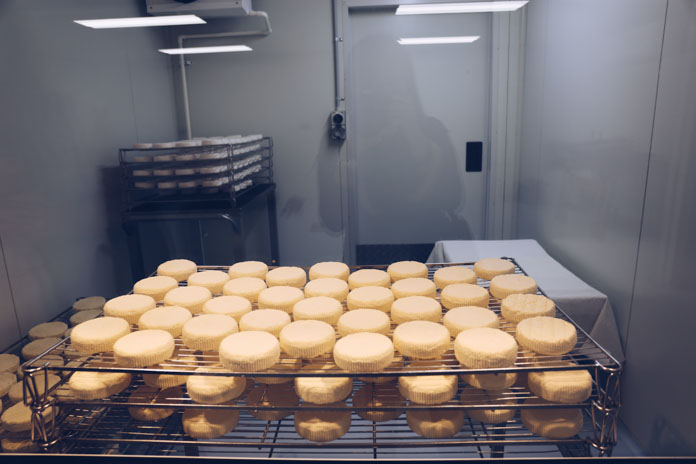
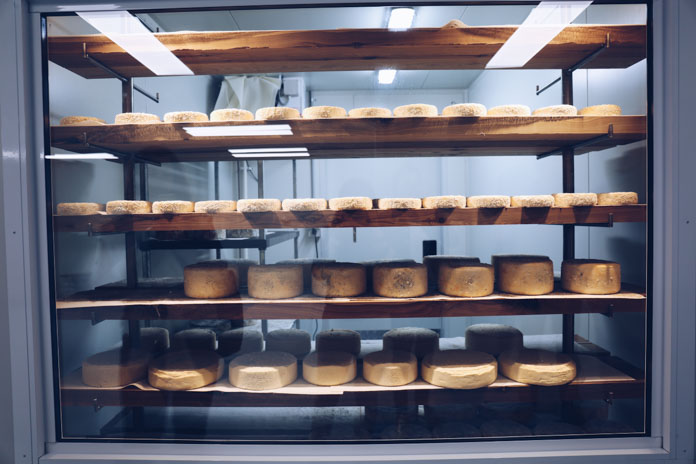
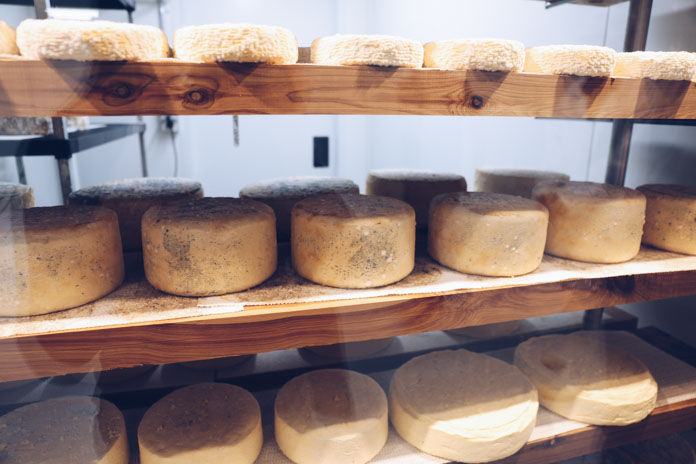
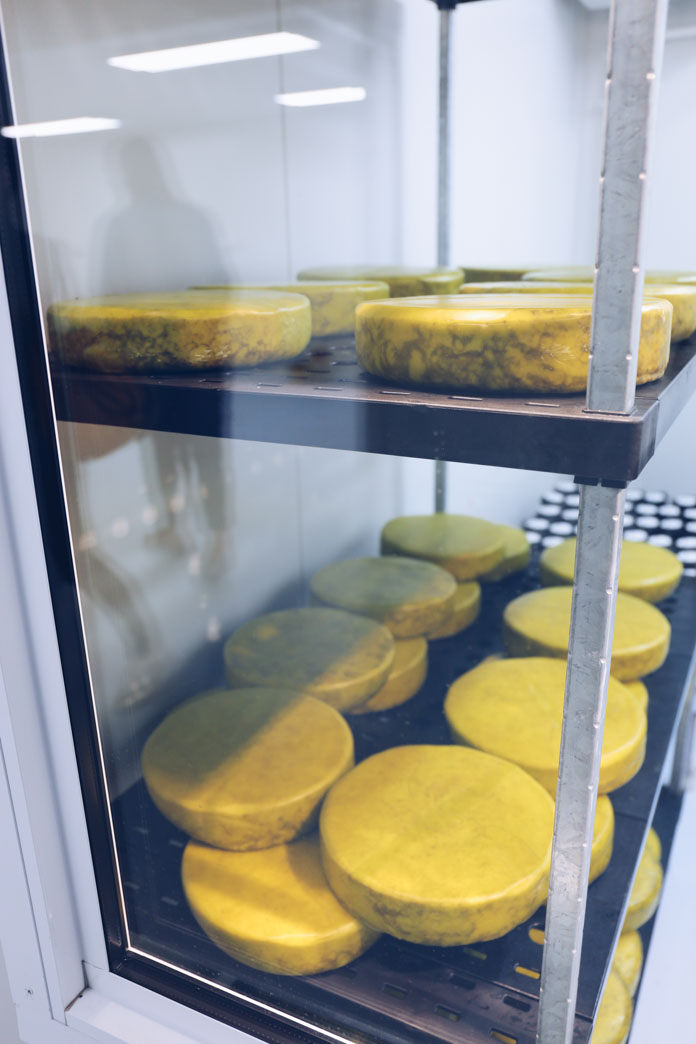
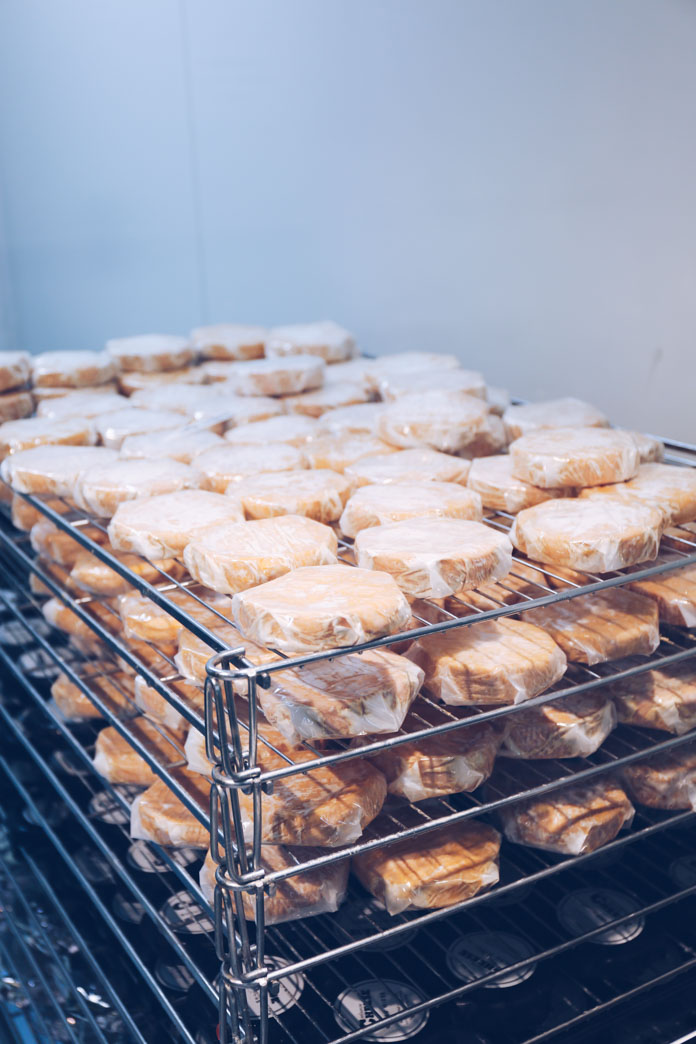
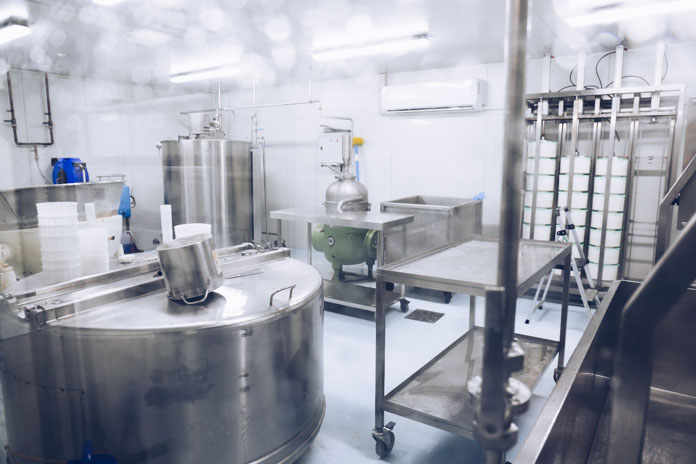
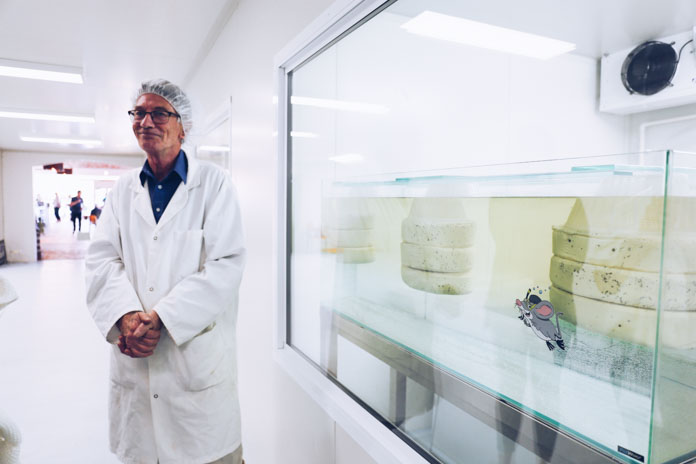
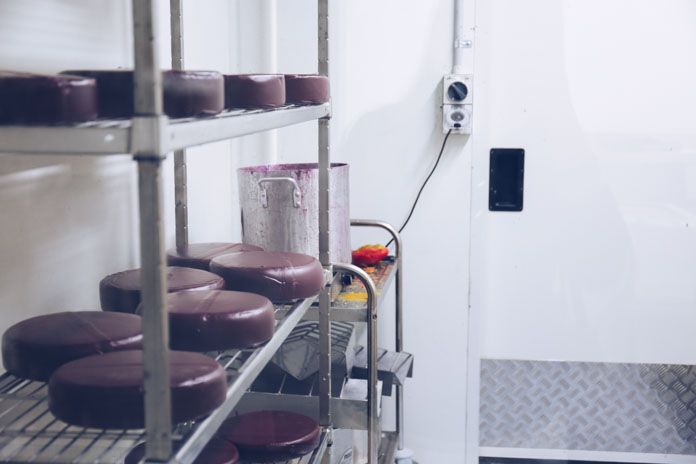
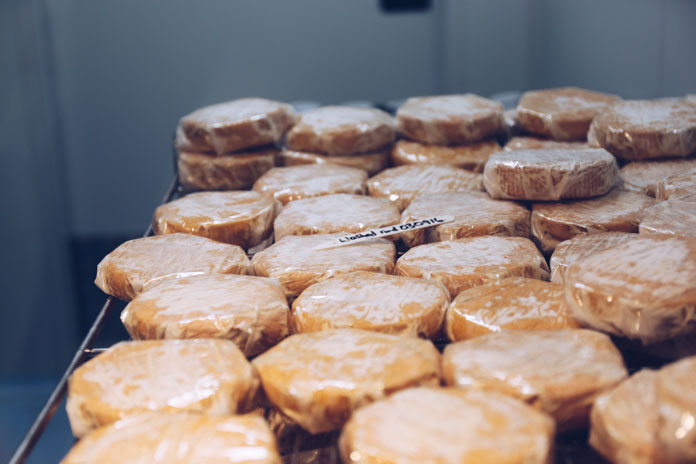

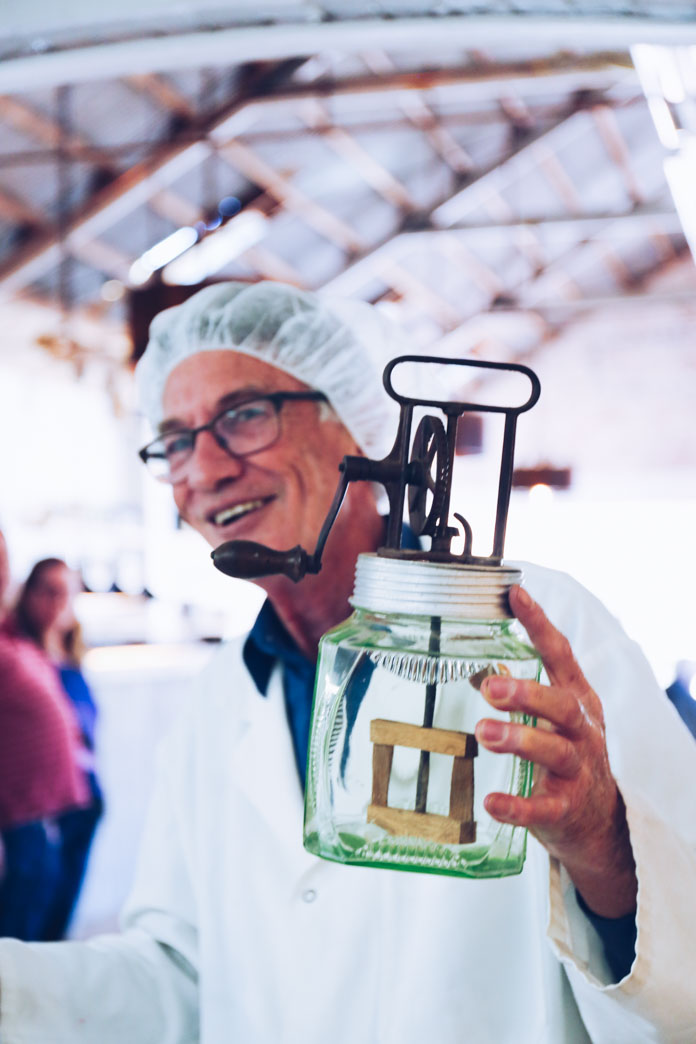
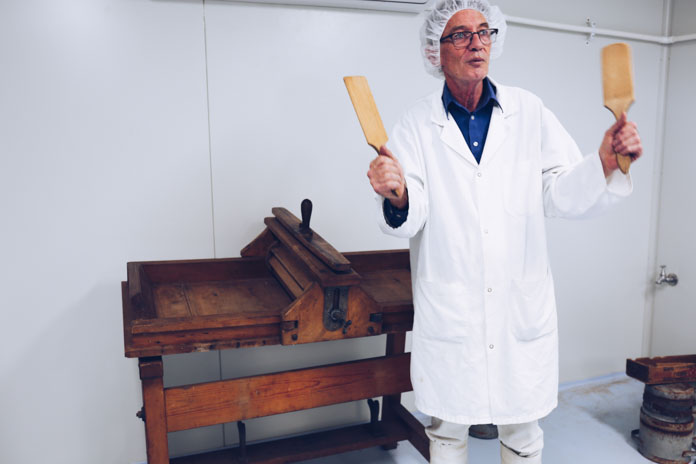
Like at Coolamon Cheese, there was a notable resurgence happening at Griffith. The Griffith region produces more than 75% of NSW wine grapes, 70% of NSW citrus production, is Australia’s largest citrus producing region along with 90% of Australia’s rice production and 95% of Australia’s prunes. Many of the younger generation who had grown up in traditional farming households locally then moved to Sydney, Melbourne or abroad to study and work have now returned to establish thriving businesses. Zecca Handmade Italian and Limone are two great examples and since we couldn’t decide between the two, we dined at both!
Zecca (239 Banna Avenue, Griffith NSW), meaning ‘mint’ in Italian pays homage to its location at the Rural Bank building. The food as it promised was nourishing, wholesome, seasonal and authentically Italian, even highlighting the region in which each dish represents. Working with local farmers and producers, the menu changes almost daily based on what’s available; it’s the perfect location for a long lunch or as we discovered, aperitivo and antipasti.
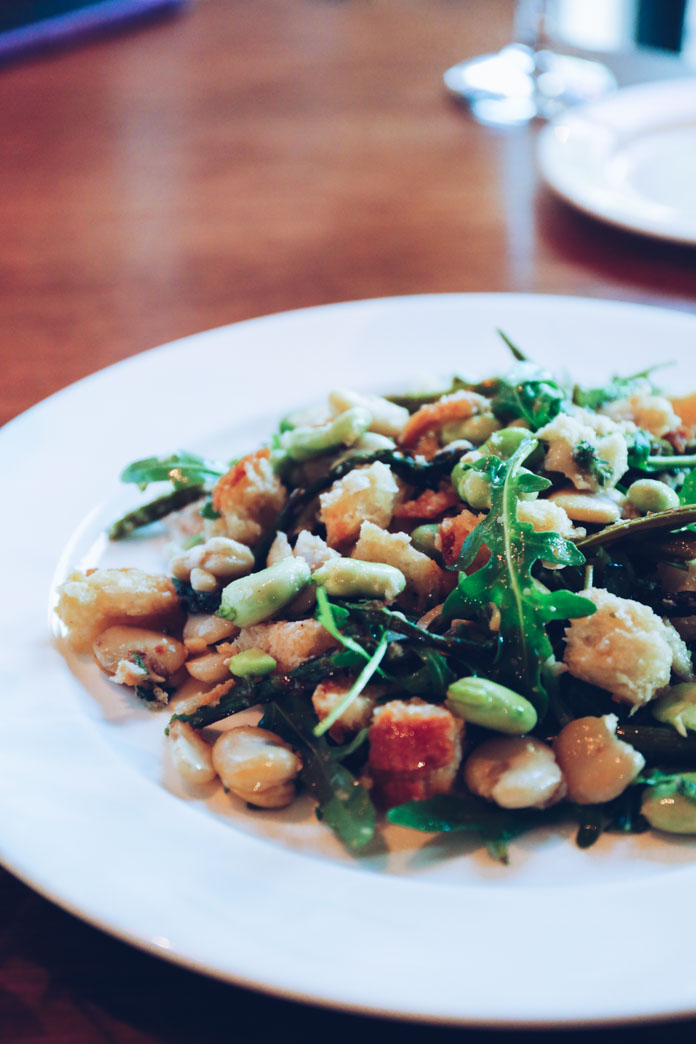
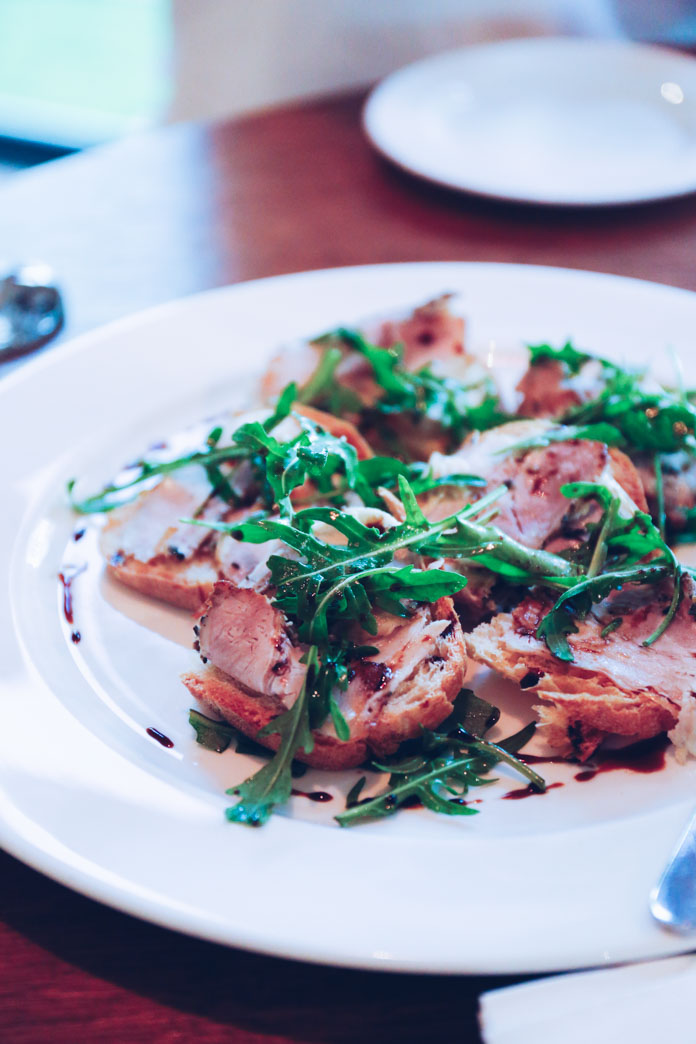
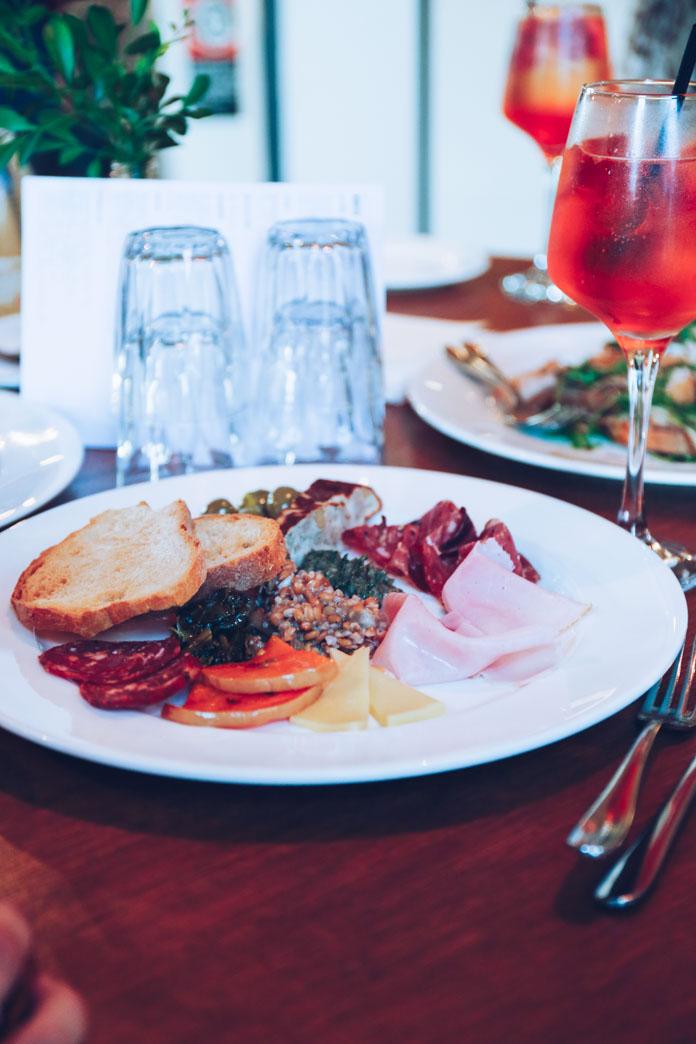
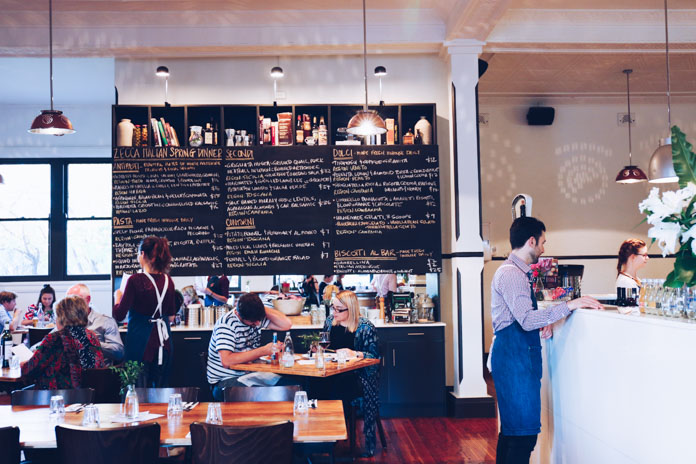
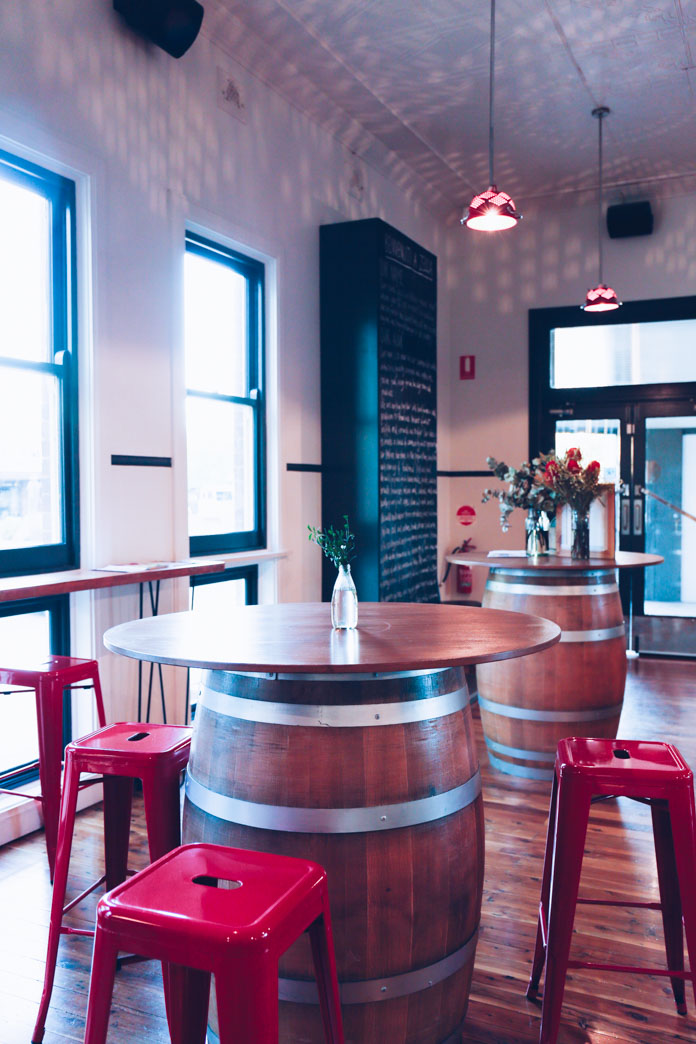
At Limone (482 Banna Avenue, Griffith NSW), which could be described as the oldest, newest building in Griffith, it took over five years to build the restaurant using recycled materials collected over a 30 year period.
The menu, designed by restaurateur Luke Piccolo is a game-changer for the area. With fine dining influences from Luke’s stints at Pilu Freshwater and international Michelin starred restaurants, everything was effortlessly sophisticated. Our faces lit up when every dish was served. It was food that had its roots in Griffith’s farming heritage but cooked and plated up in a way which made it so understated and remarkable. It’s not often I get to dine at a restaurant where the asparagus was picked from an ‘eldery lady’s garden down the road’ or where the protein was just ‘caught at a nearby property’. Priced at $75 for three courses, something like this in Sydney would just go insane!
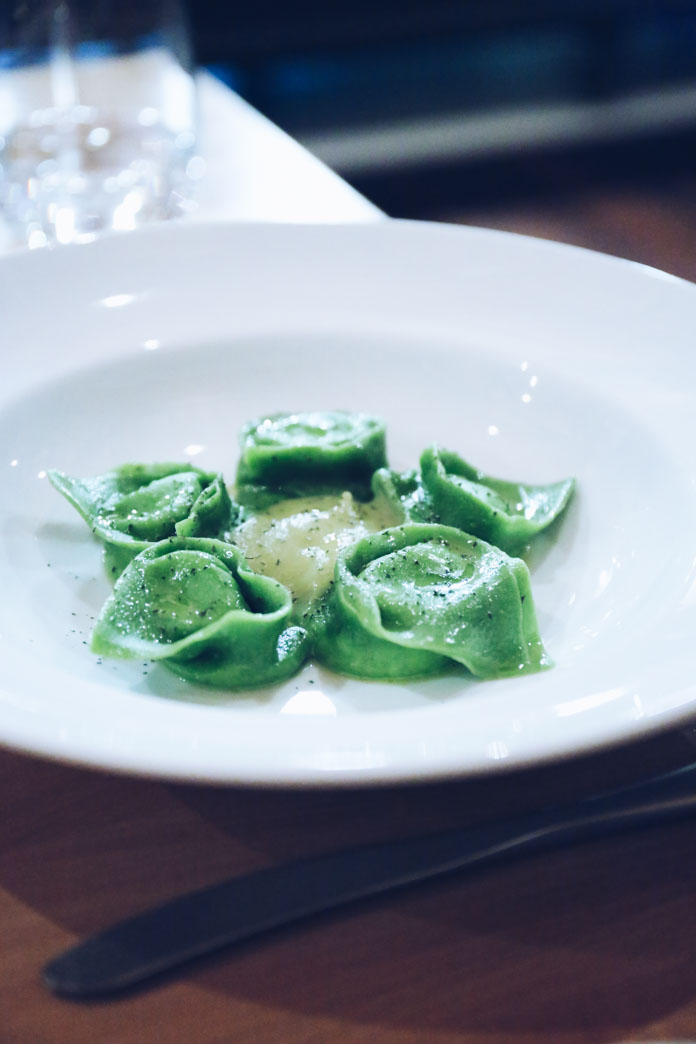
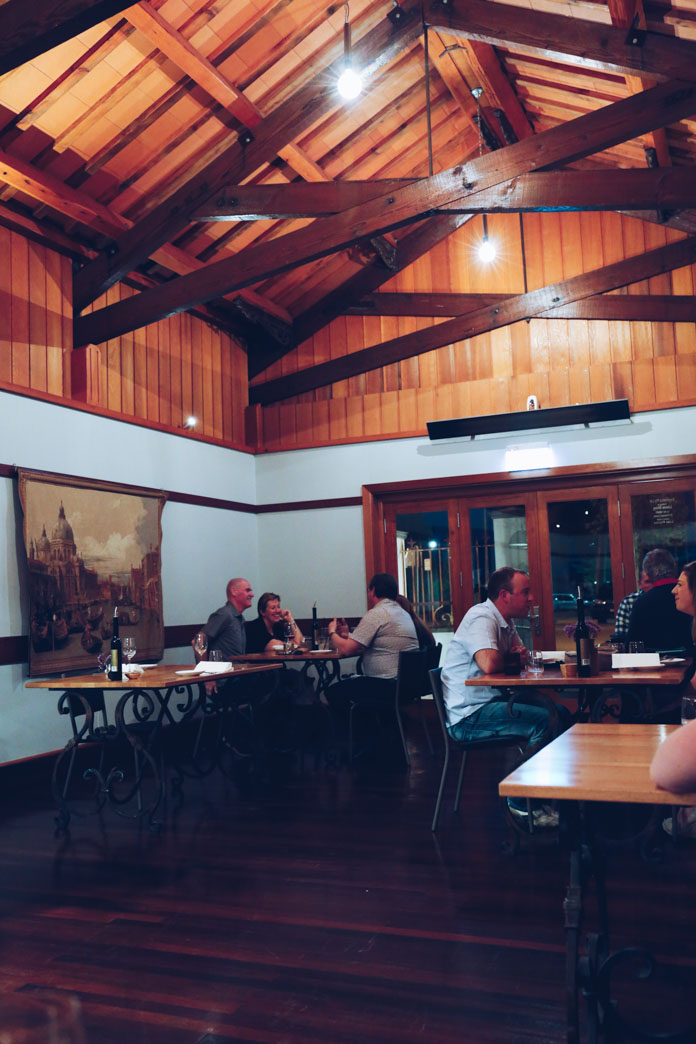
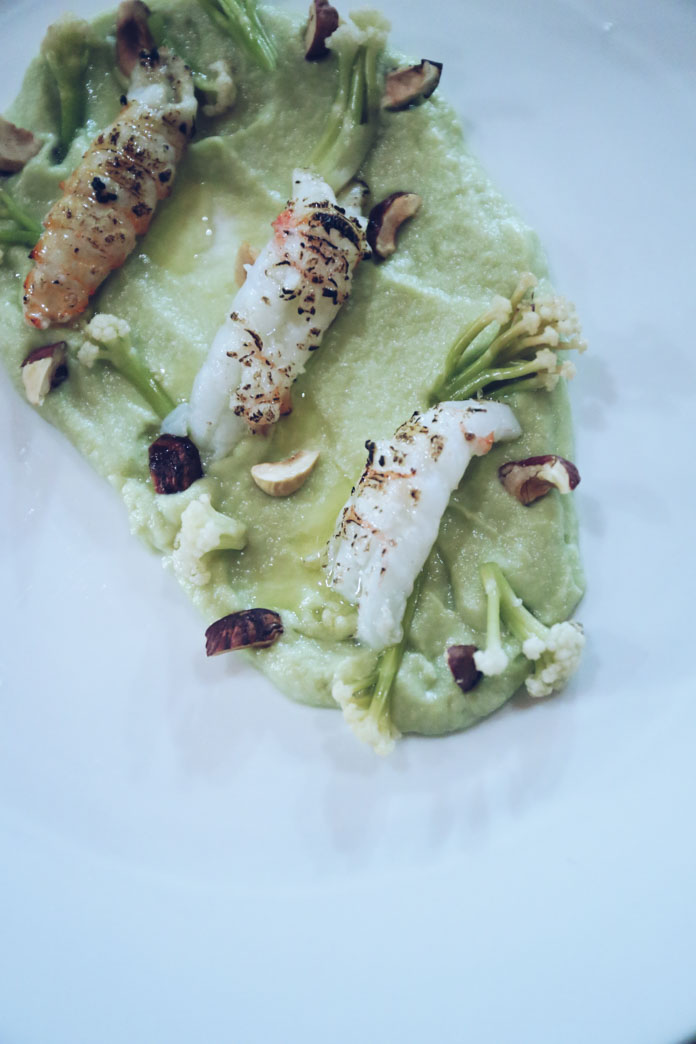
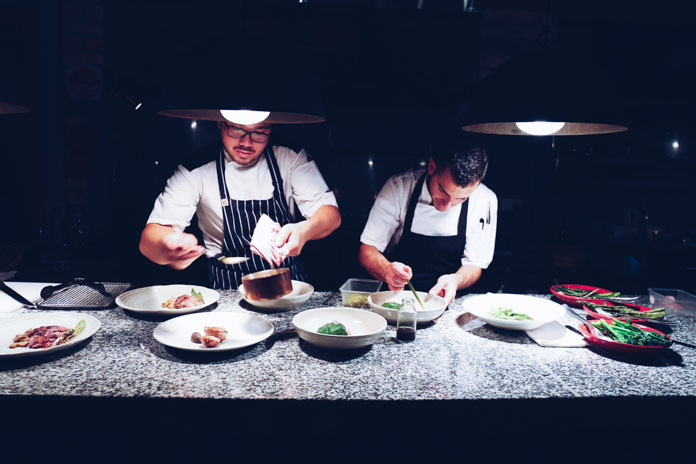
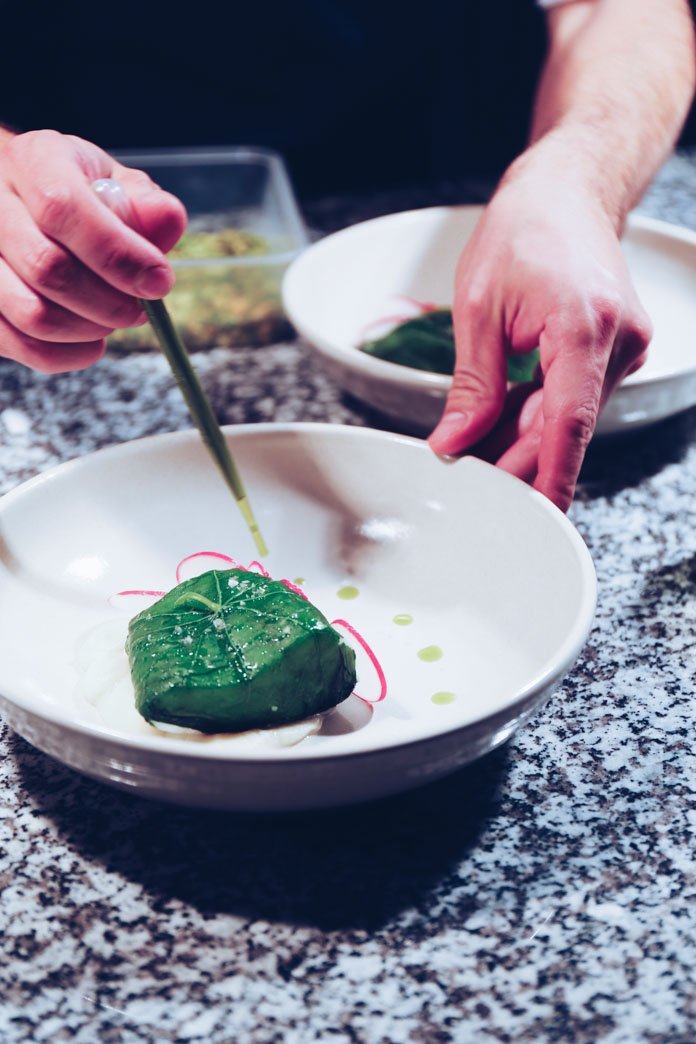
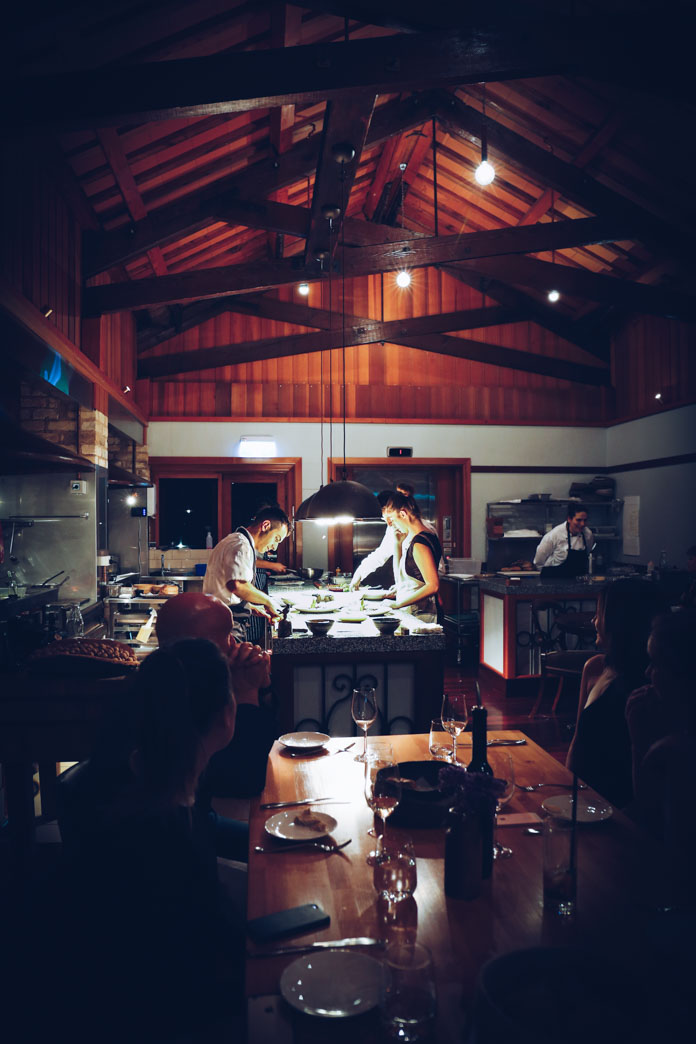
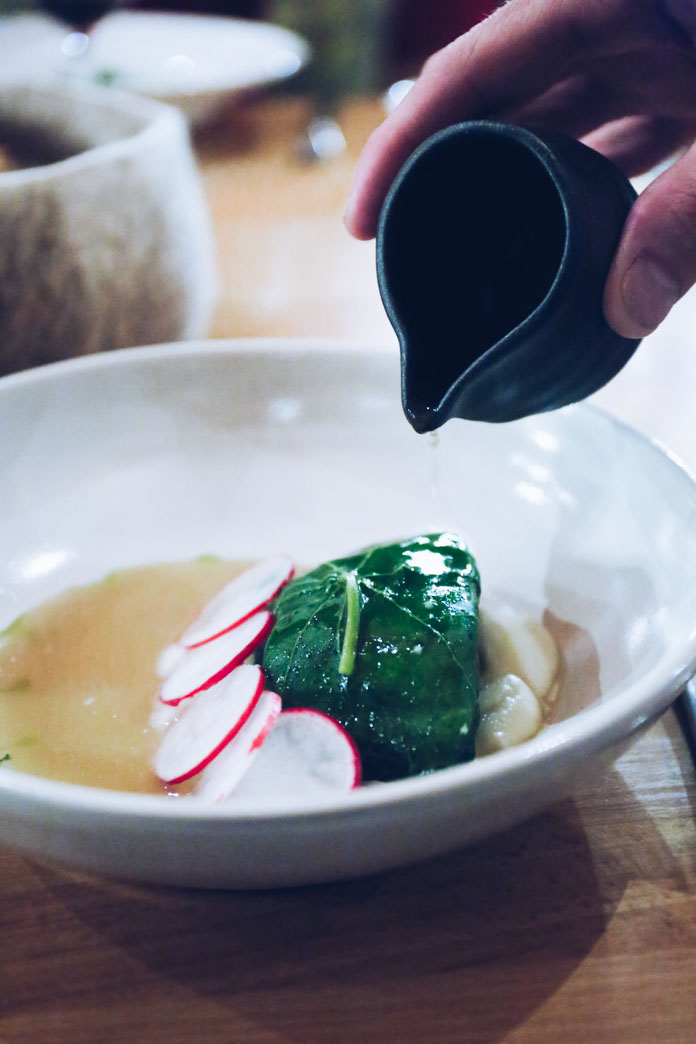
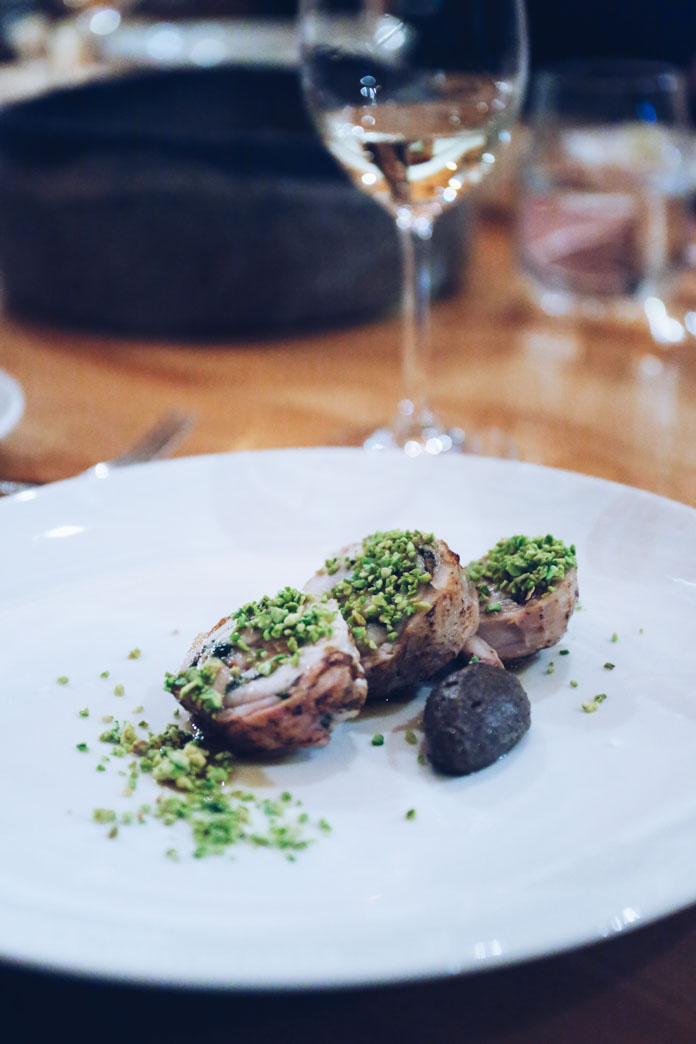
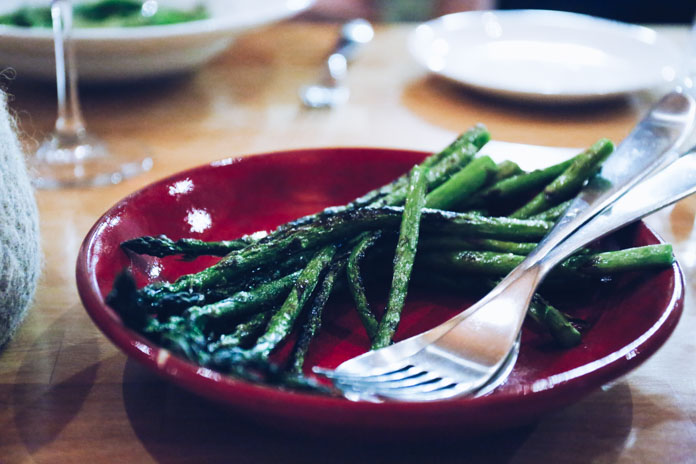
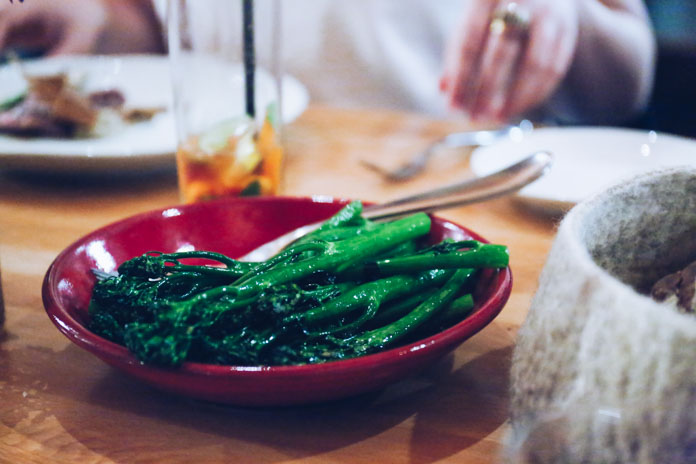

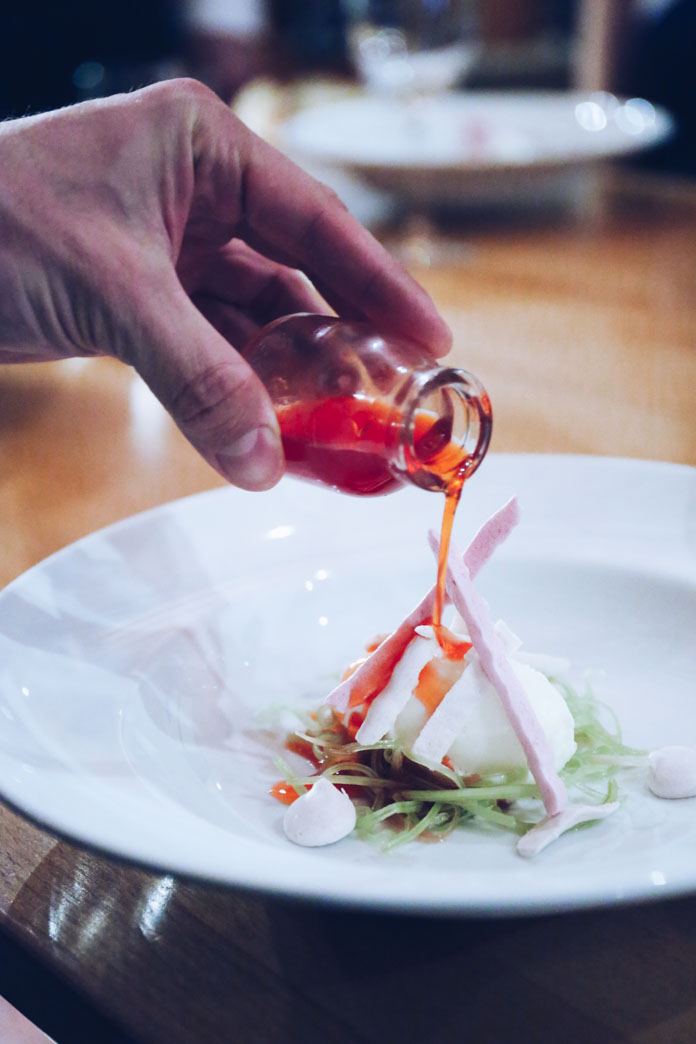
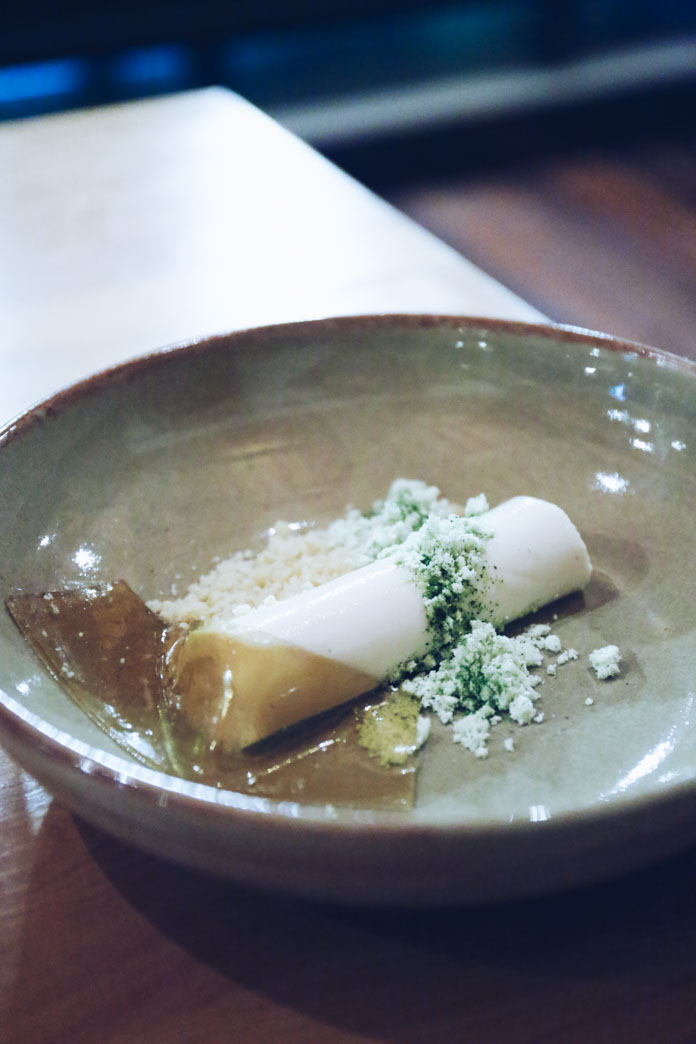
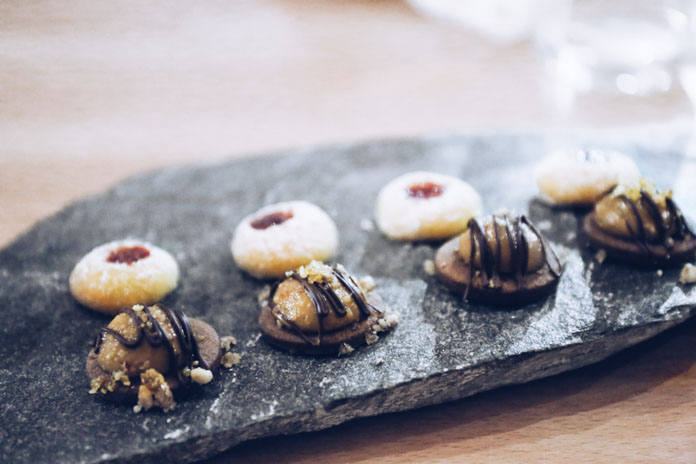
Thankfully, our hotel was literally next door at Banna Suites (470 Banna Avenue, Griffith NSW) so rolling back was an easy feat.
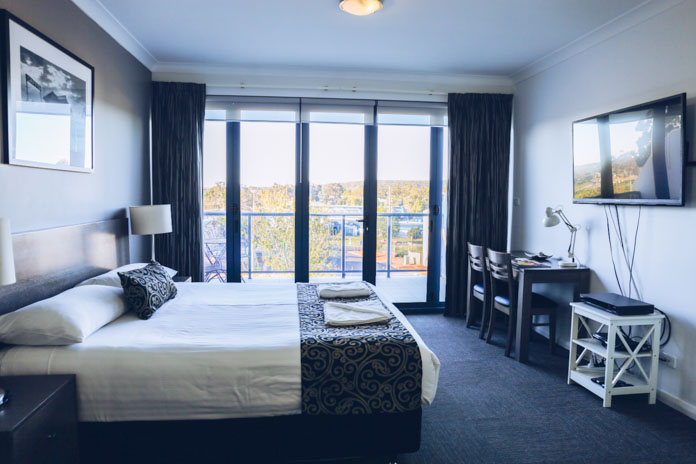
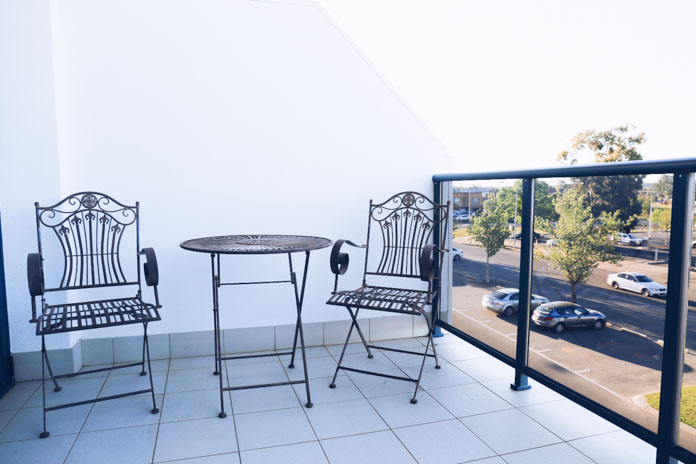
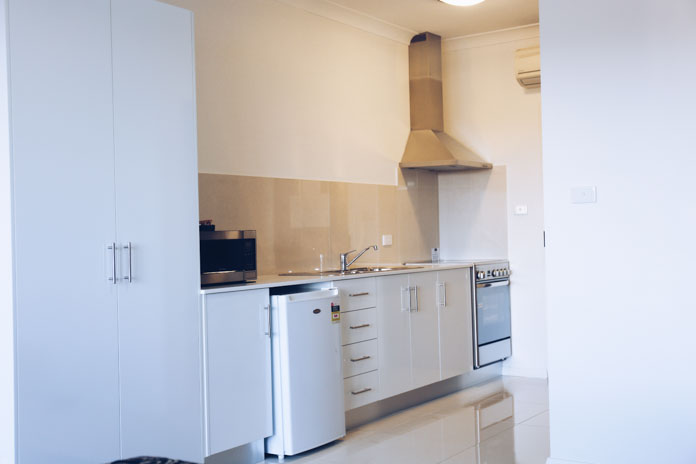
The next morning, we did what all tourists would do, and visited the Festival of Gardens (I should clarify that this was a private hosted breakfast & garden tour thanks to Marj and Mick Careri, the open-to-the-public festival was held on 13-16th October 2016) and the Griffith Citrus Sculptures (8-21st October 2016), an outdoor orange exhibition that lines the main street.
The below photos are from Marj and Mick Careri’s stunning property ‘Rosewood Park on Stokes‘ which features over 800 roses and an idyllic gazebo and jetty!
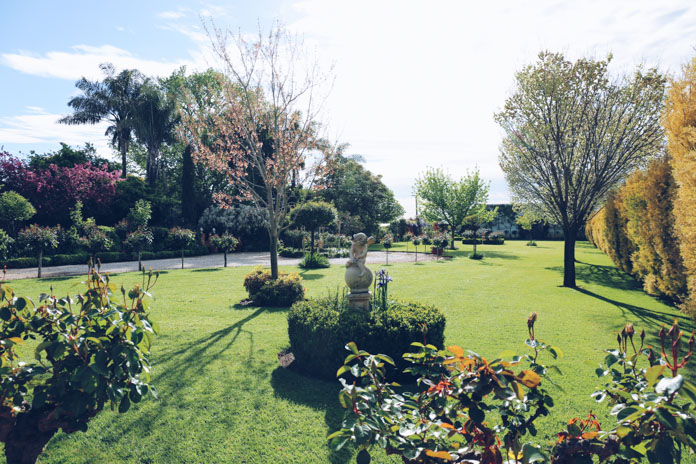
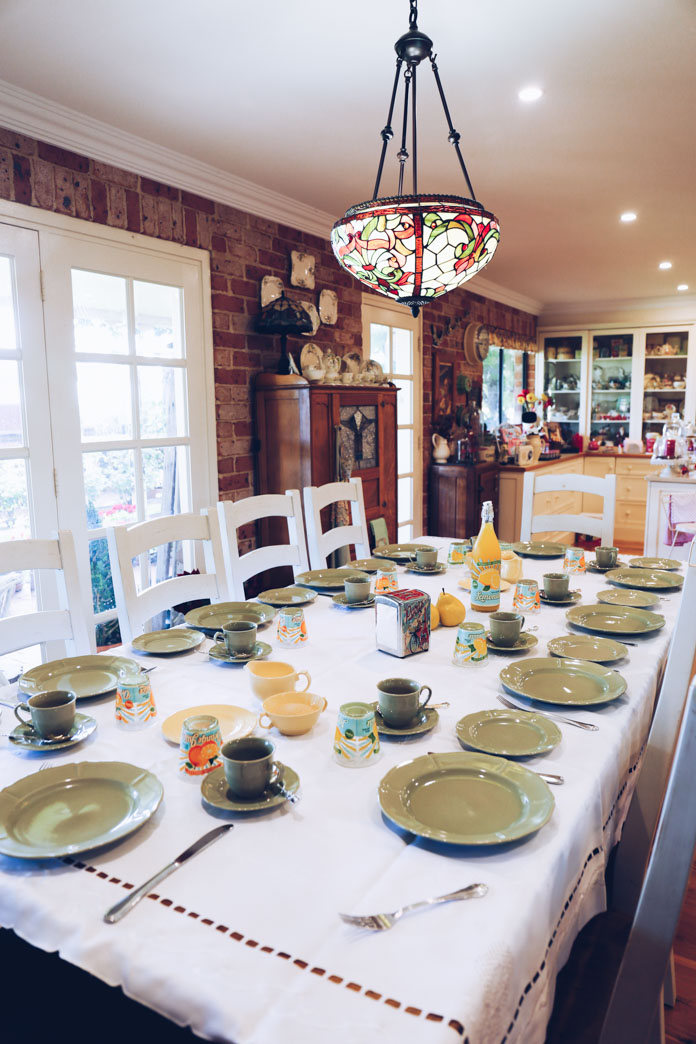
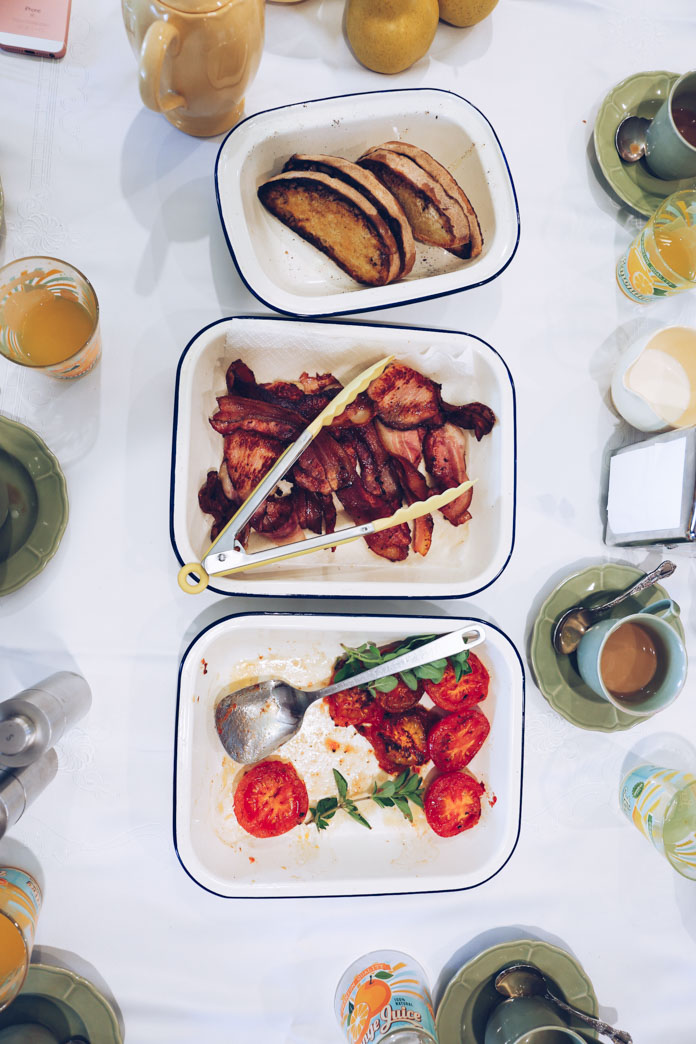
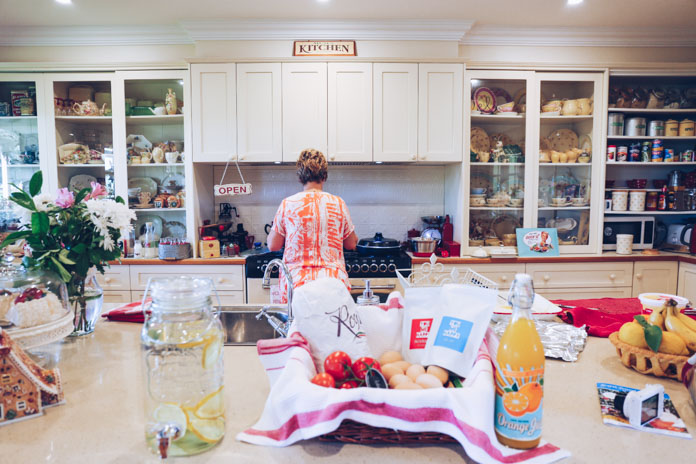
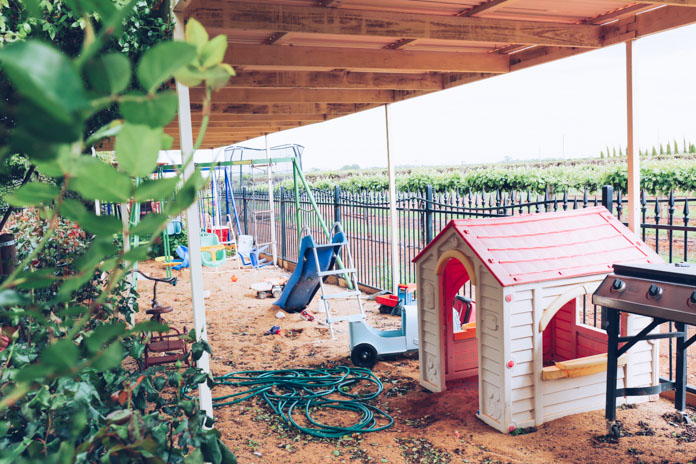
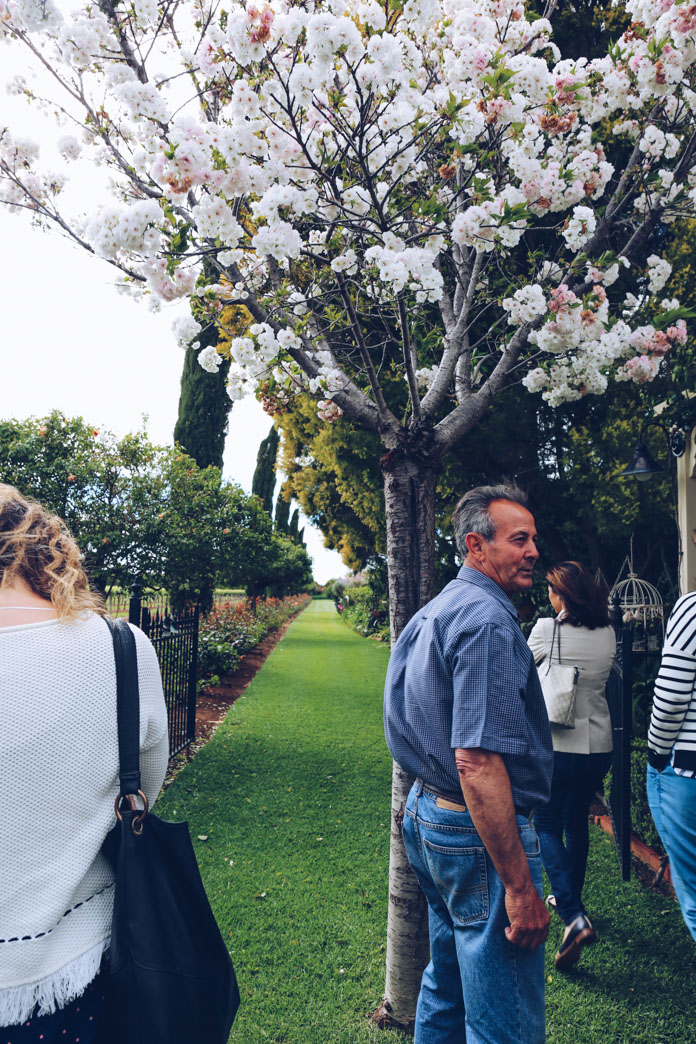

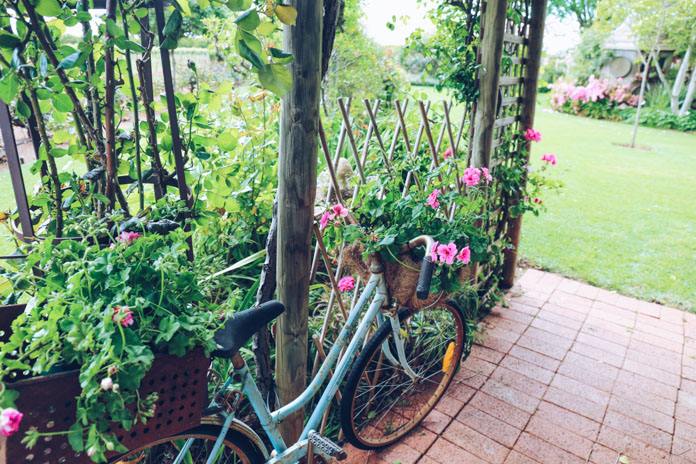
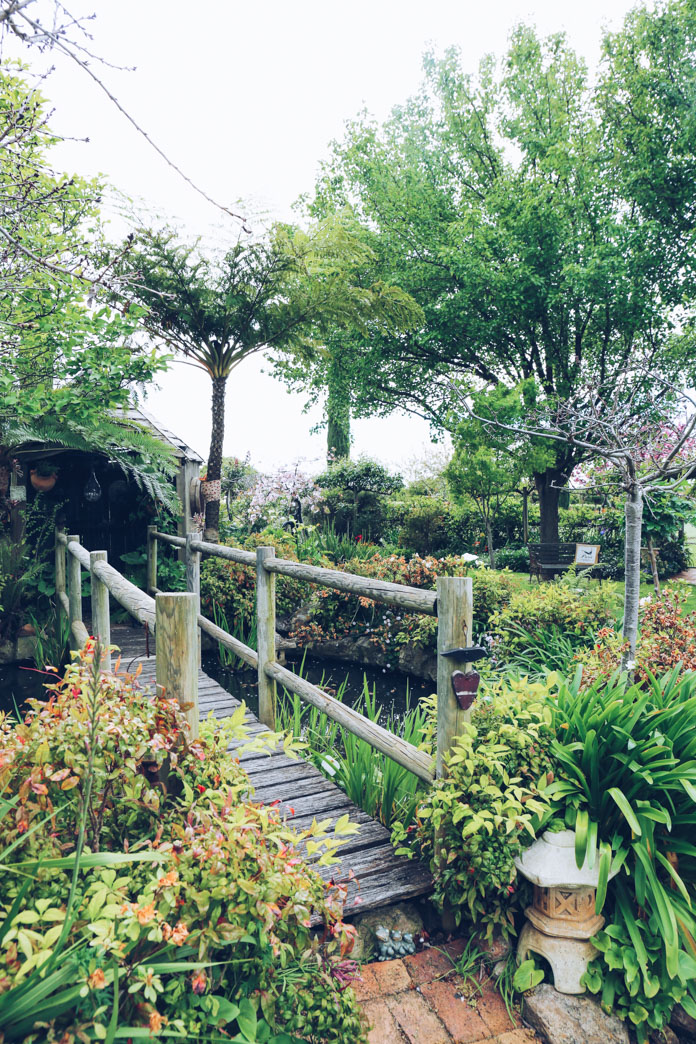
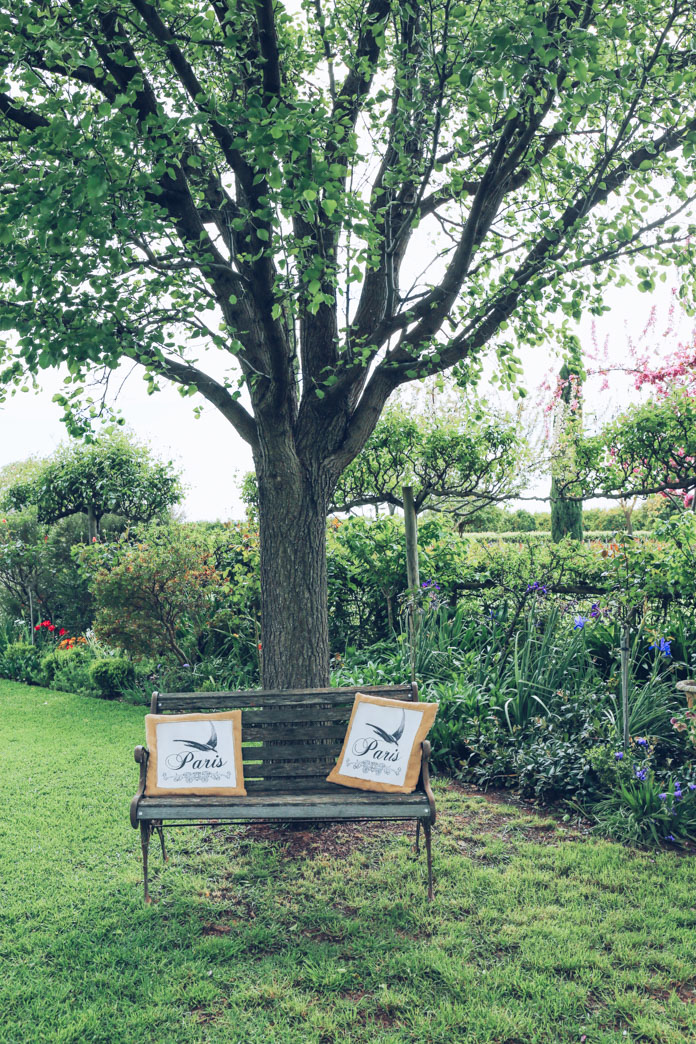
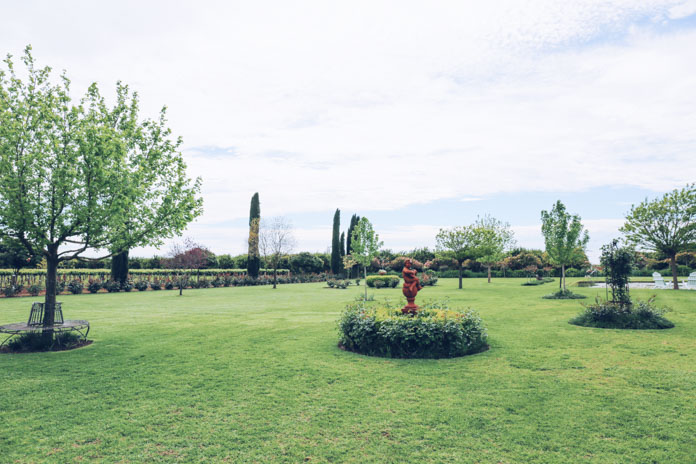
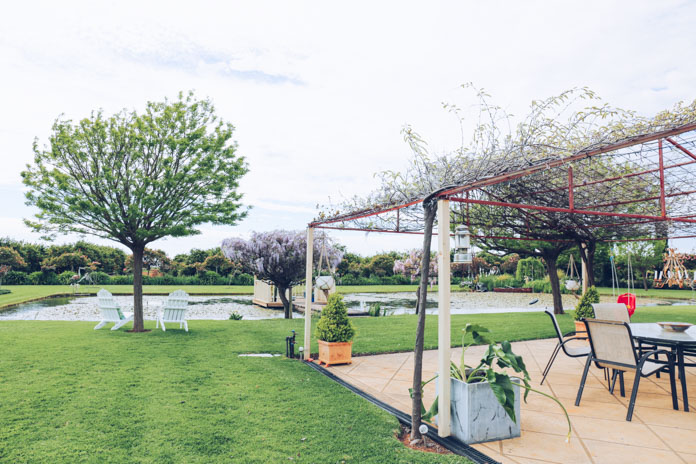

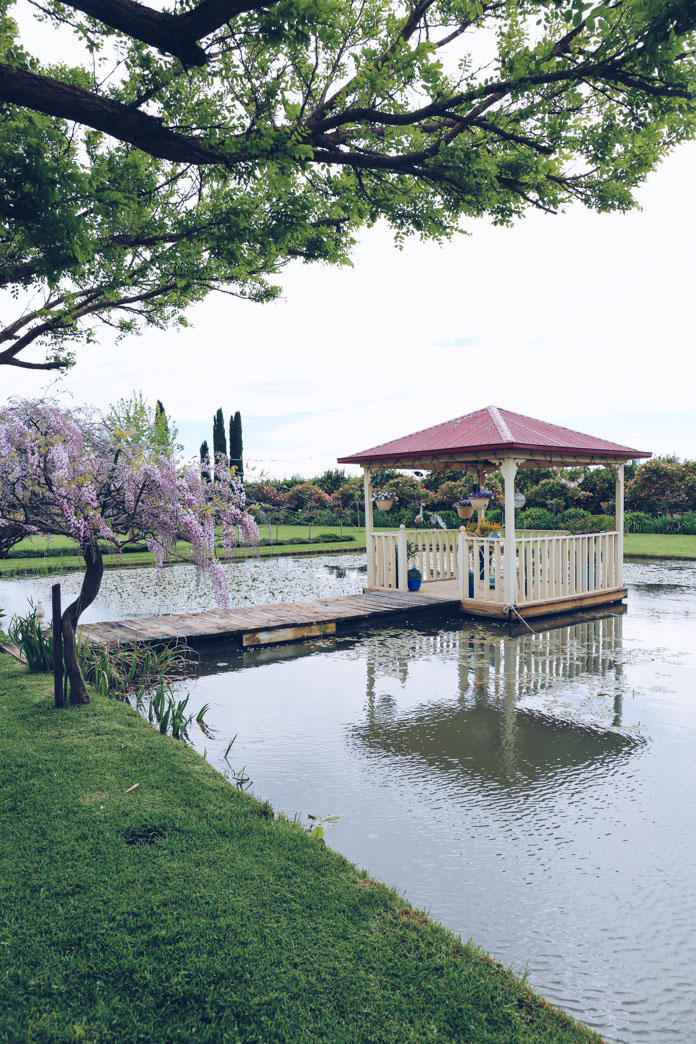
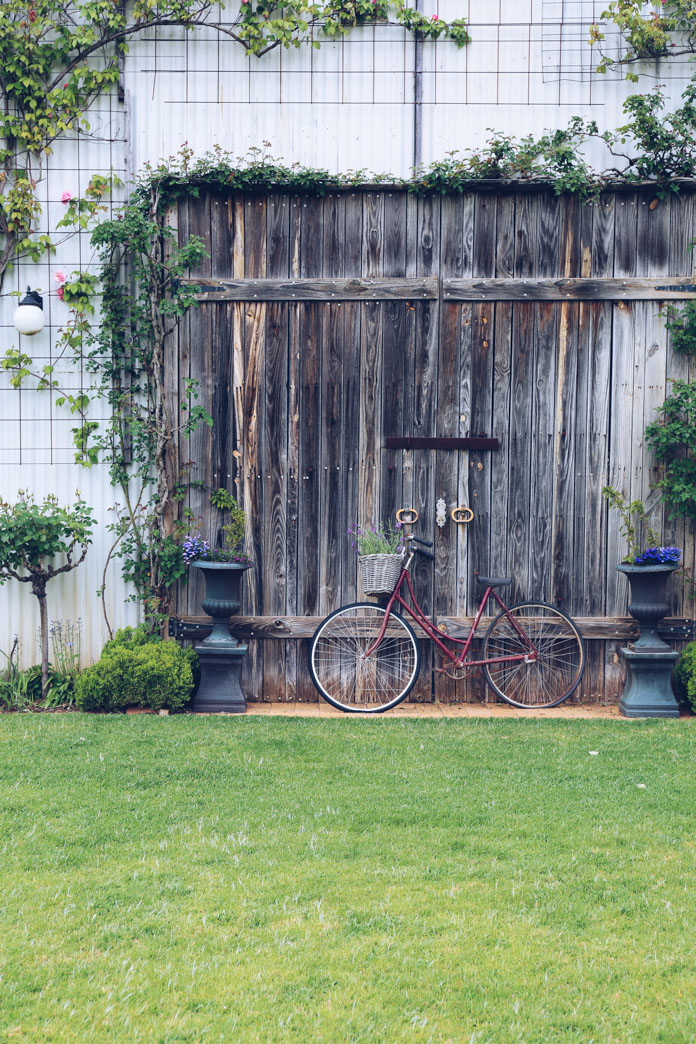
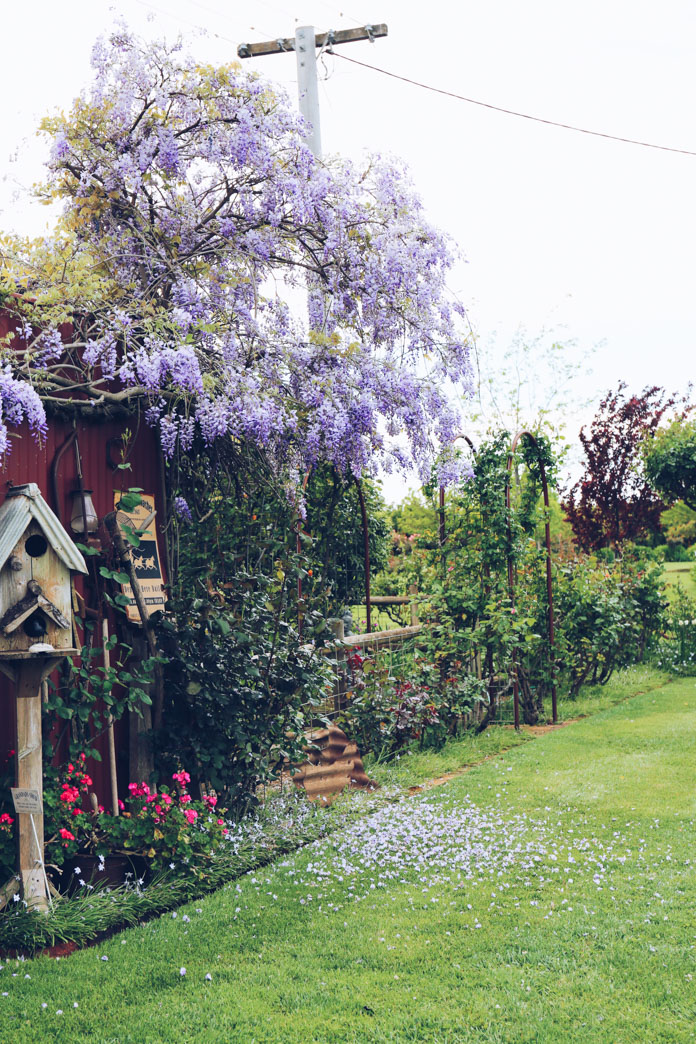
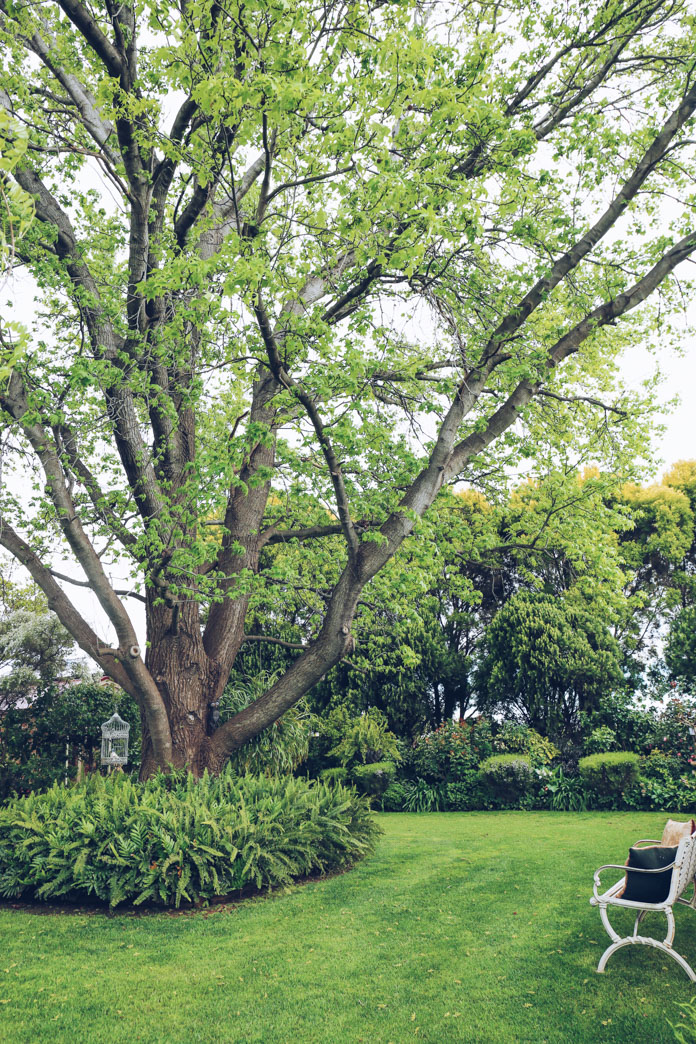
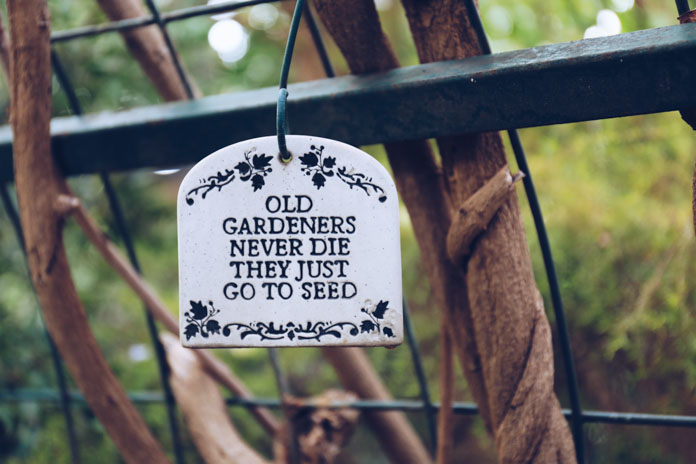
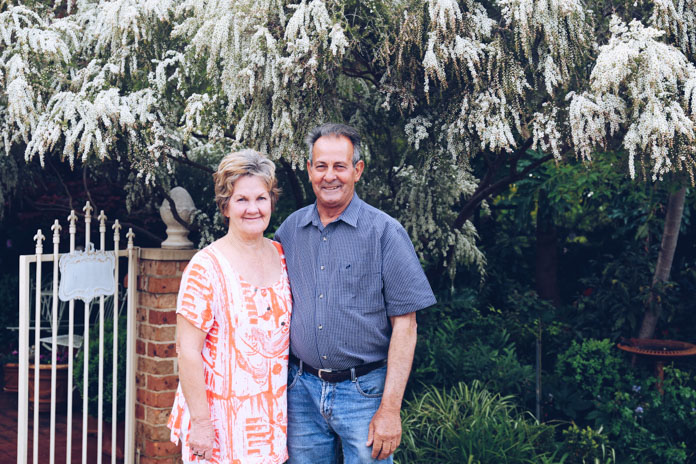
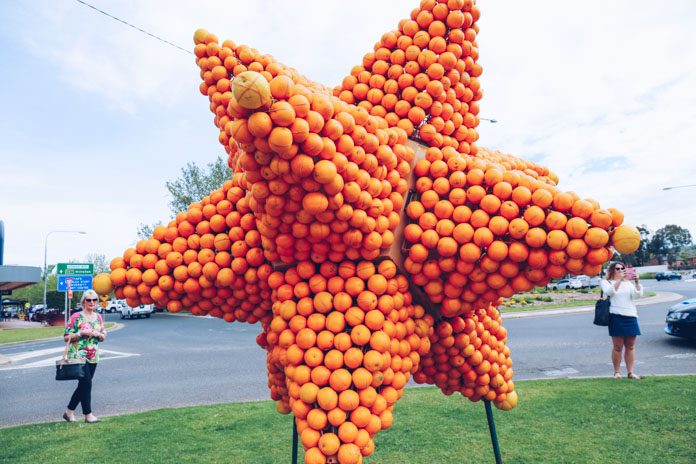
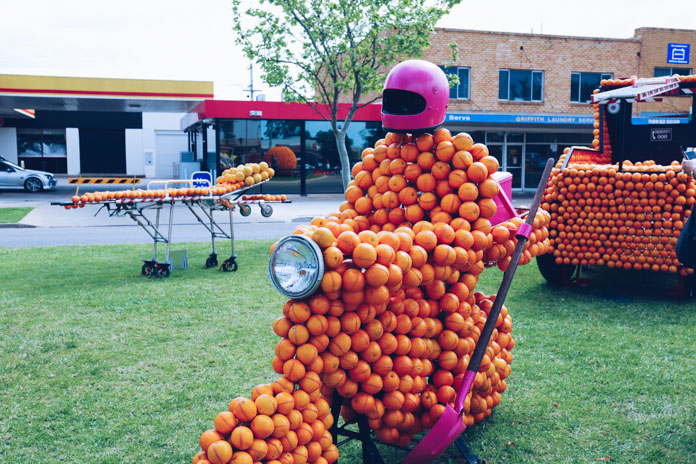
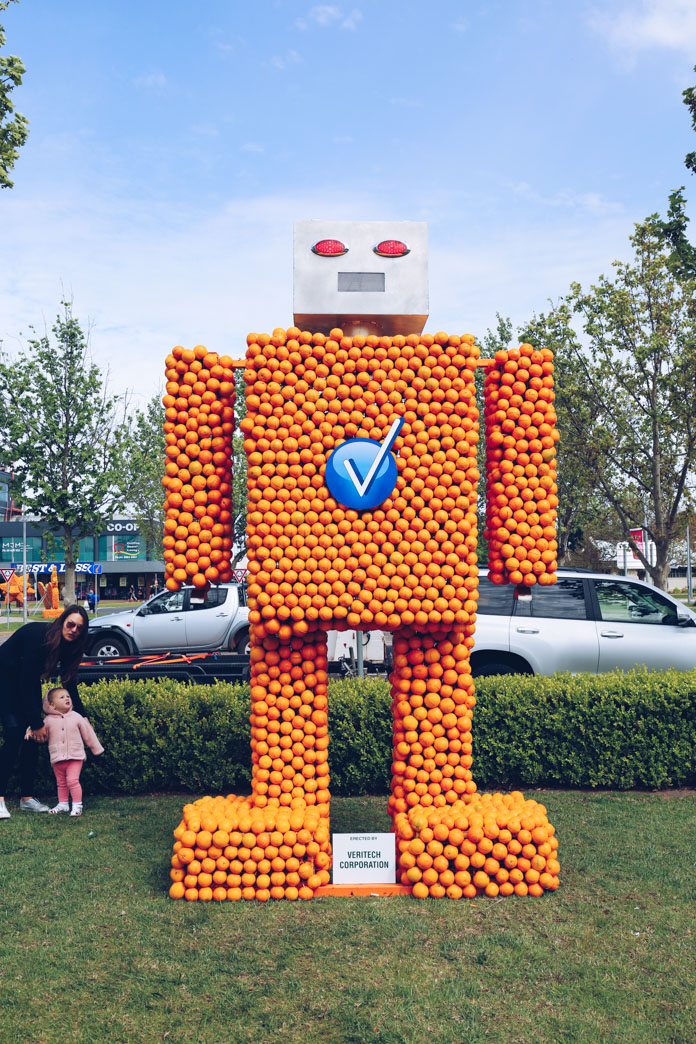
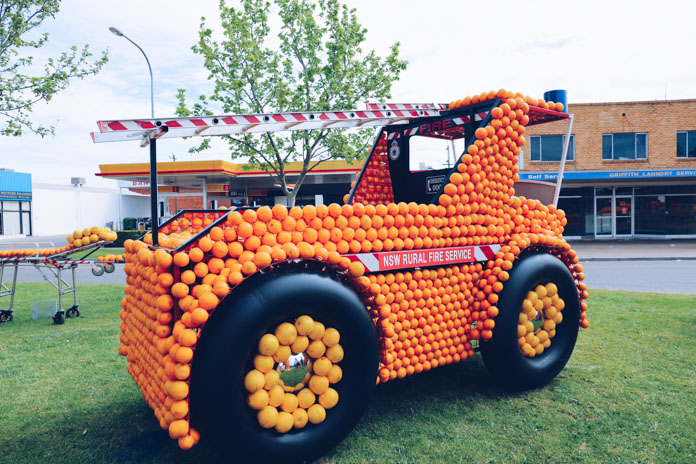
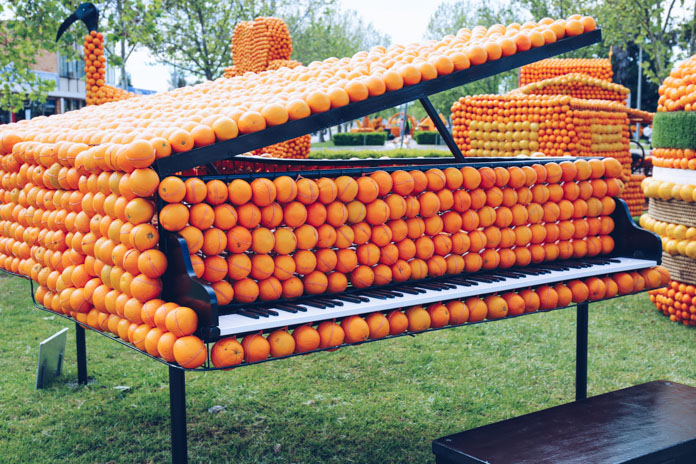
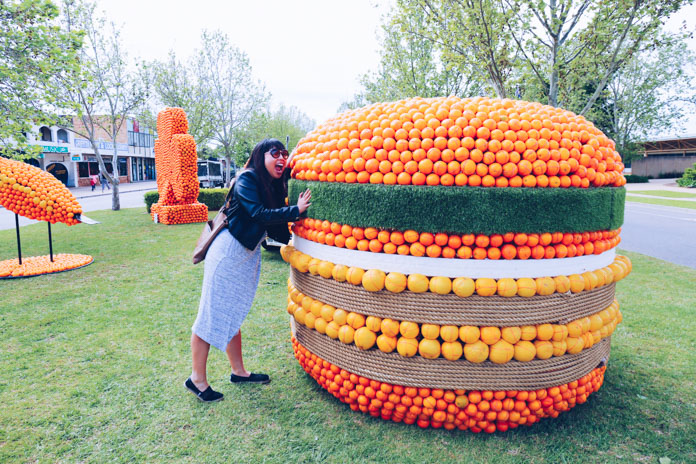
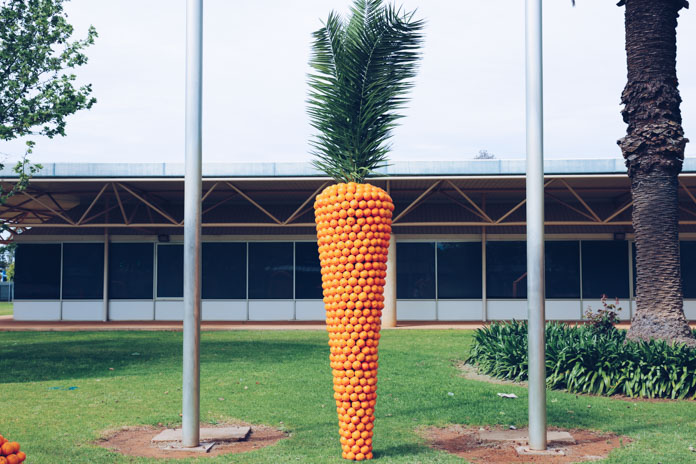
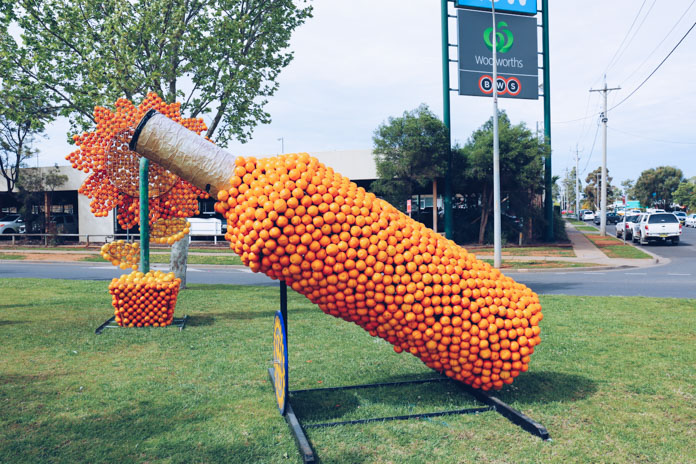

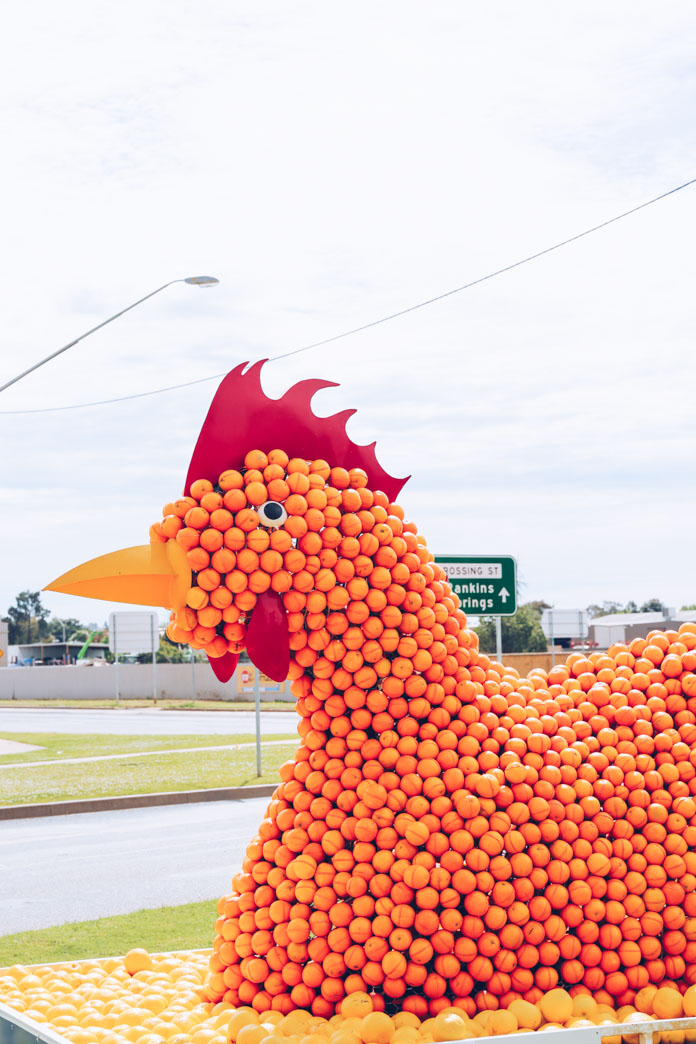
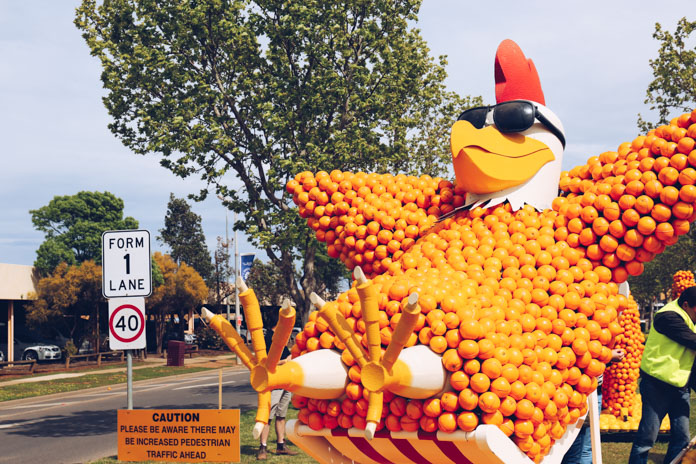
The hours after that was a bit of a blur, a delicious, wine-tasting, cheese-pairing, and more wine drinking blur. From the Cheese & Wine Matching Class ($30 per person) at McWilliams Winery (Jack McWilliam Road, Hanwood) to the De Bortoli Wines Italian Spring Party (De Bortoli Road, Bilbul) via Berton Winery (55 Mirrool Avenue, Yenda), Griffith proved that there was no shortage of vineyards to visit, even when you just have an hour or two until your flight! (Don’t forget to stock up on some of Griffith’s world-famous Botrytis wines while you’re there.)

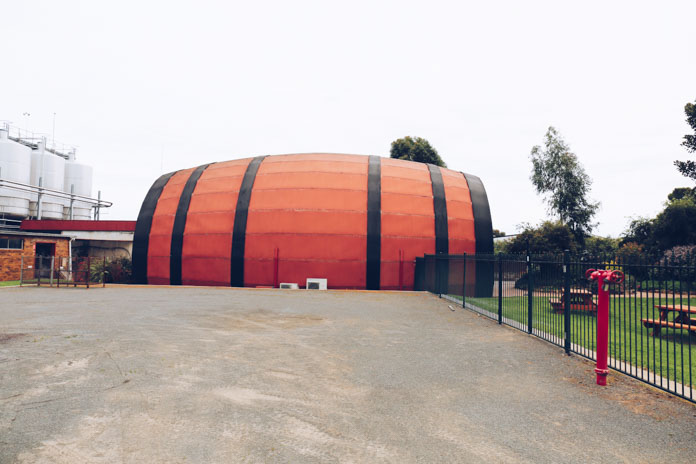
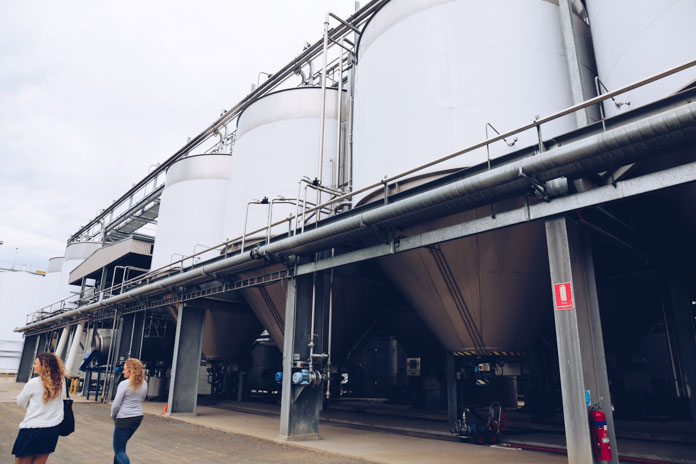
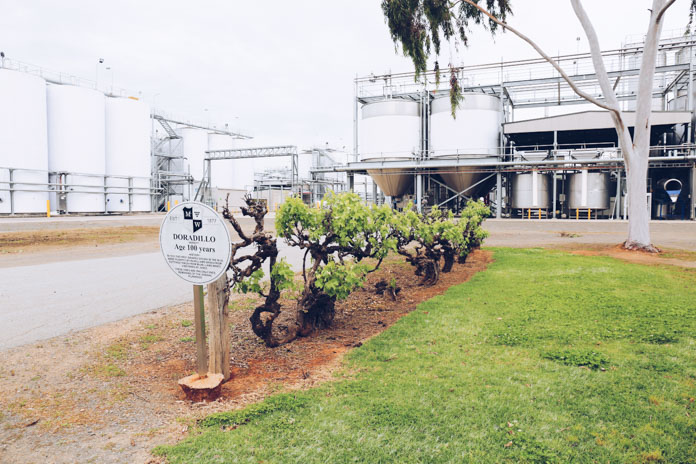

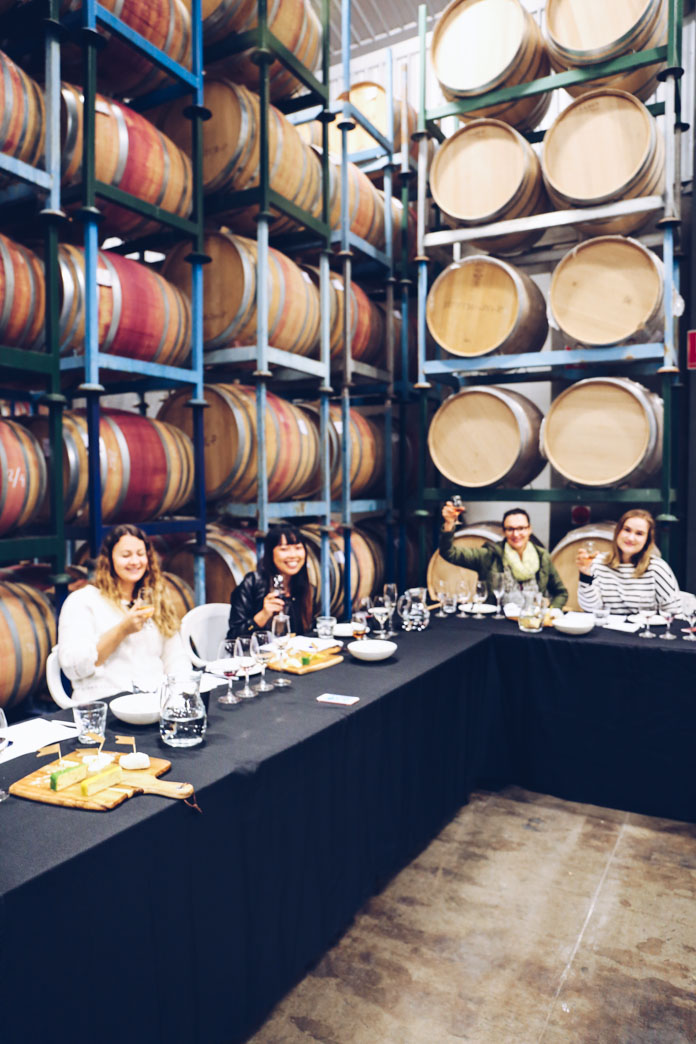
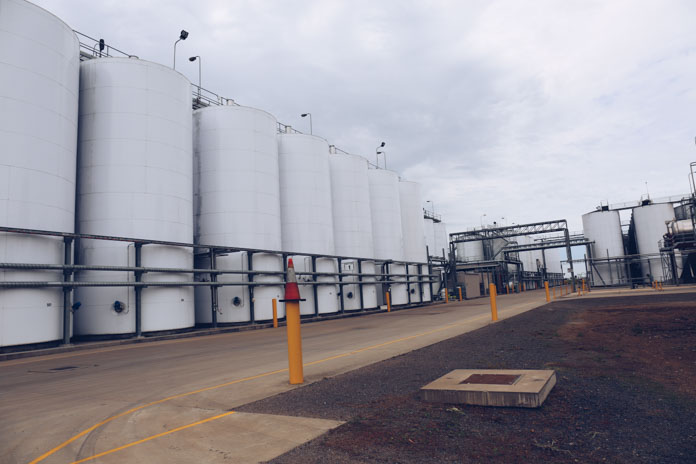
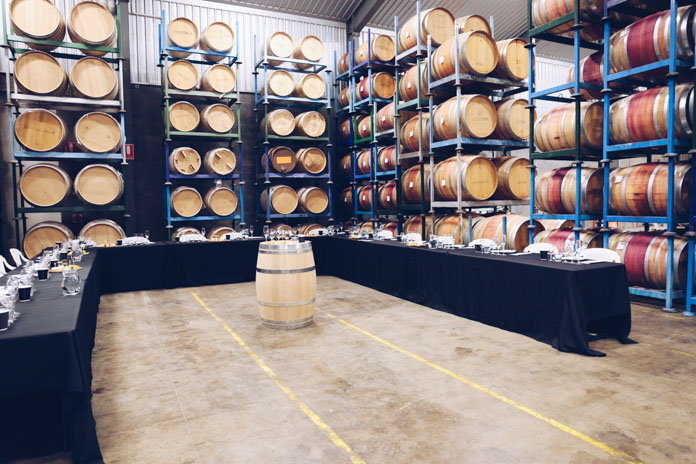
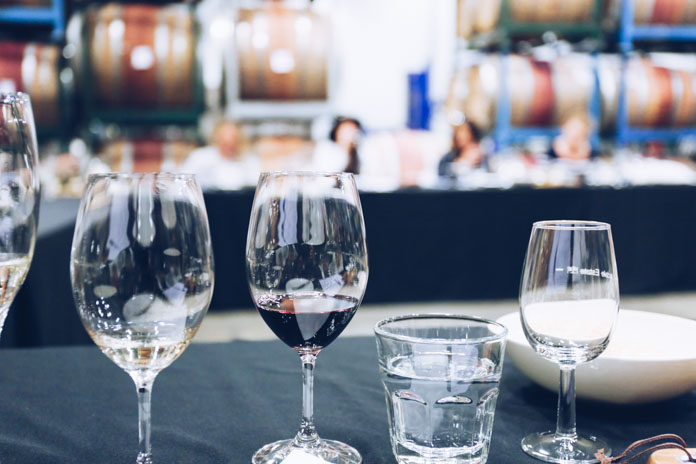
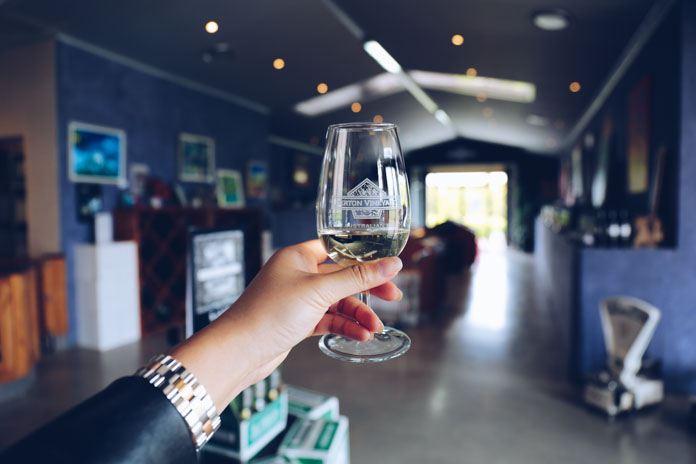
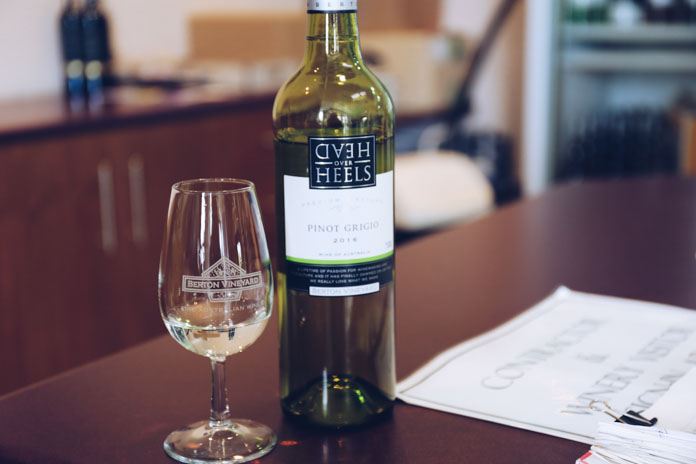
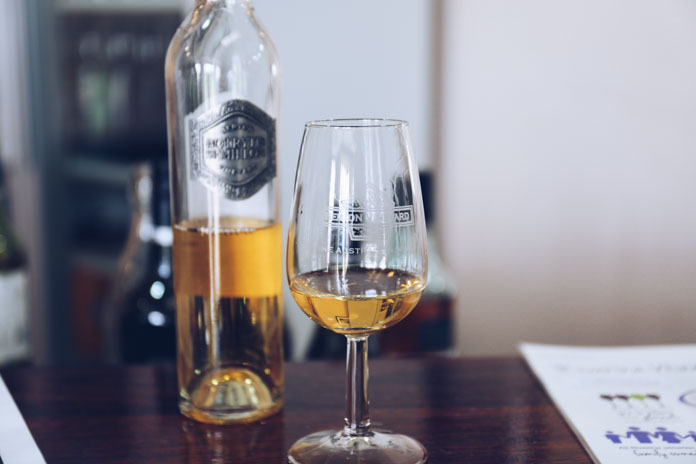
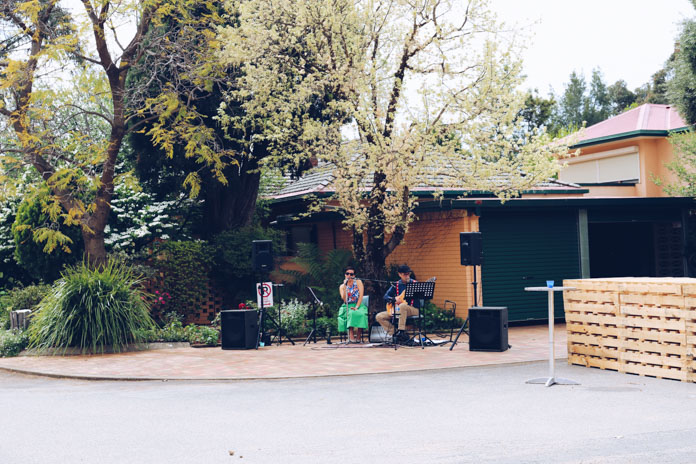
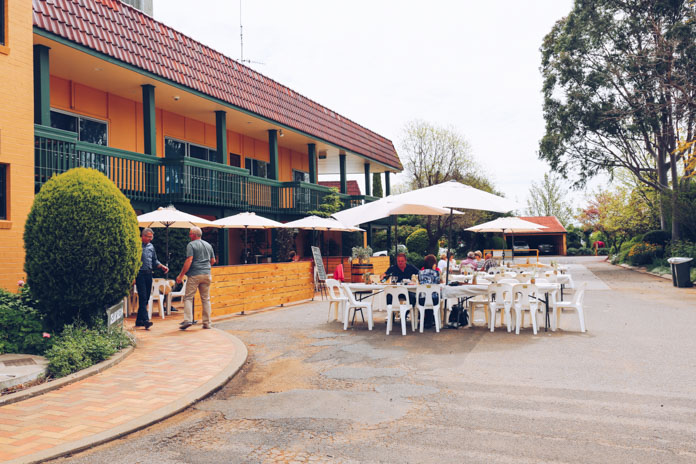
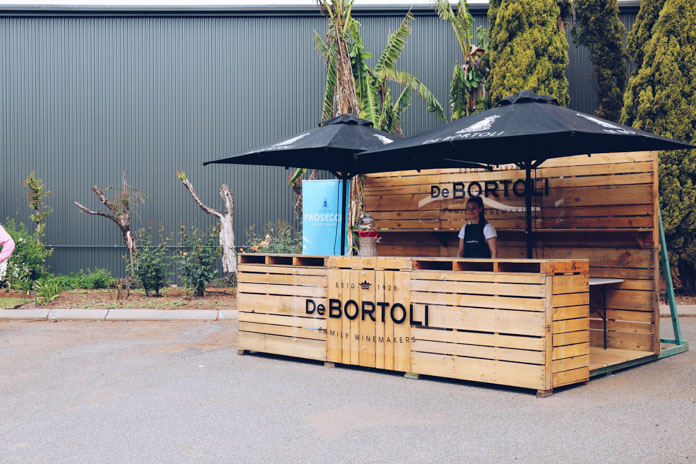
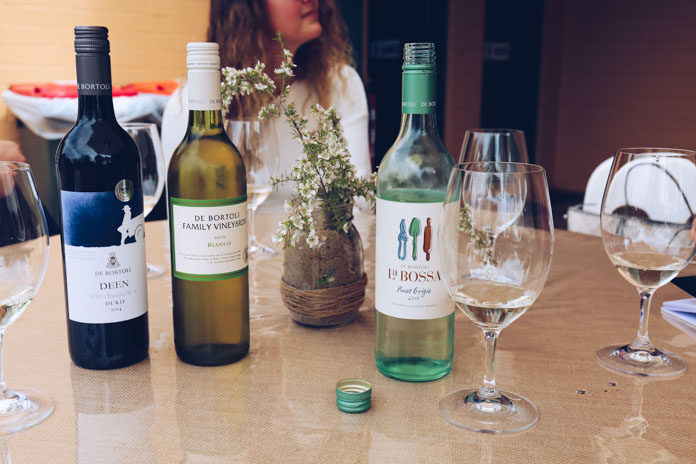
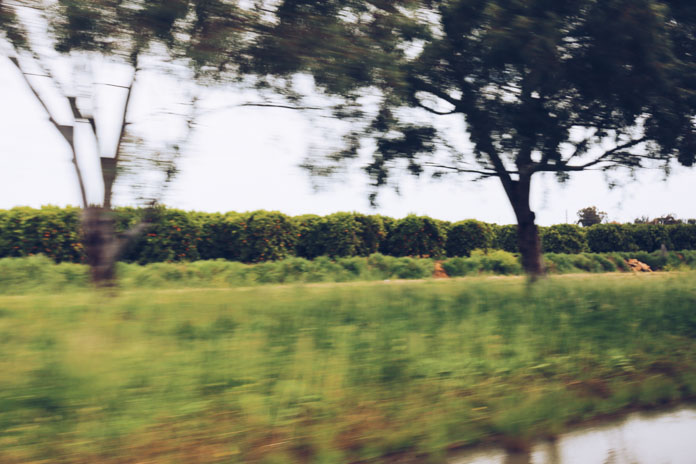
And that, my friends, is how you do Taste Riverina in 3 days!
For more information, visit tasteriverina.com.au and visitnsw.com.au.
I Ate My Way Through travelled as a guest of Destination NSW and Riverina Regional Tourism Inc.
This post originally appeared on I Ate My Way Through and has been republished with full permission.

